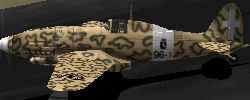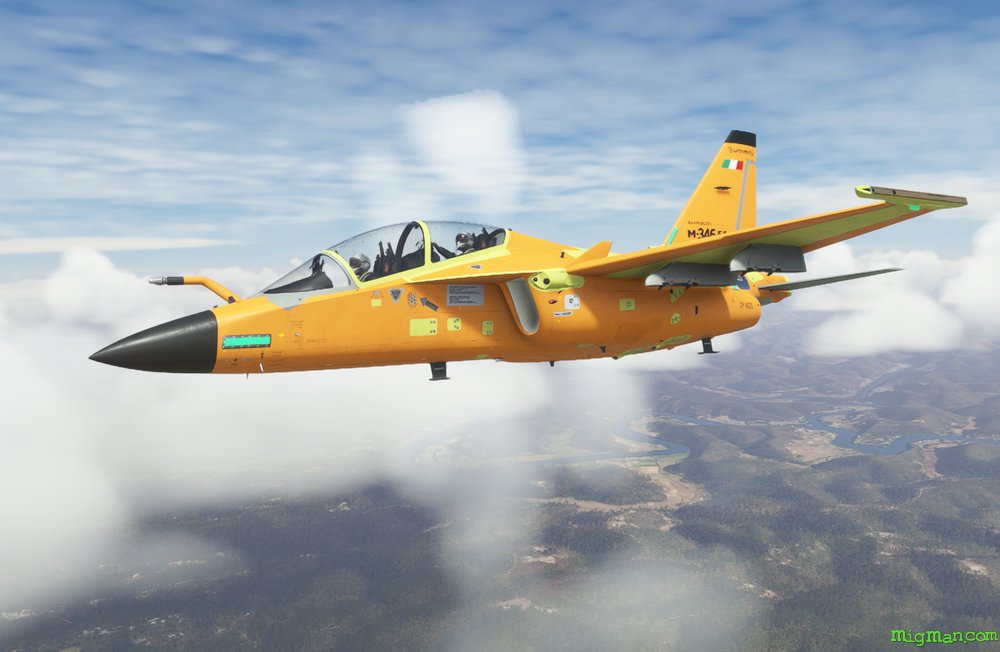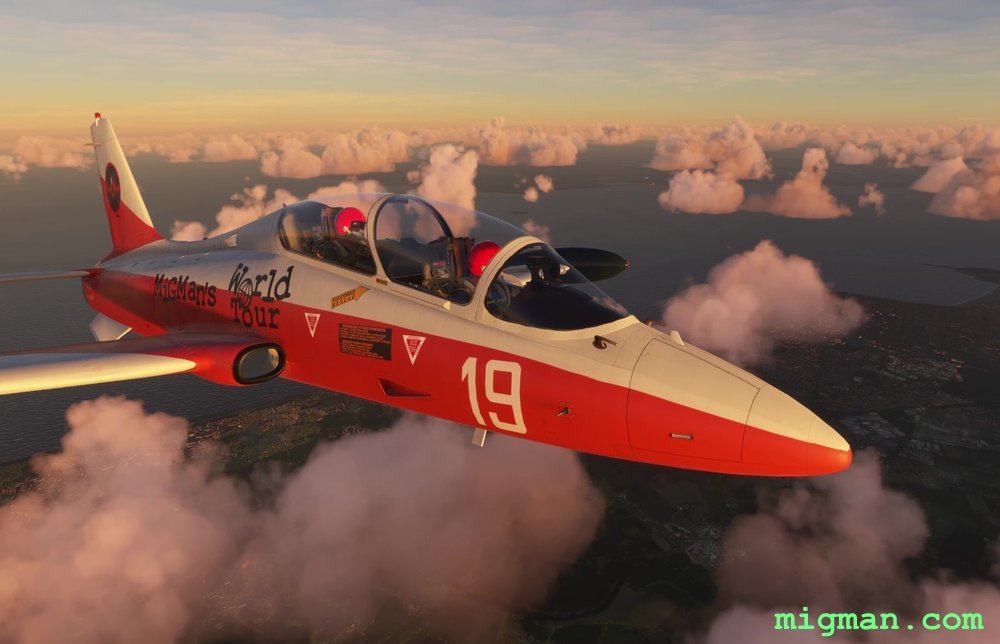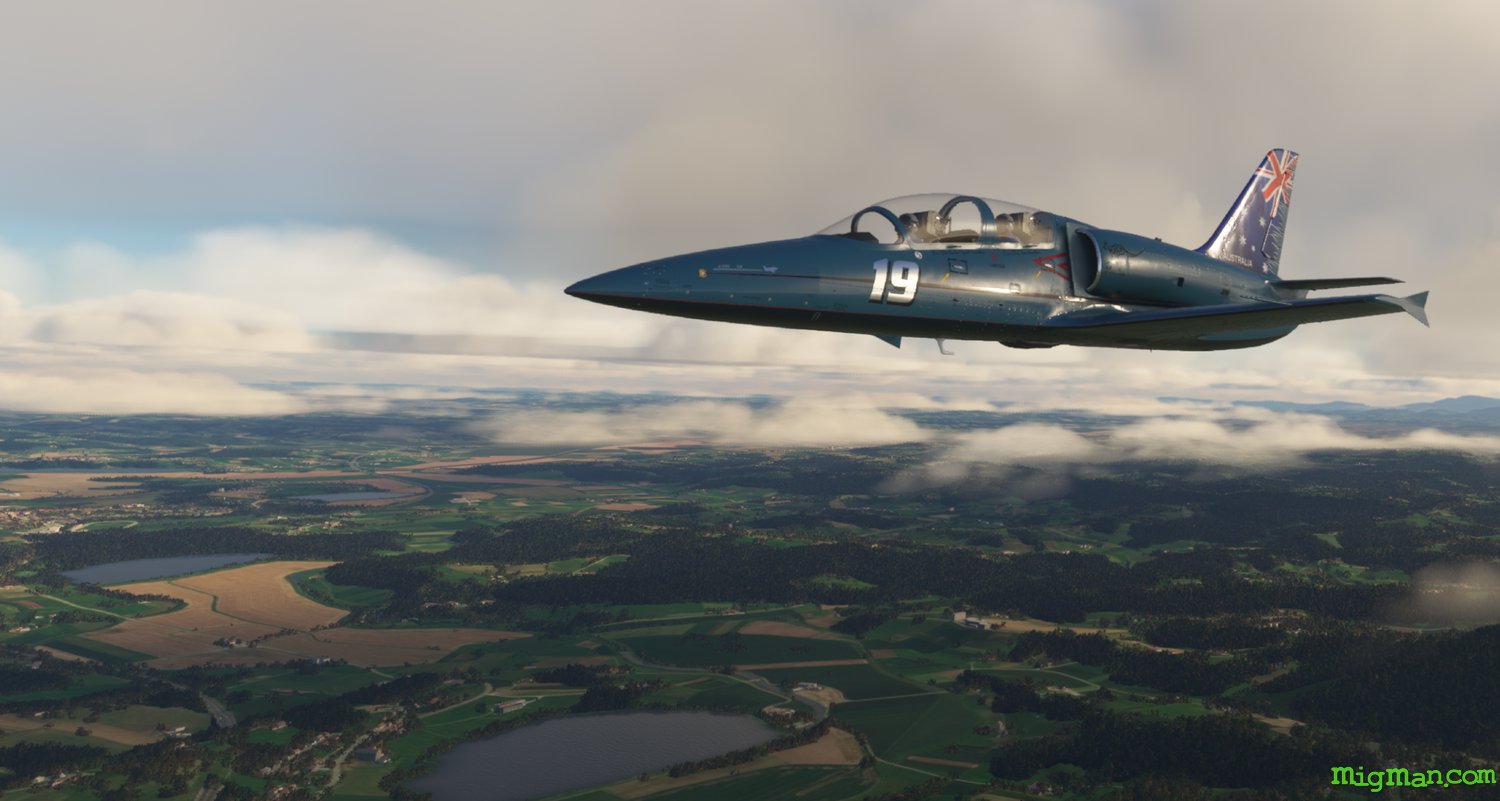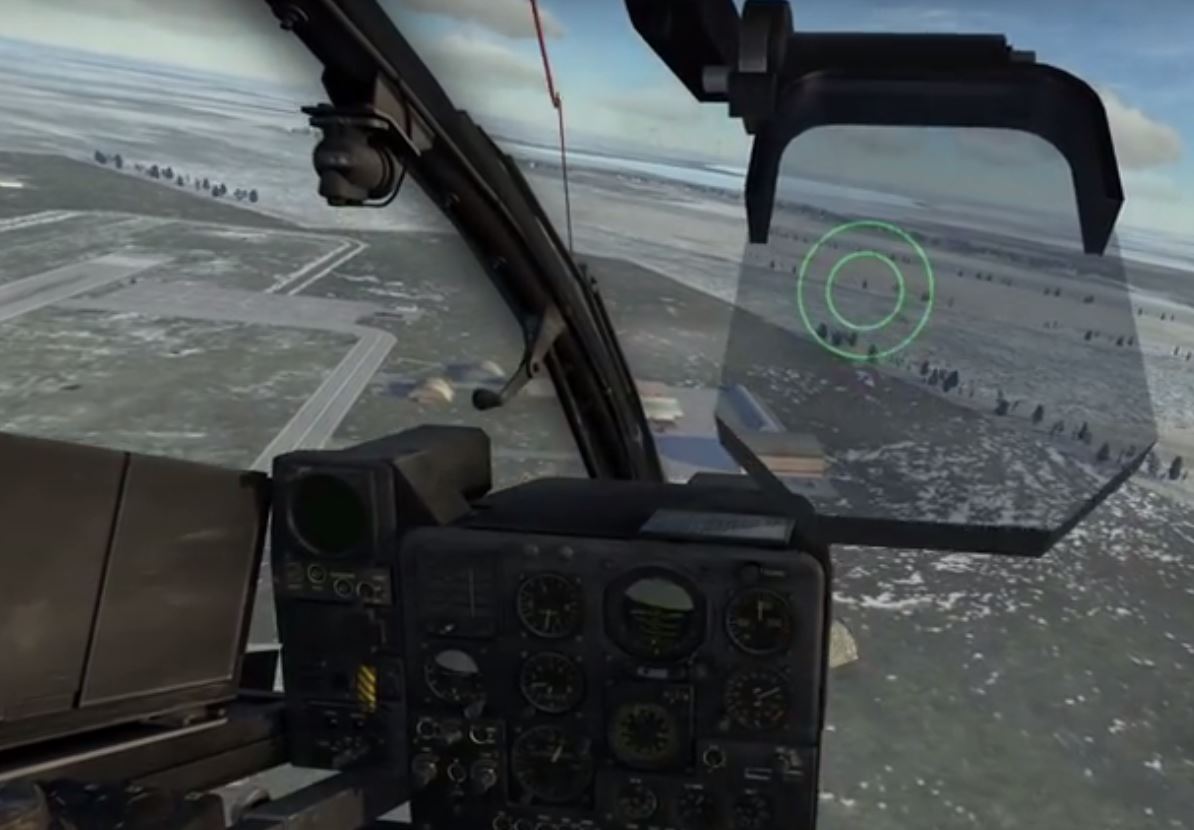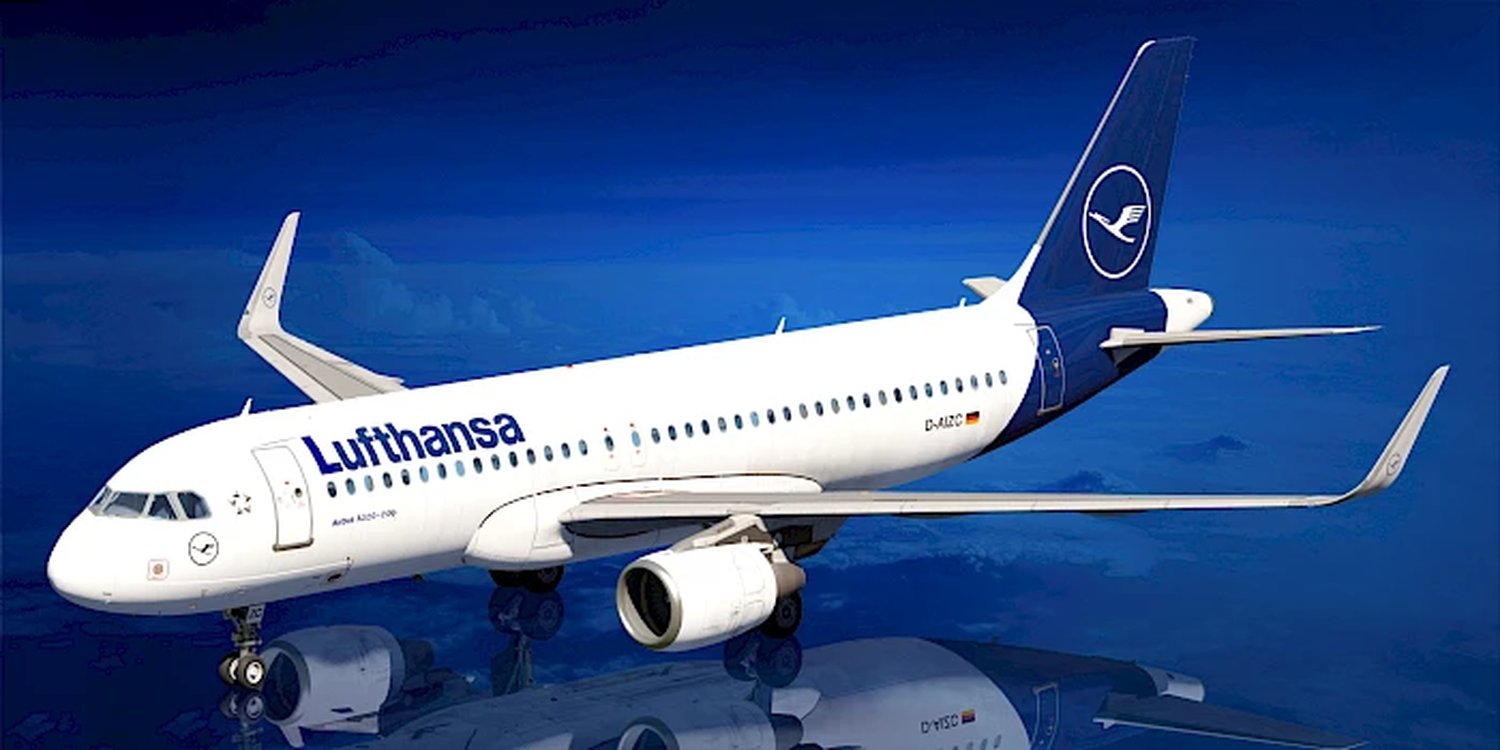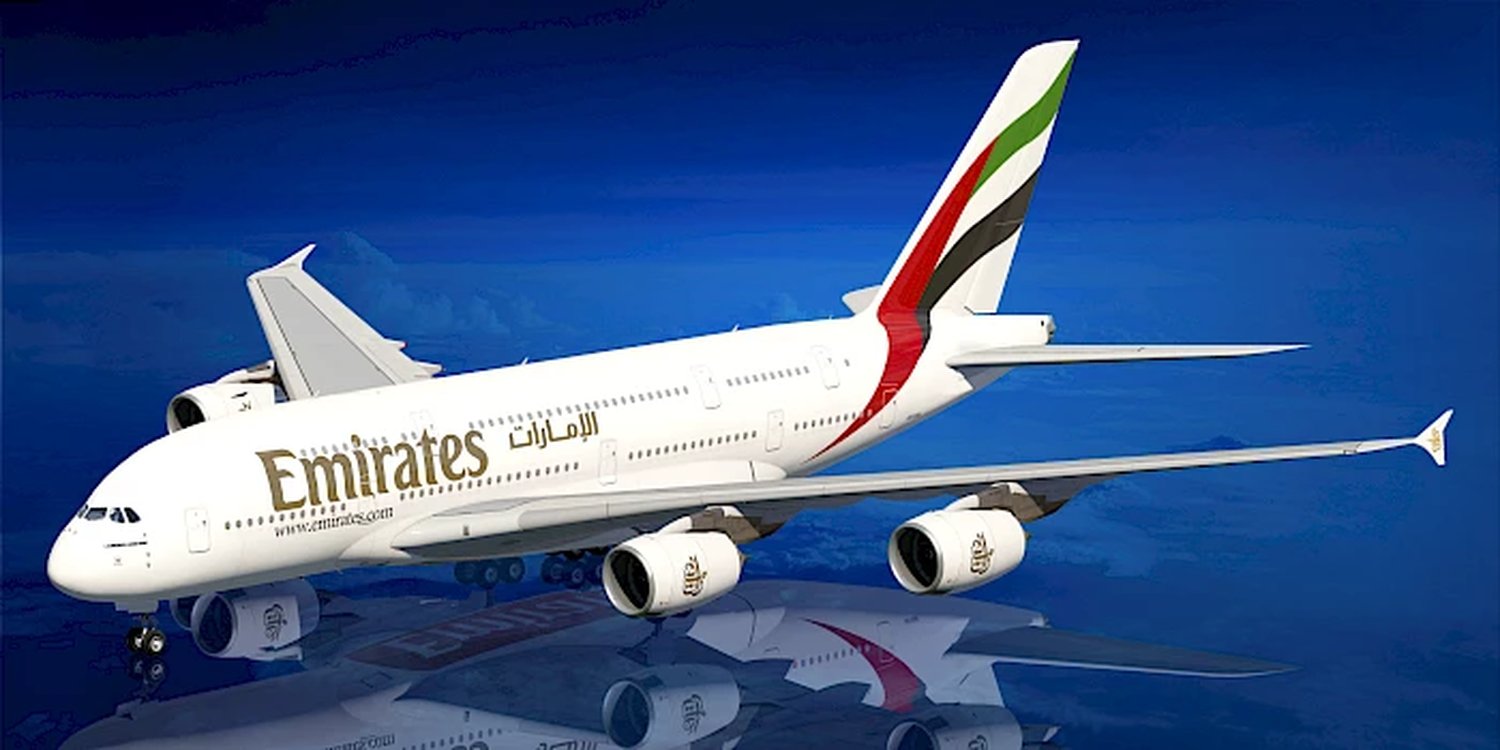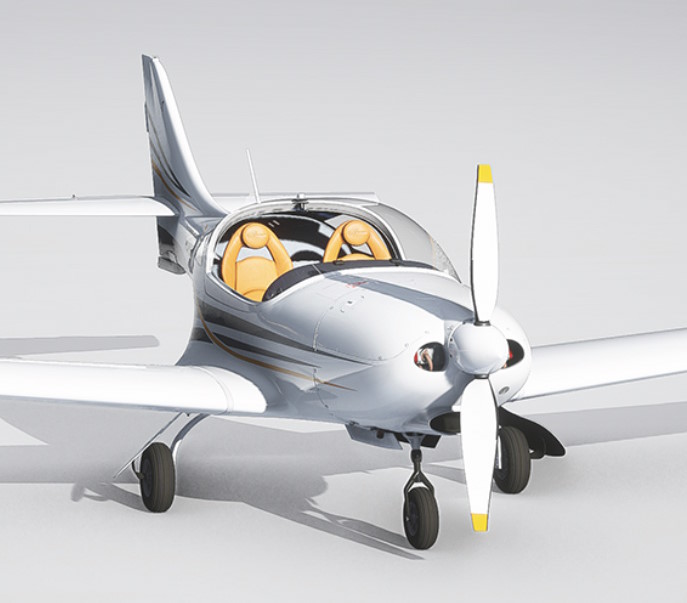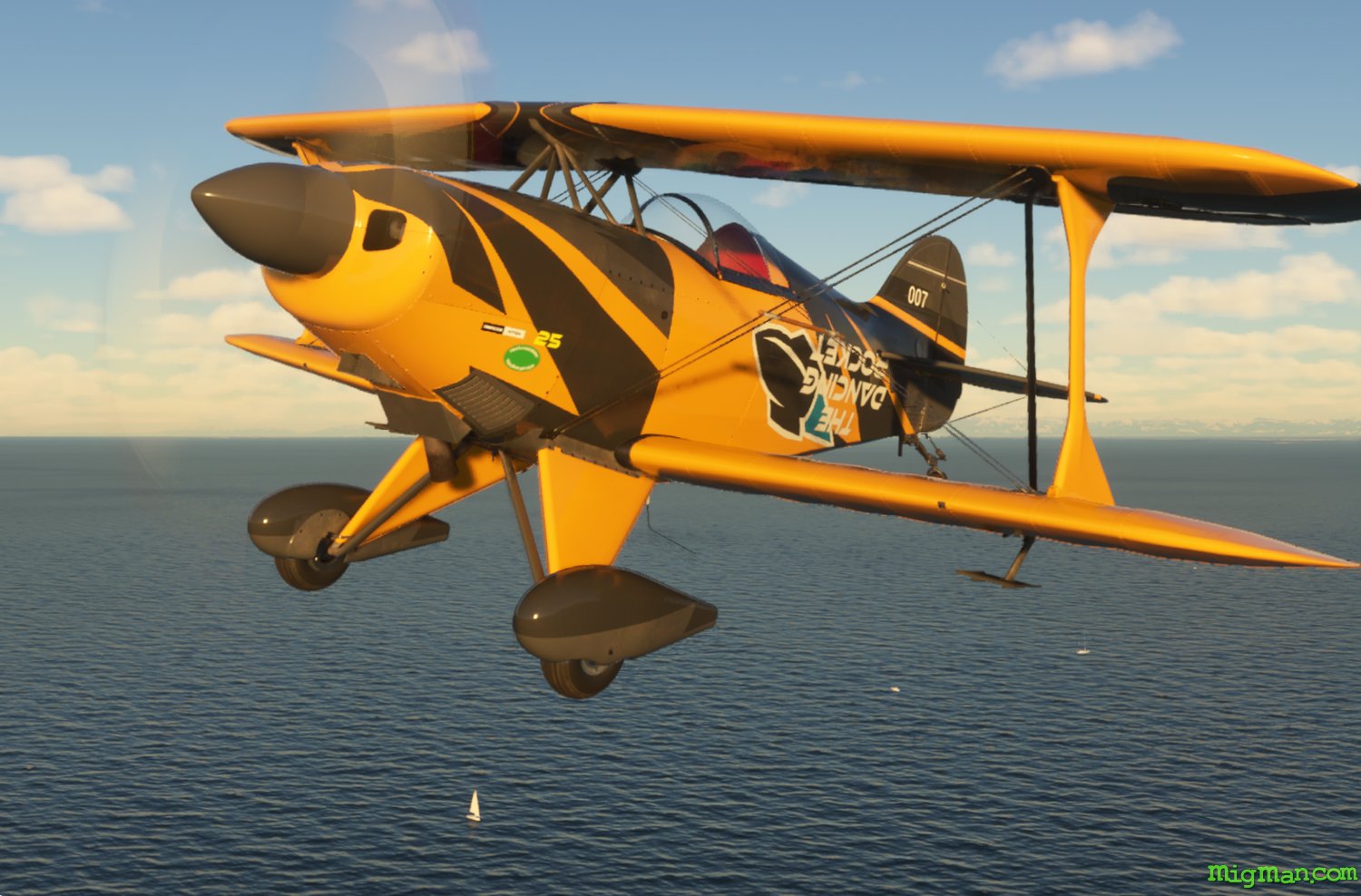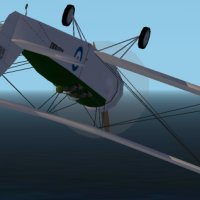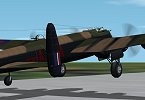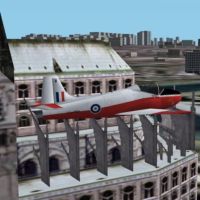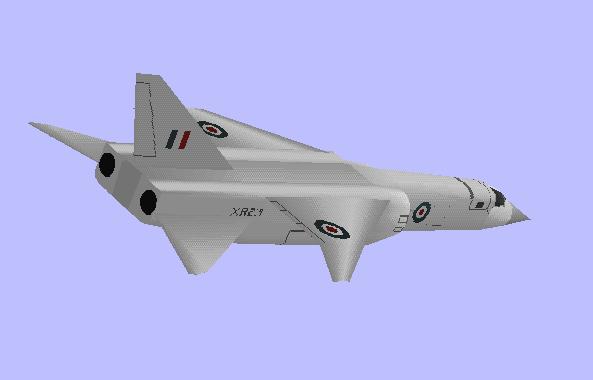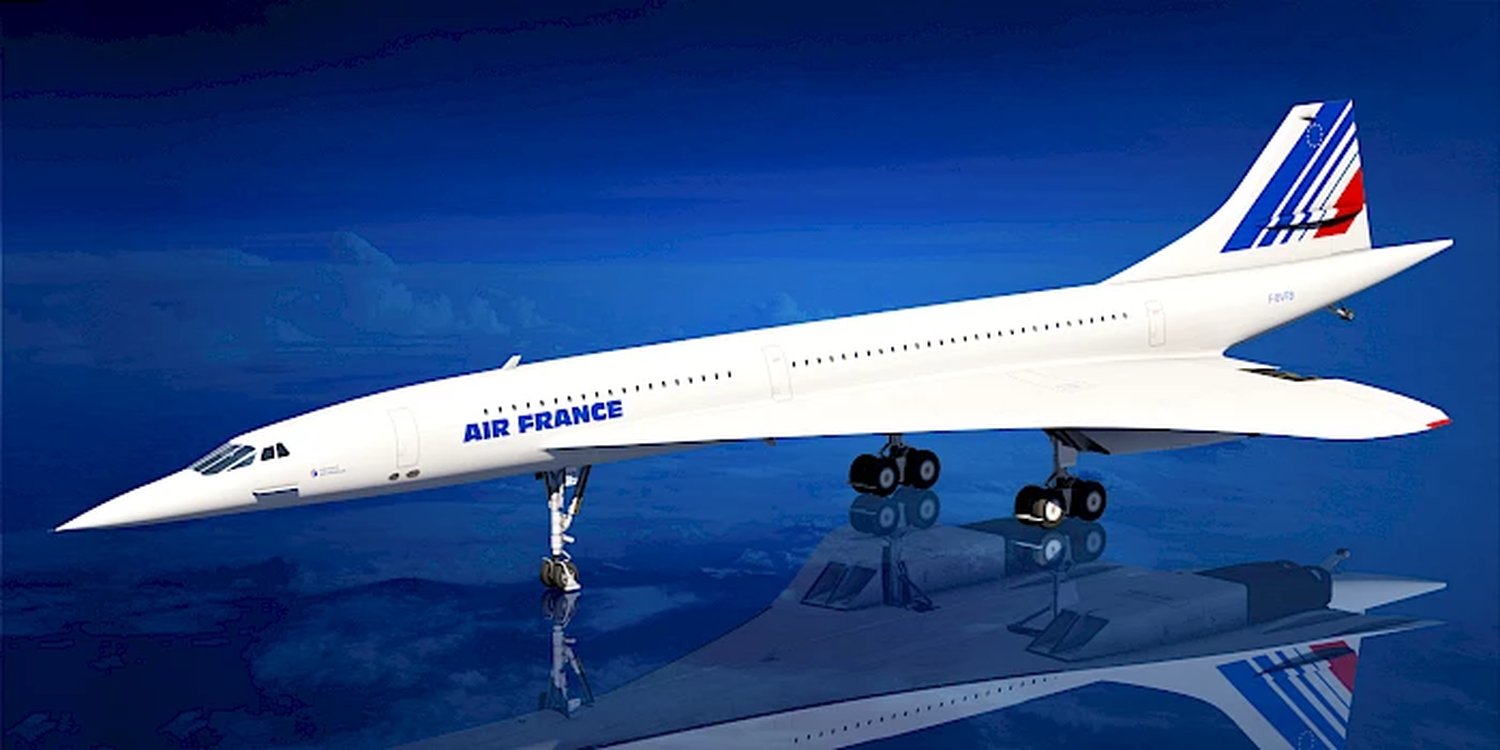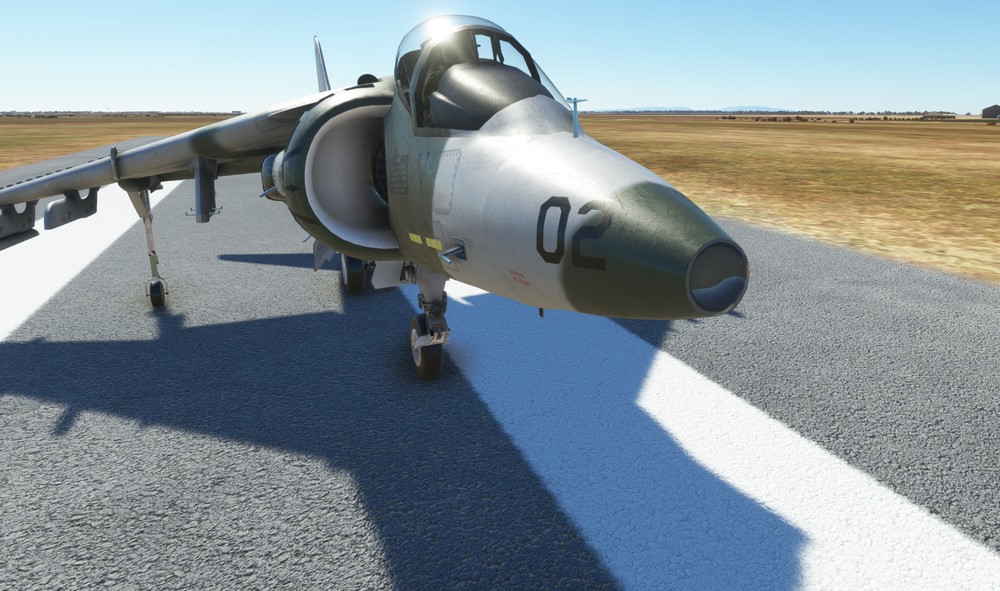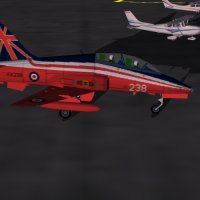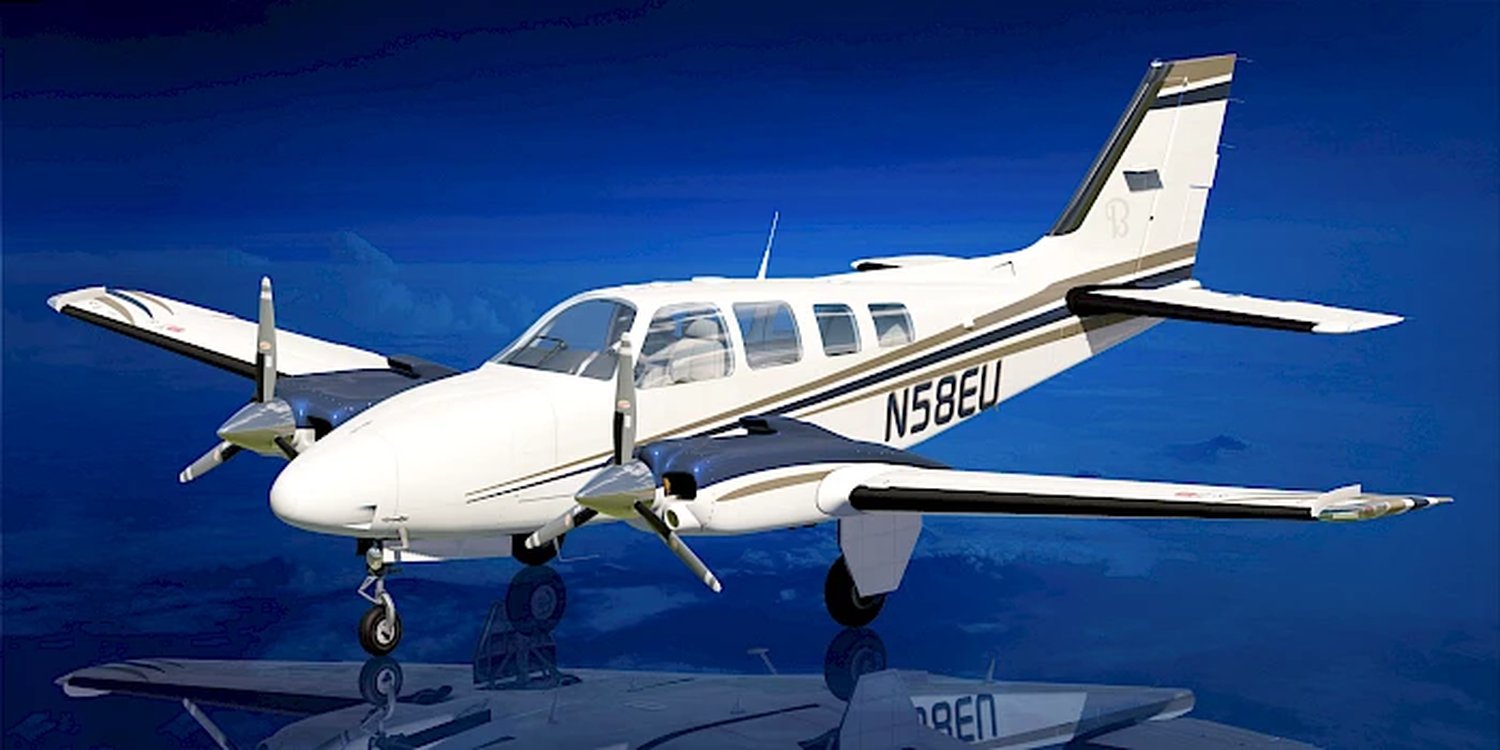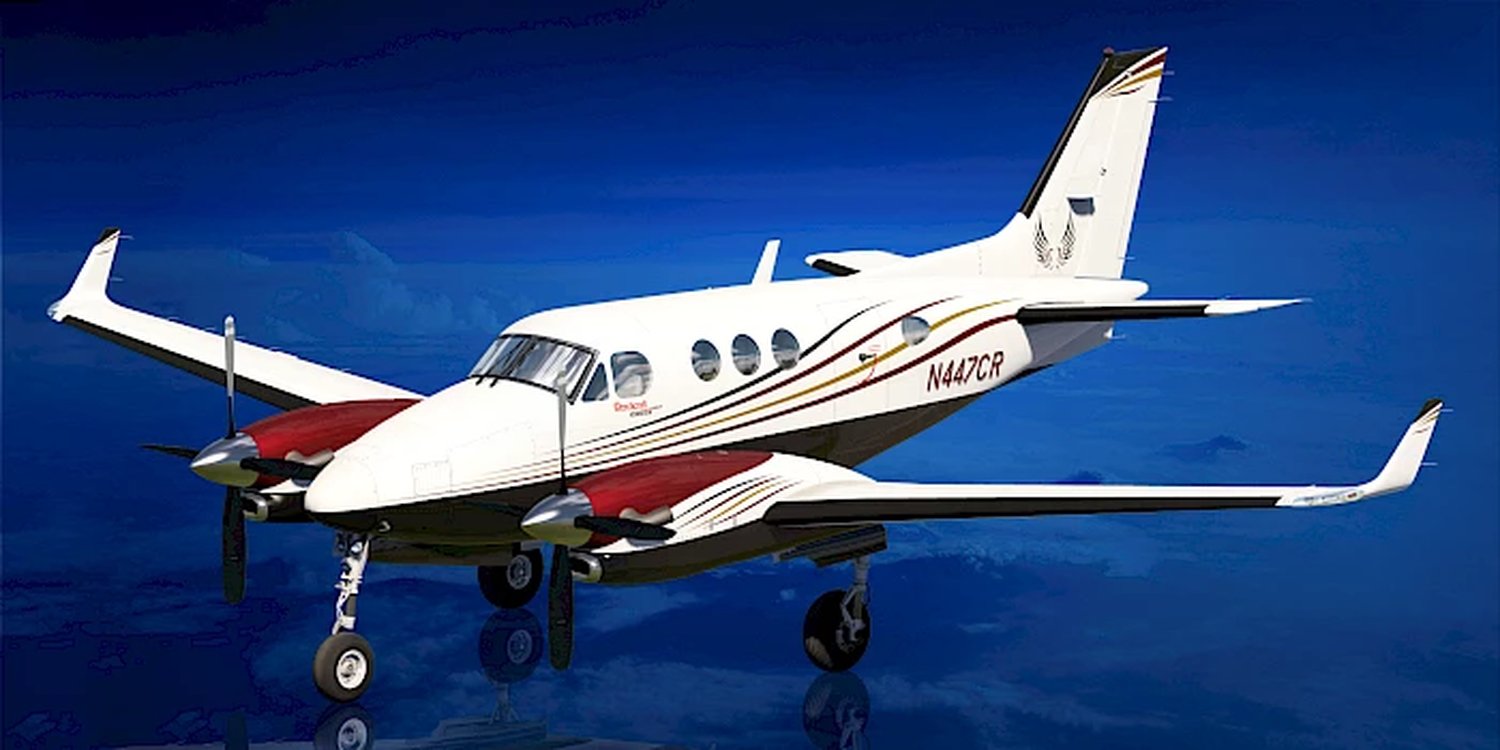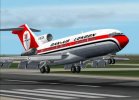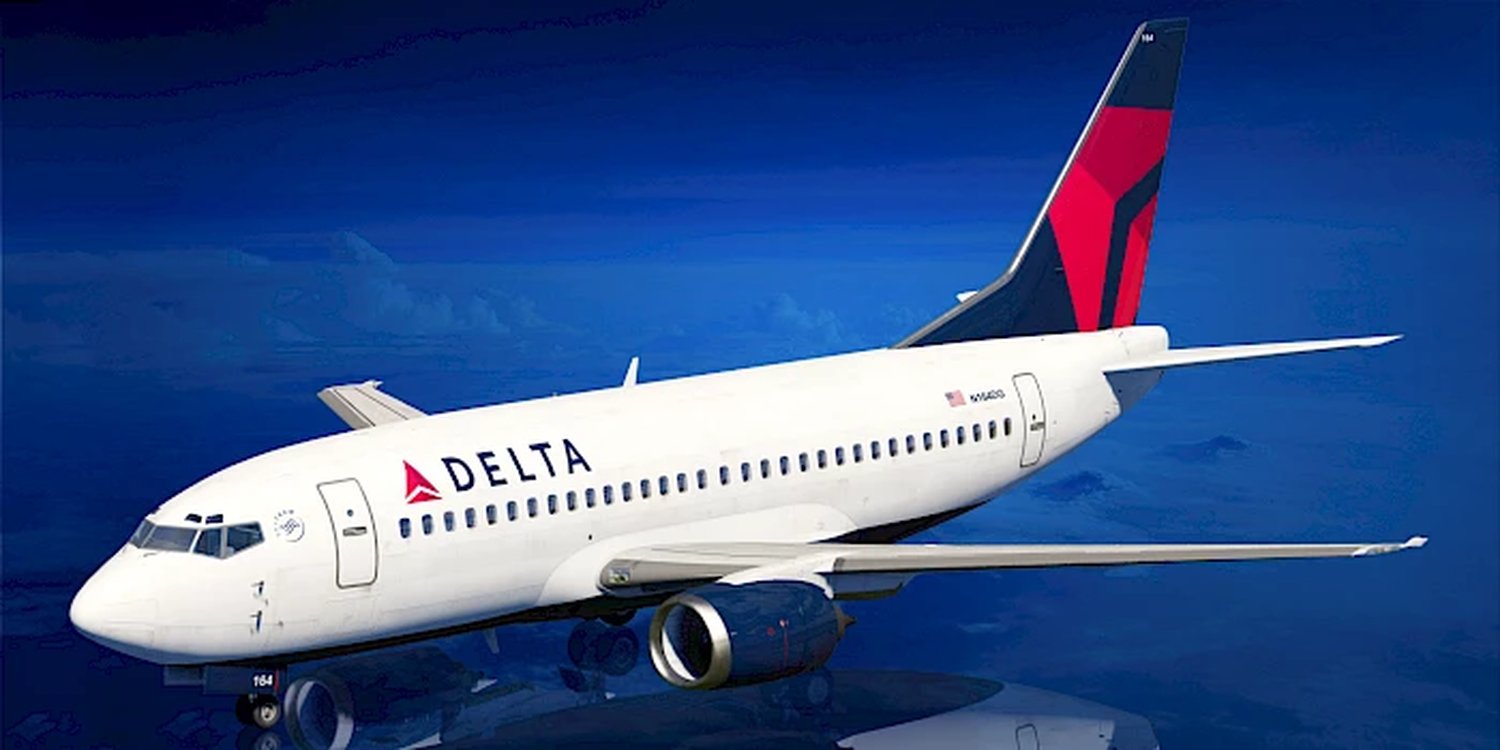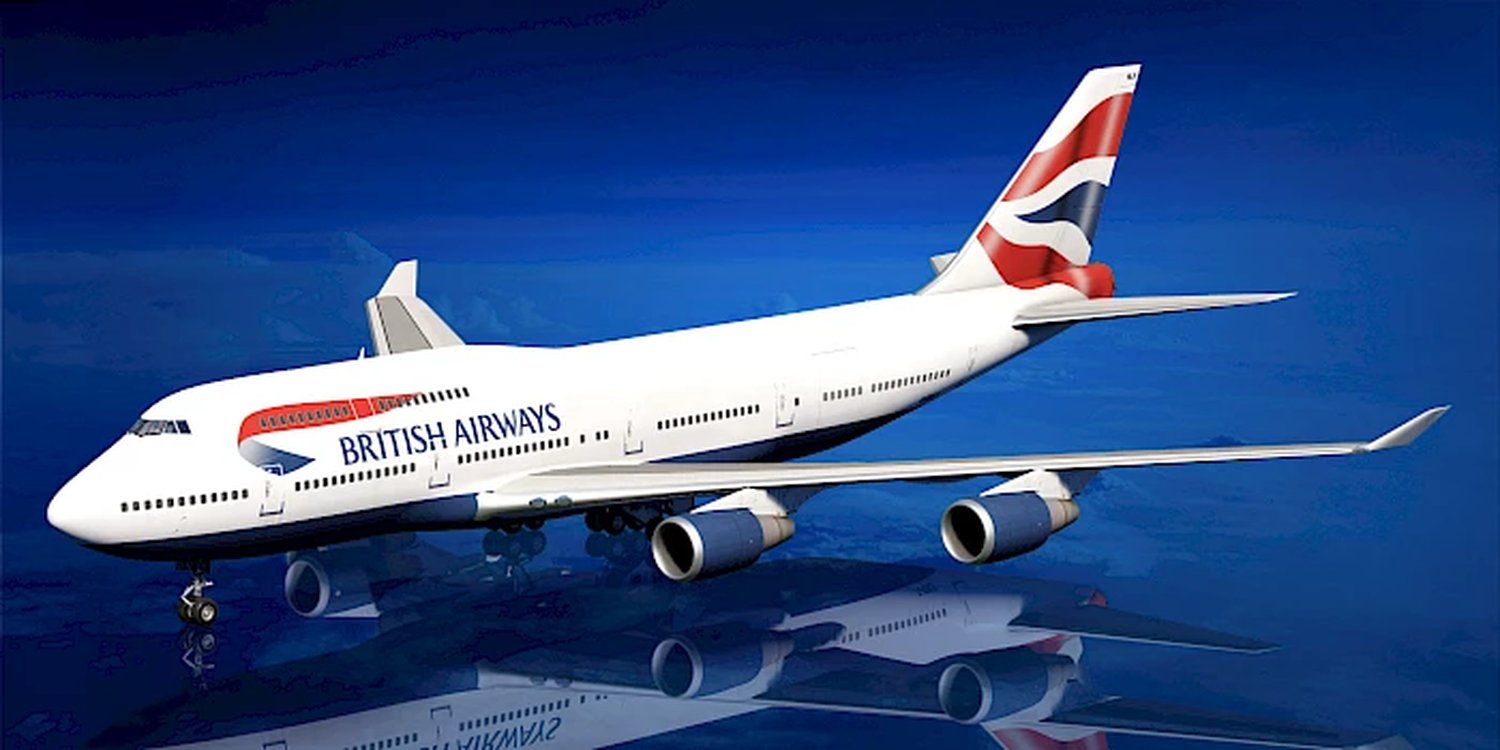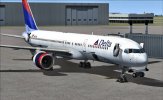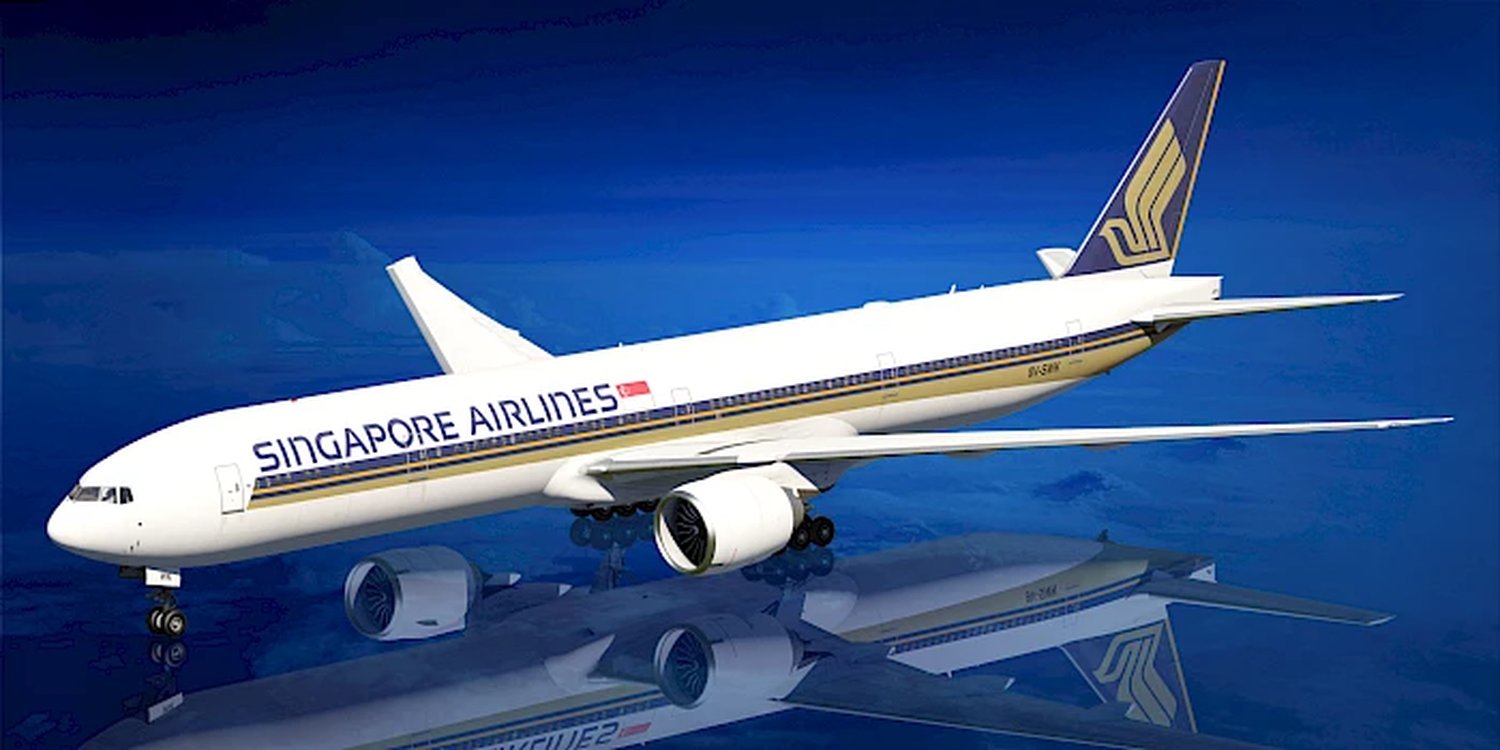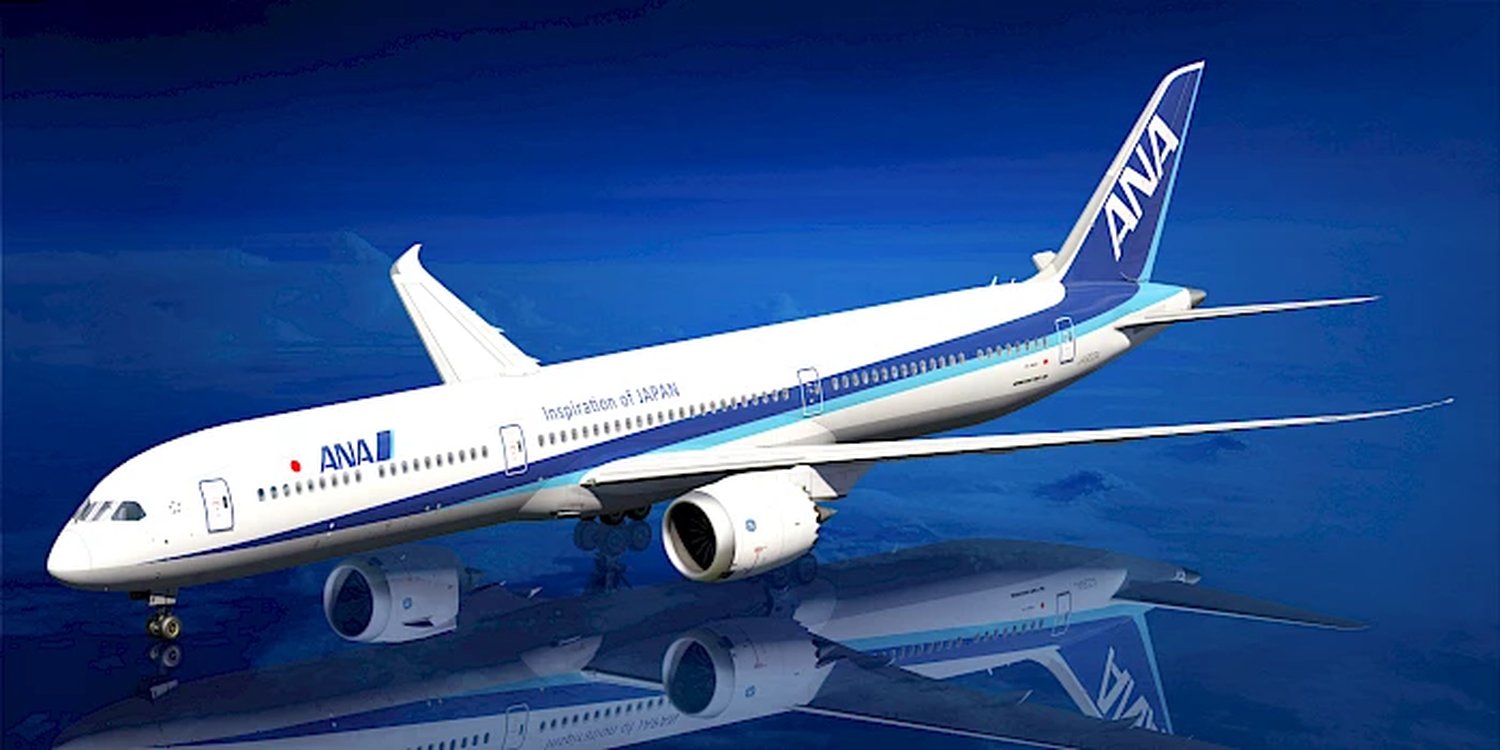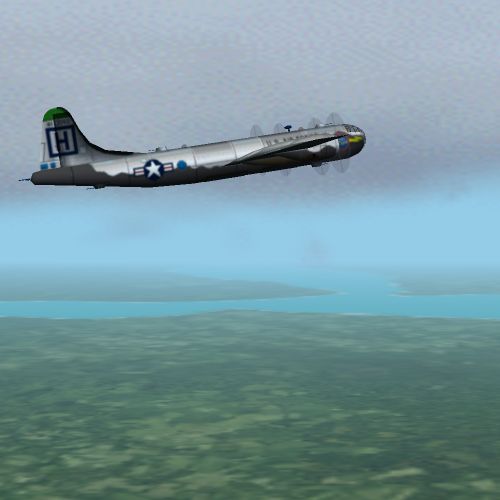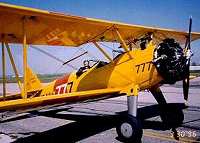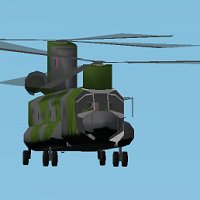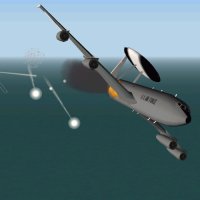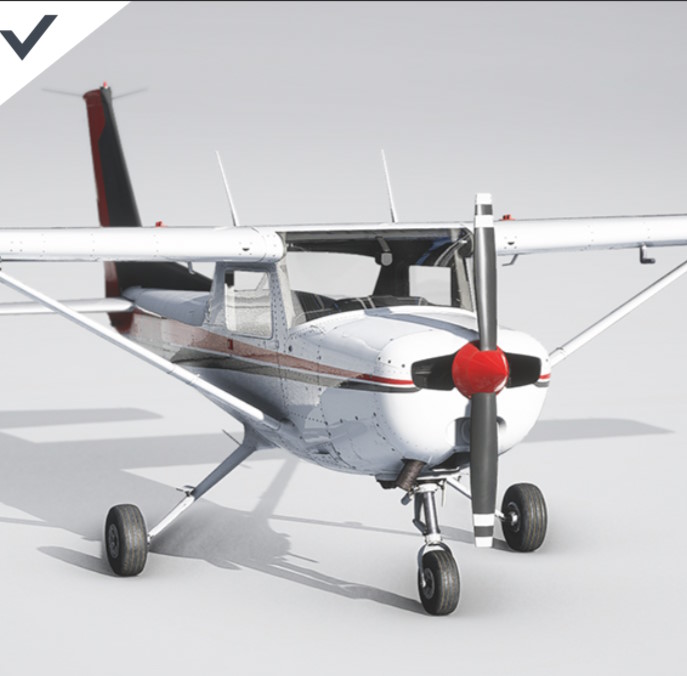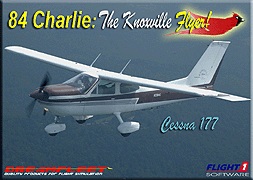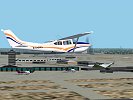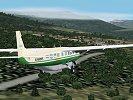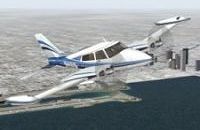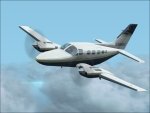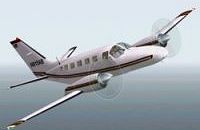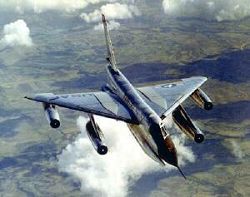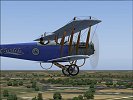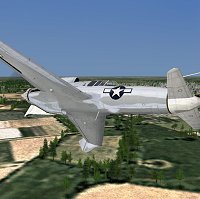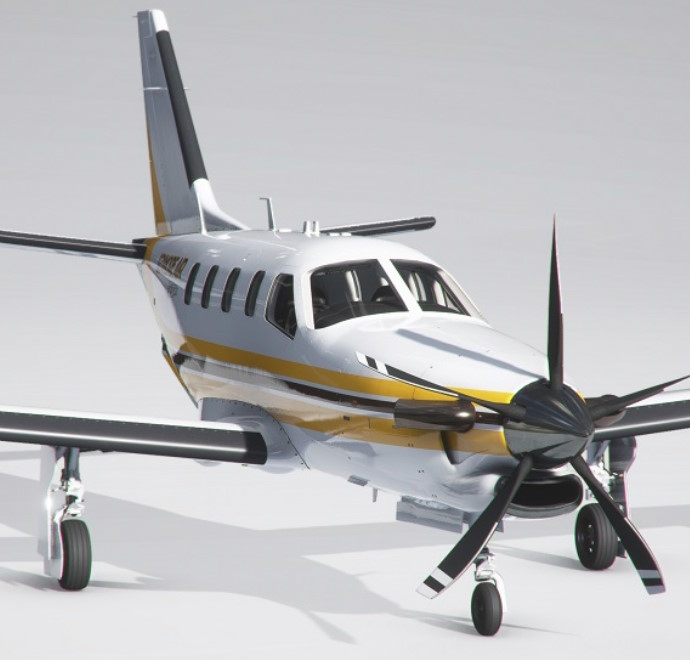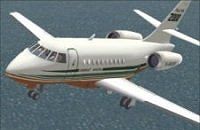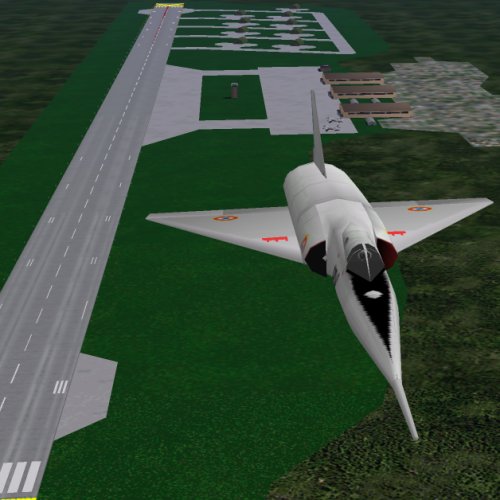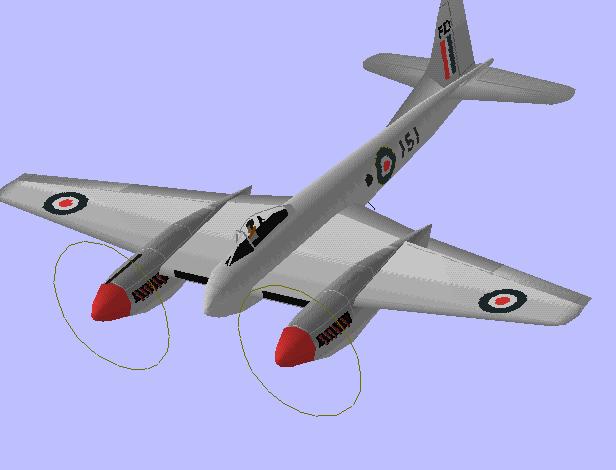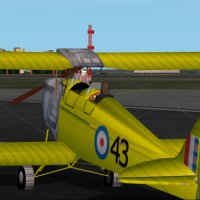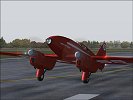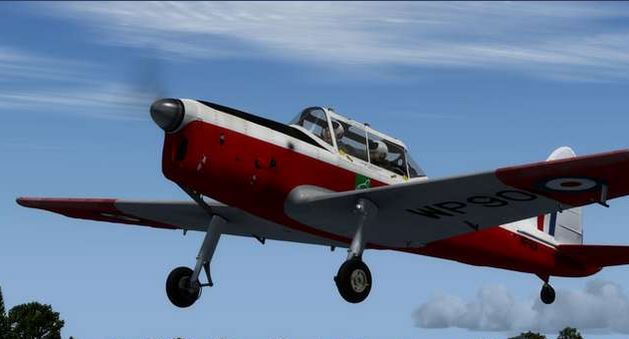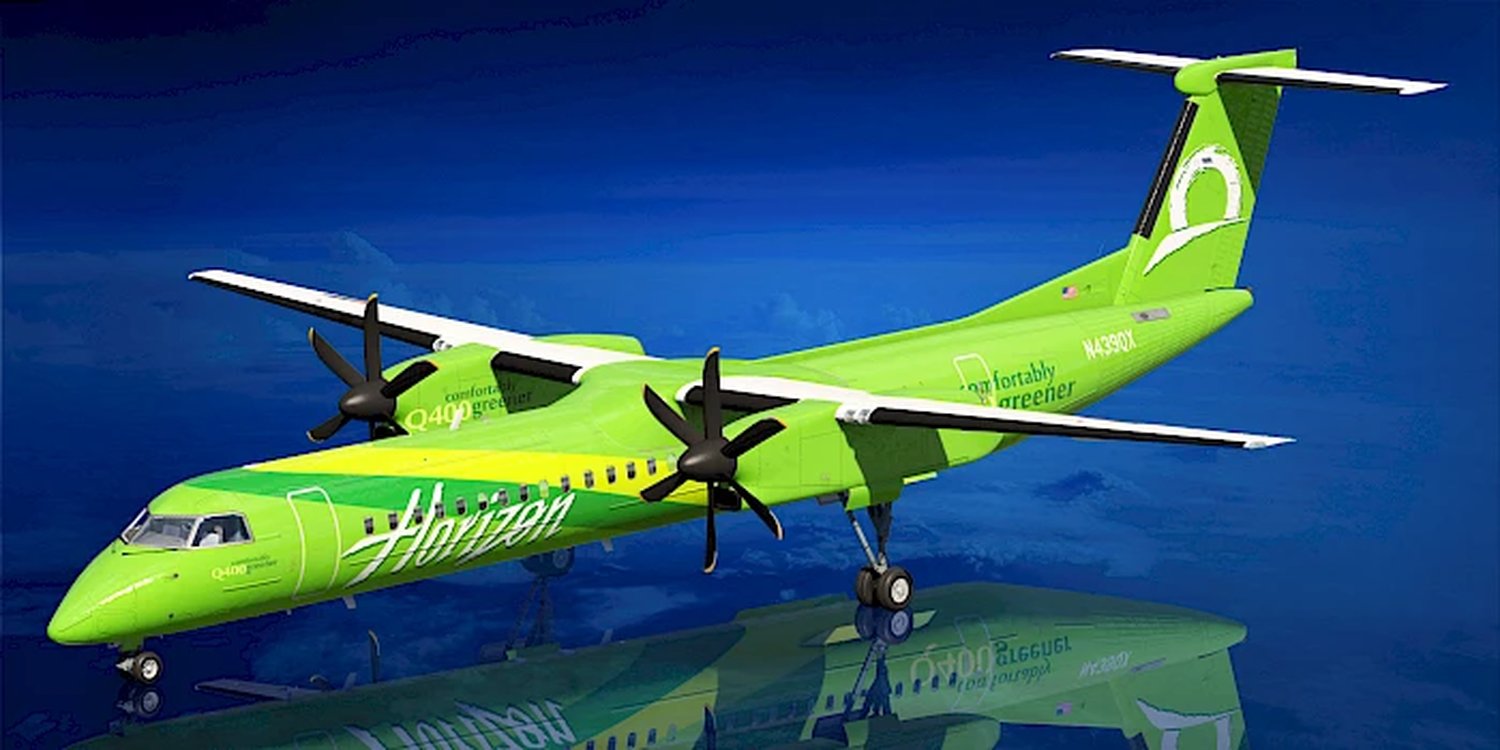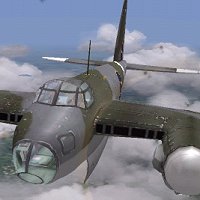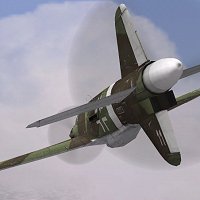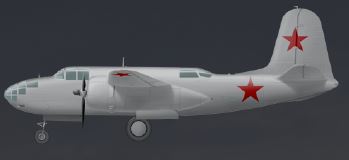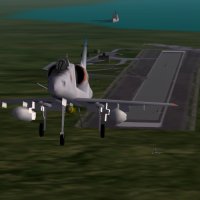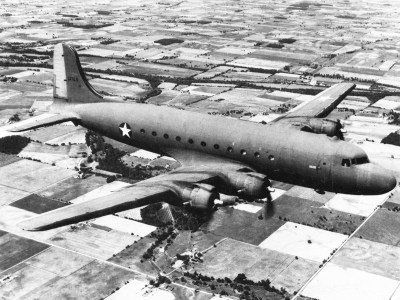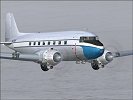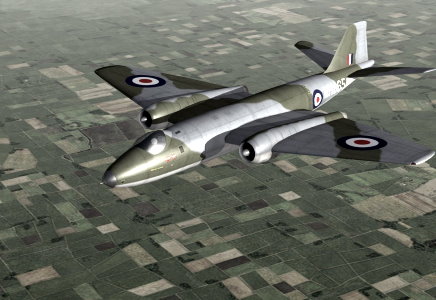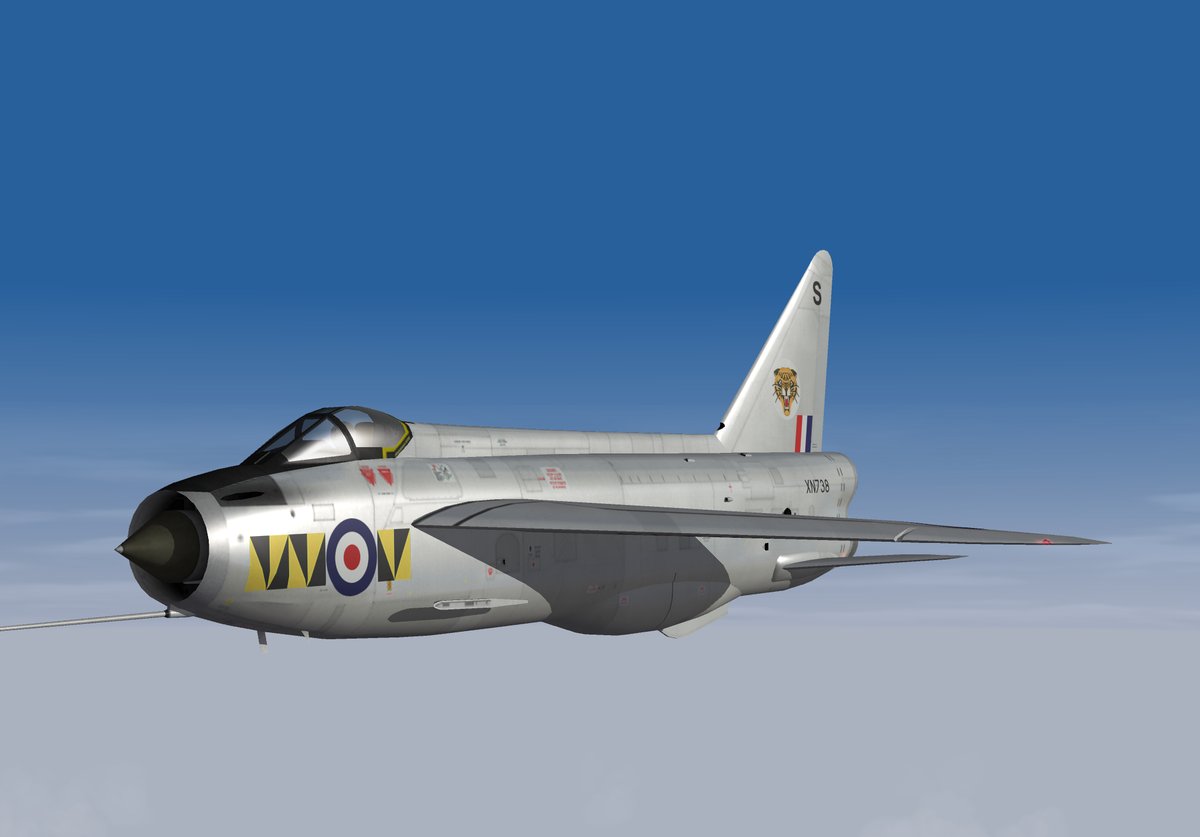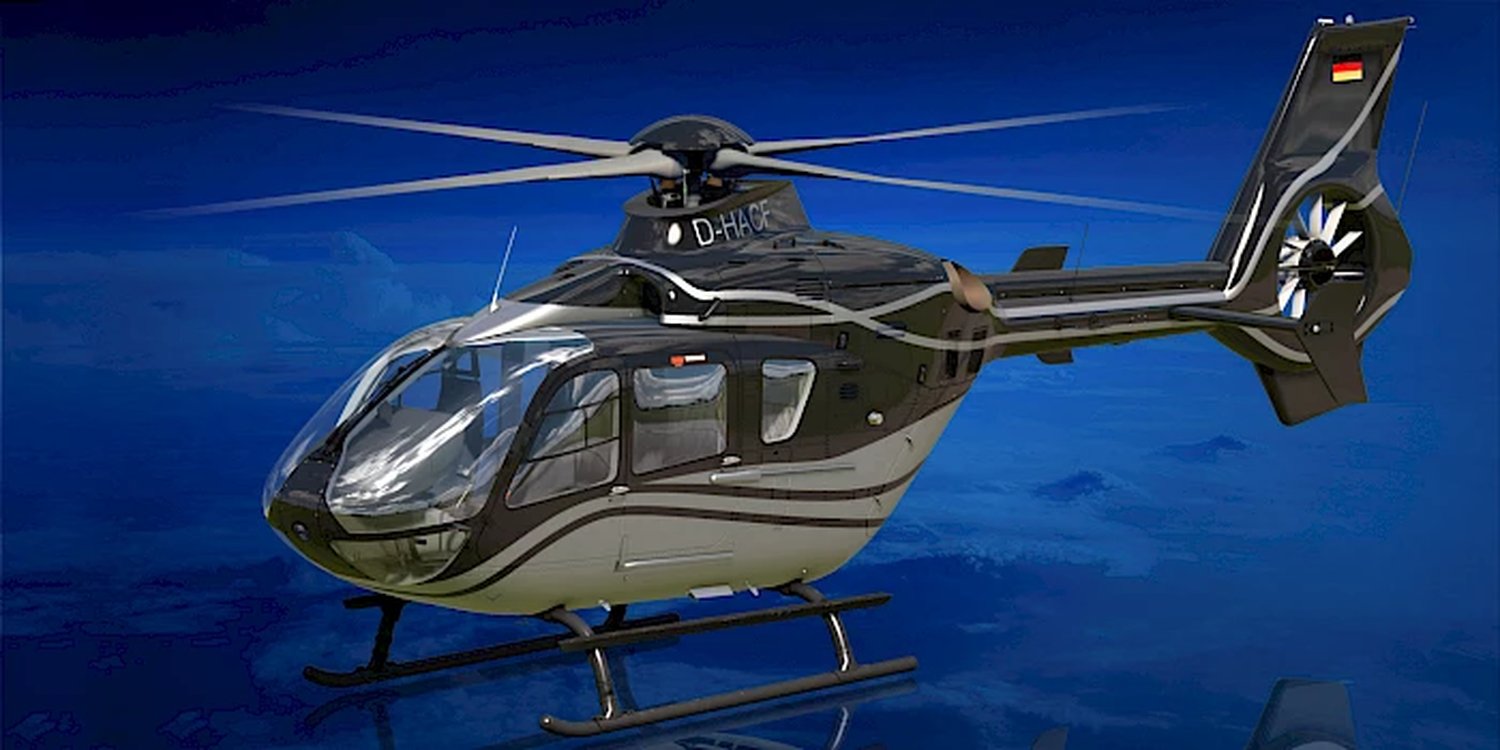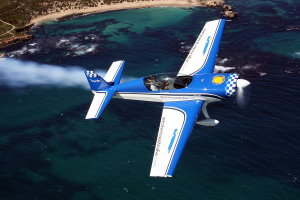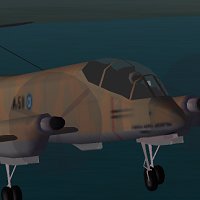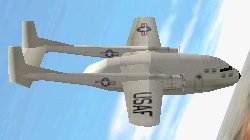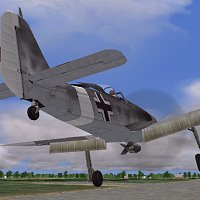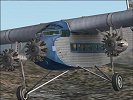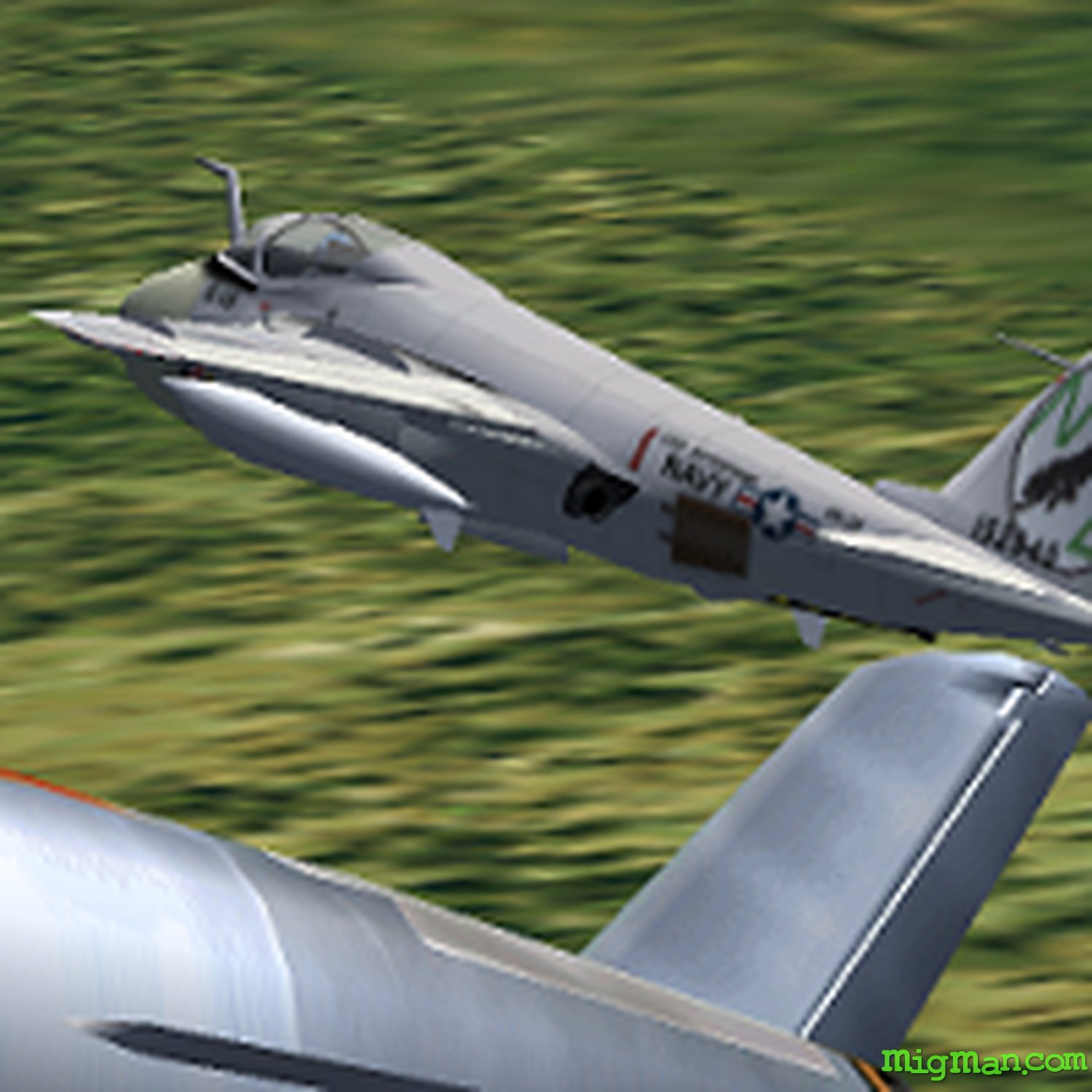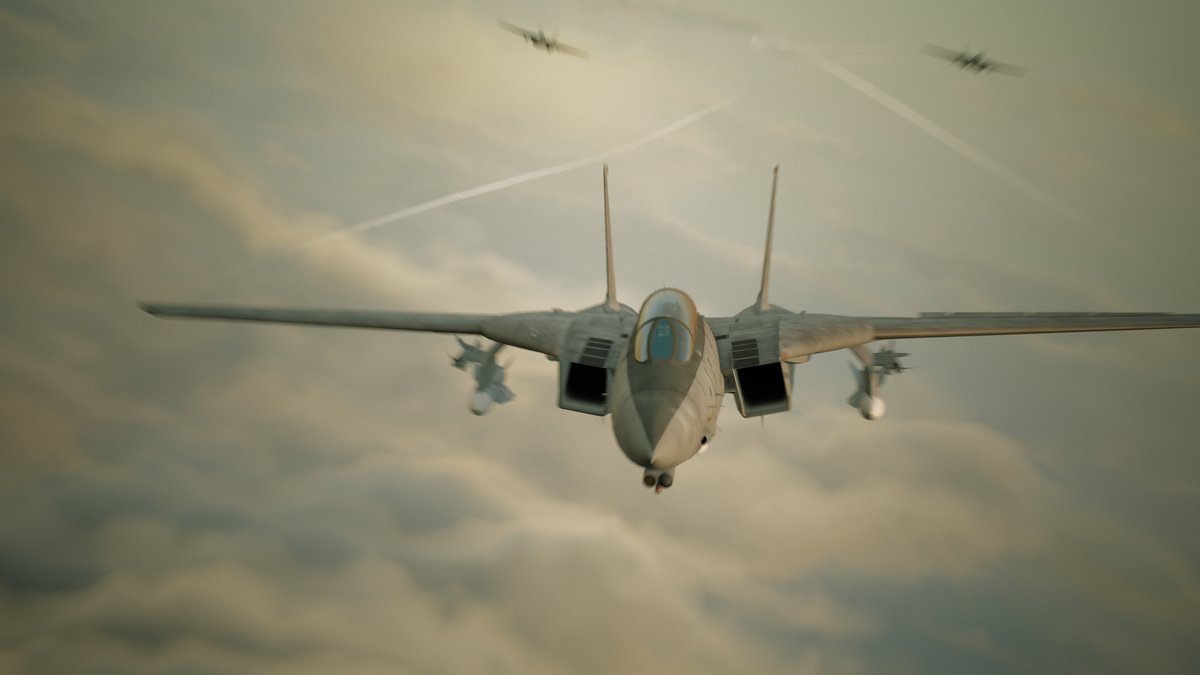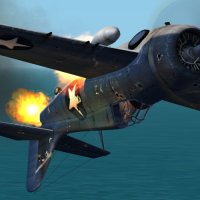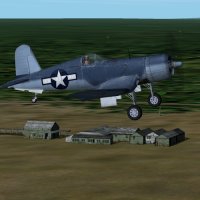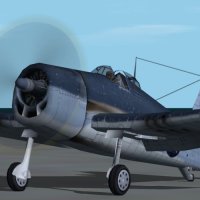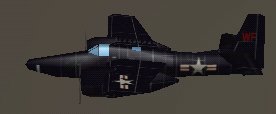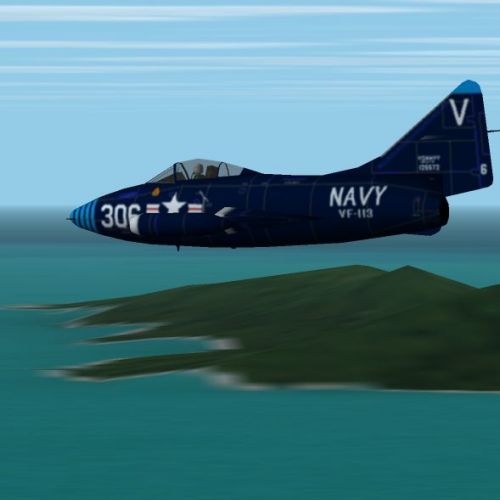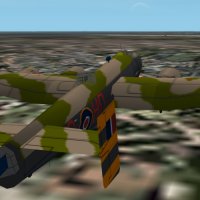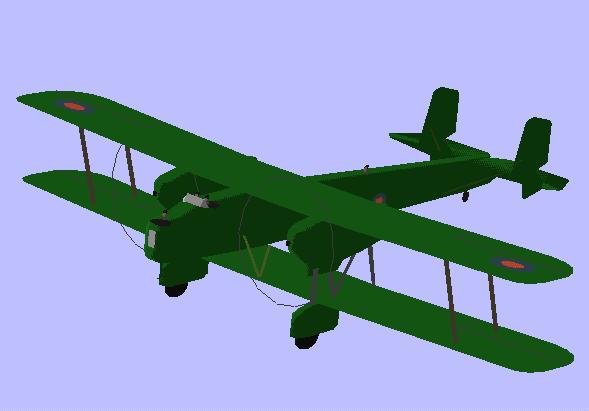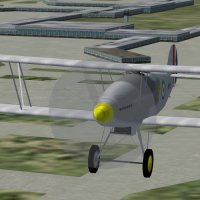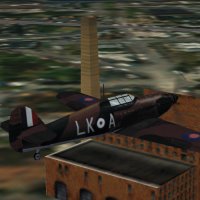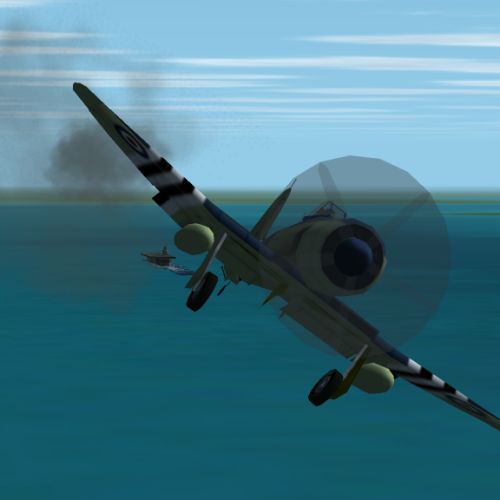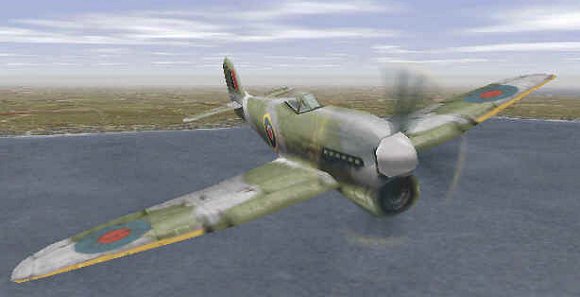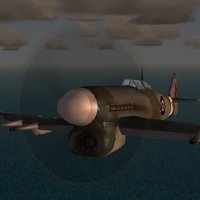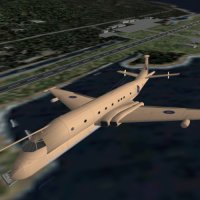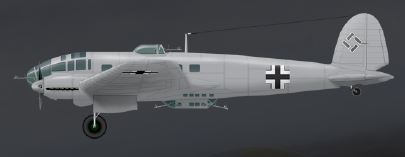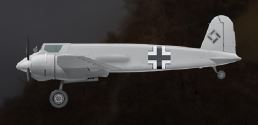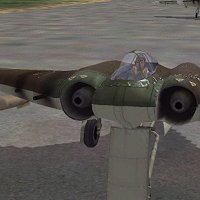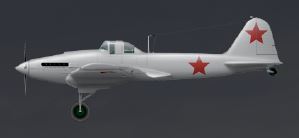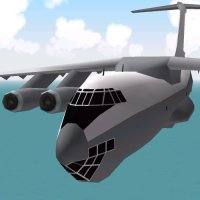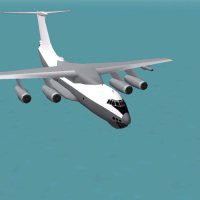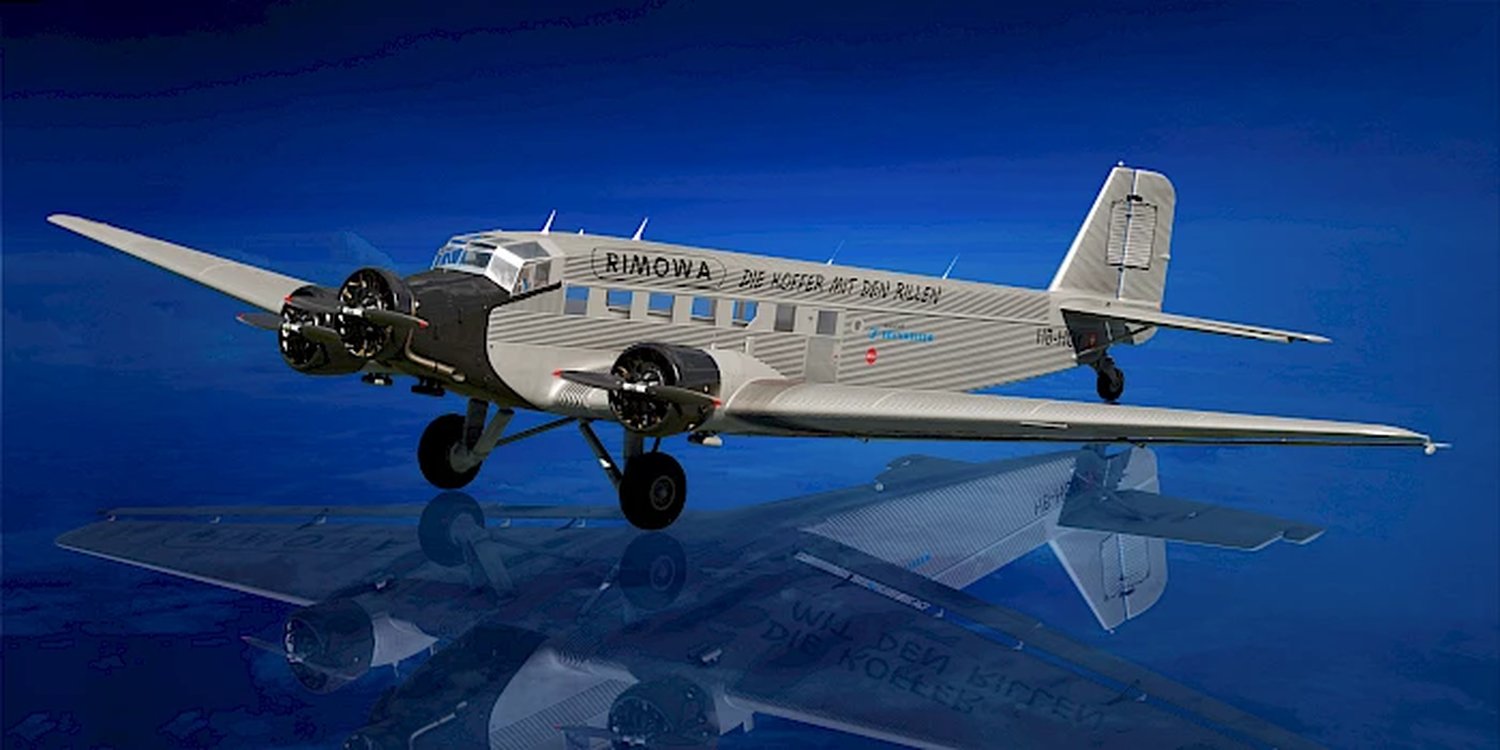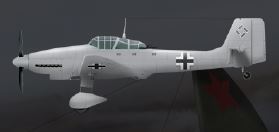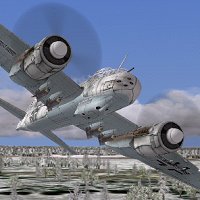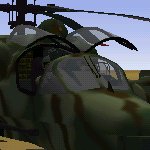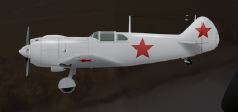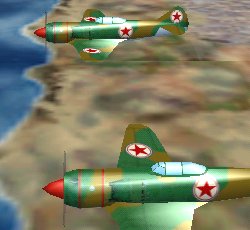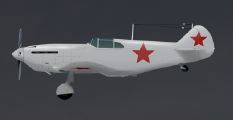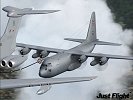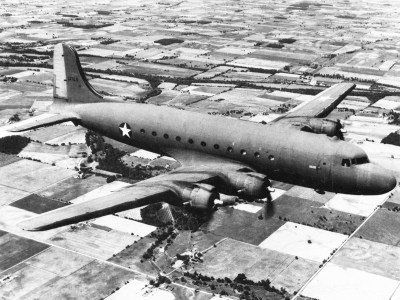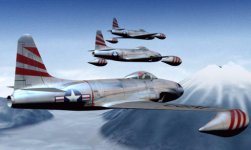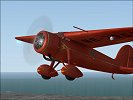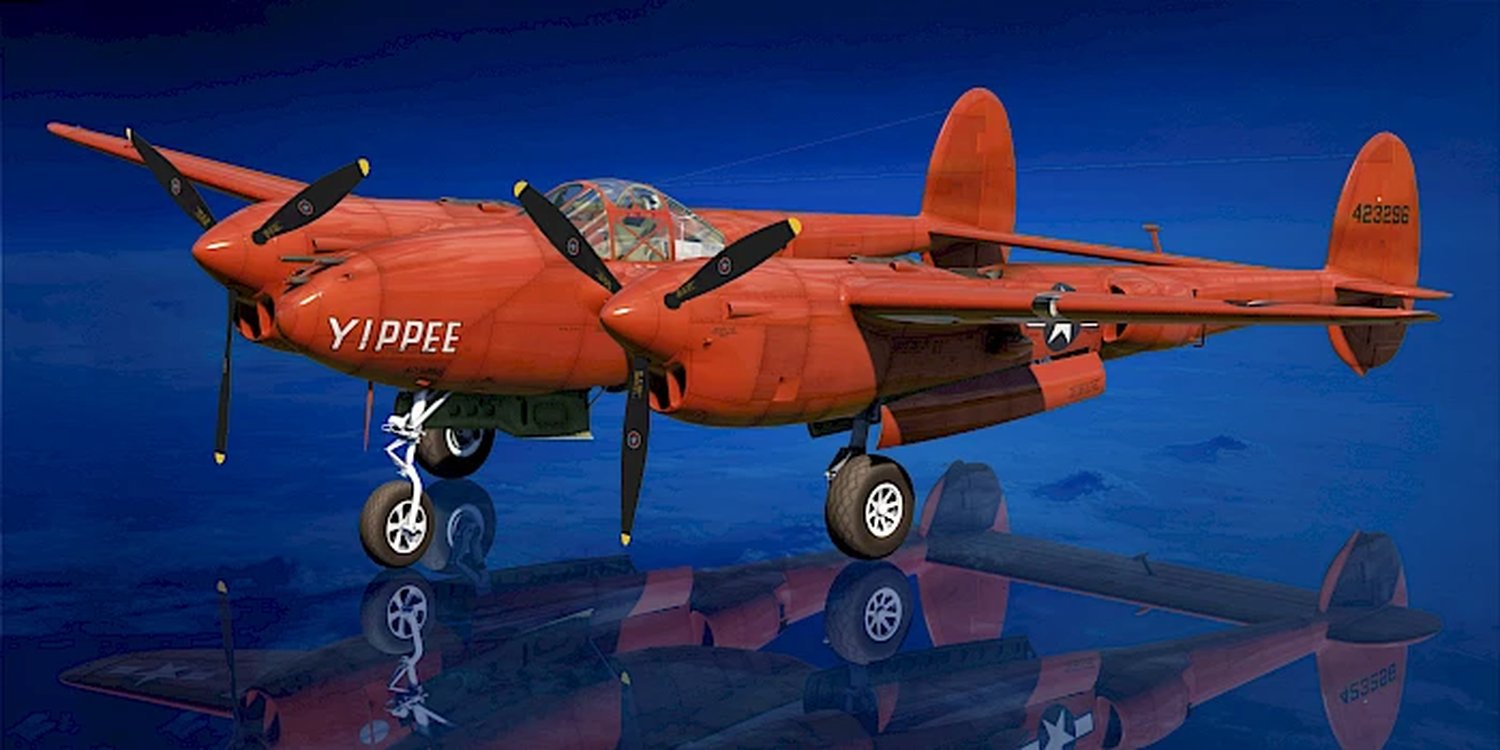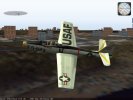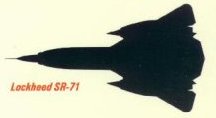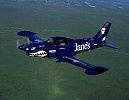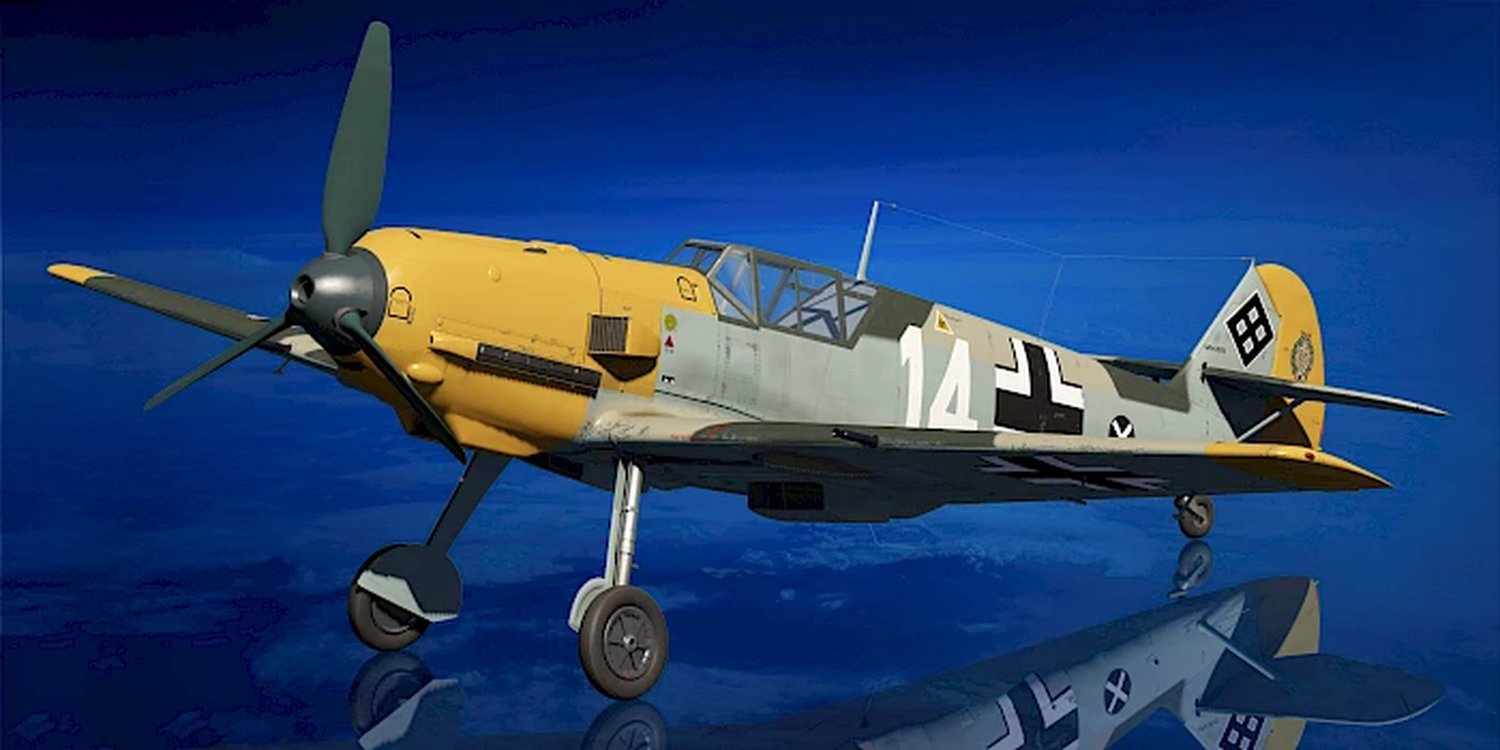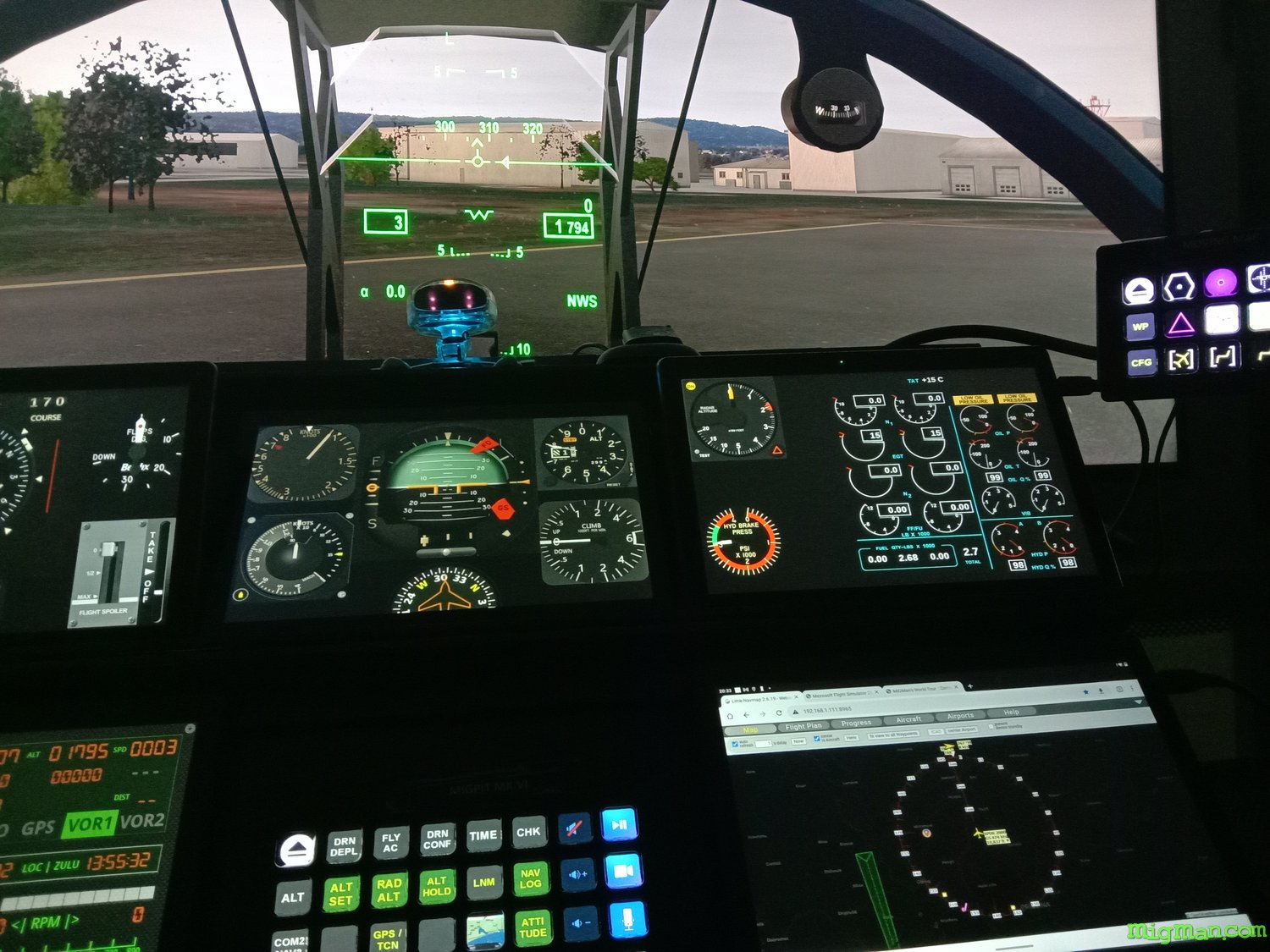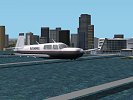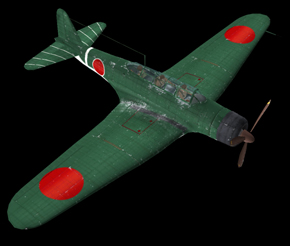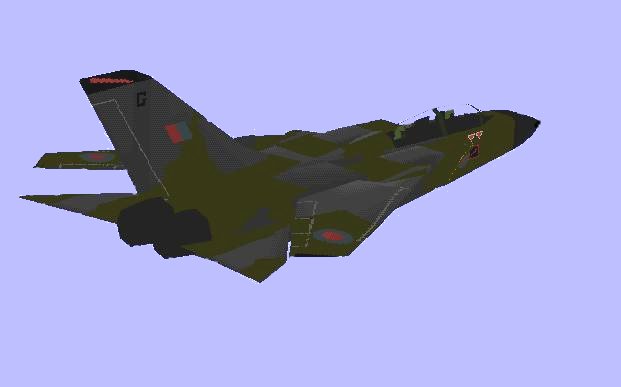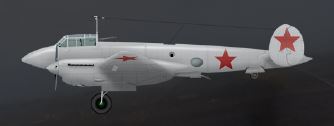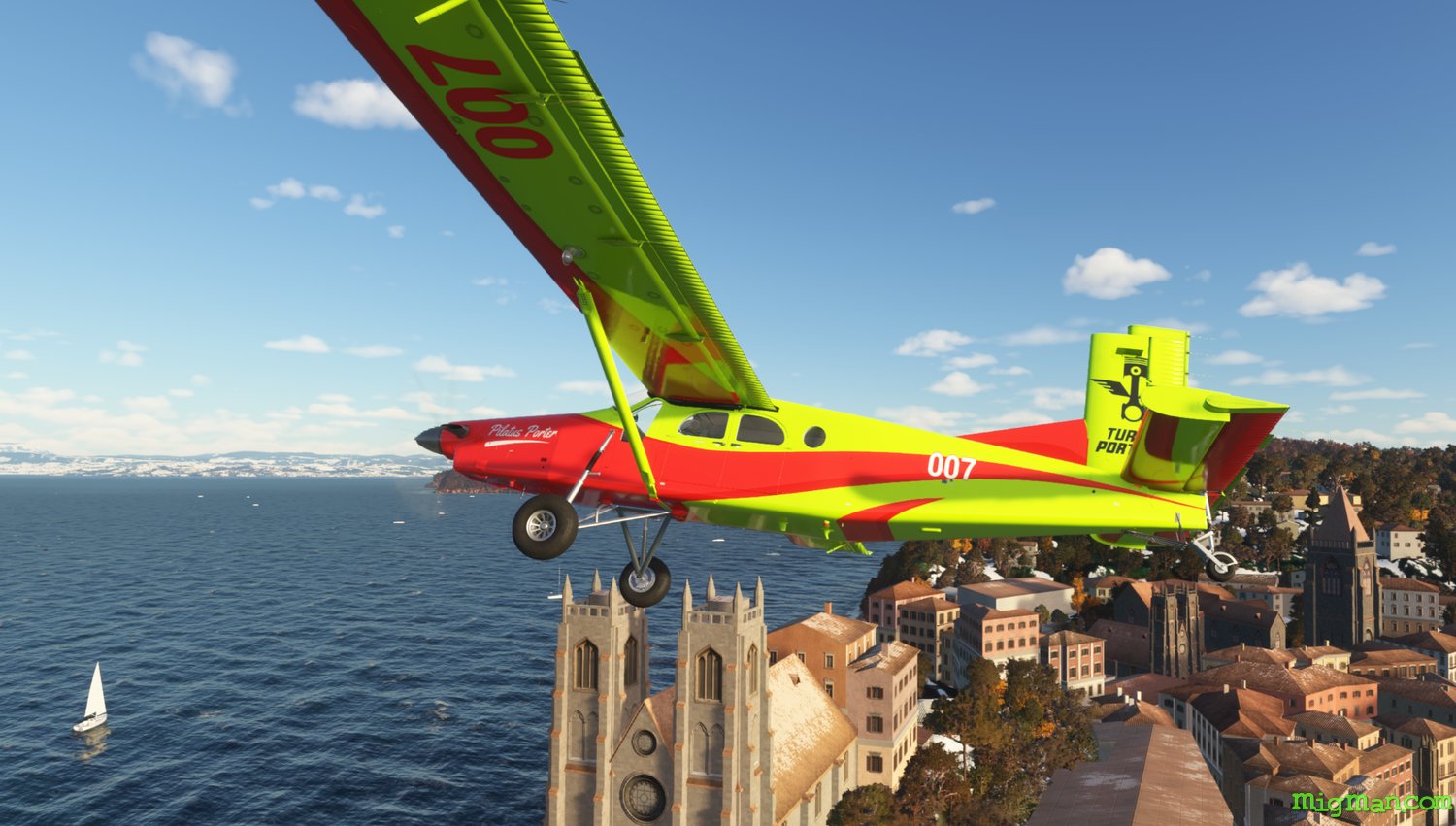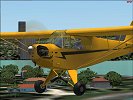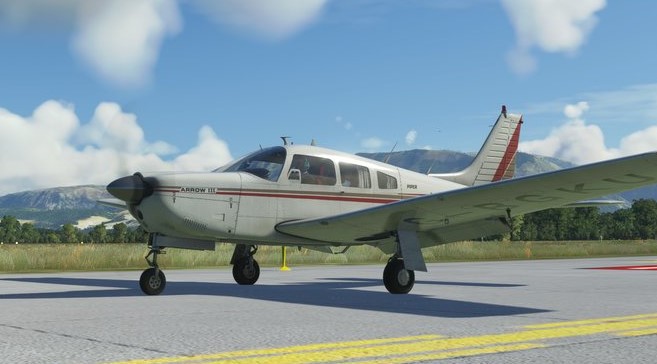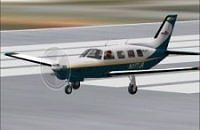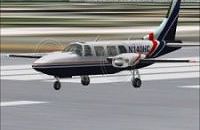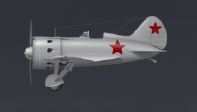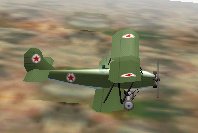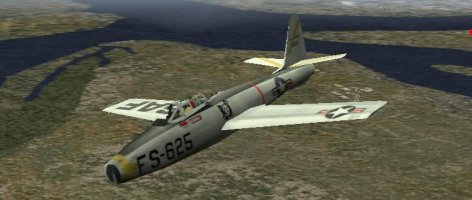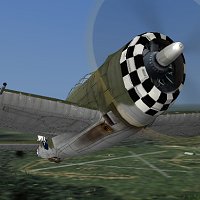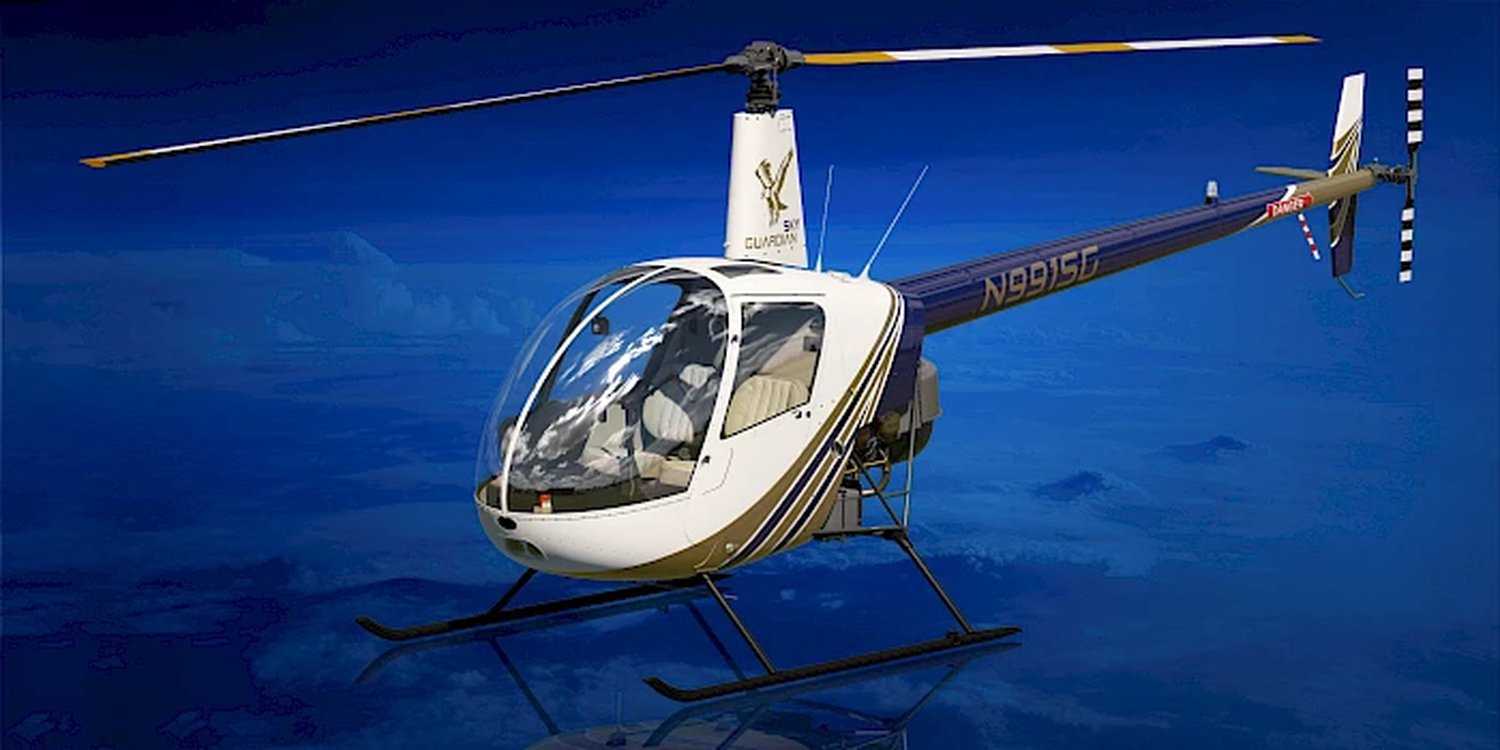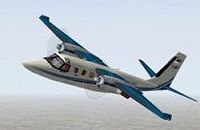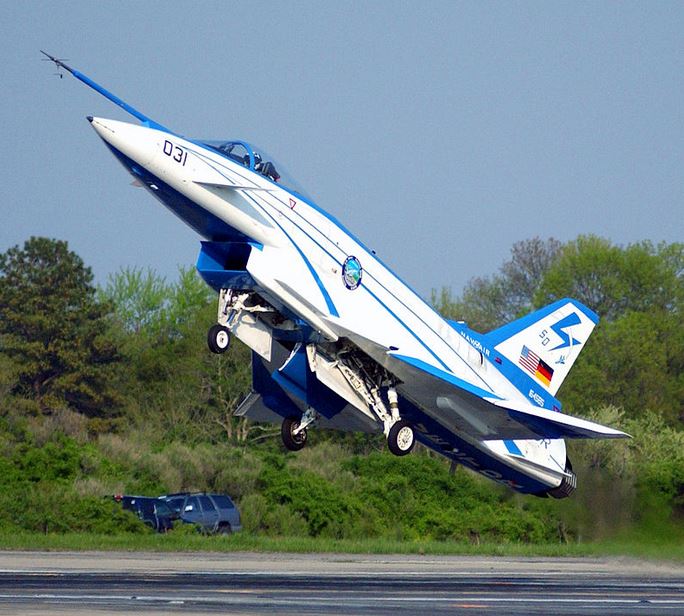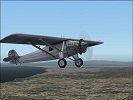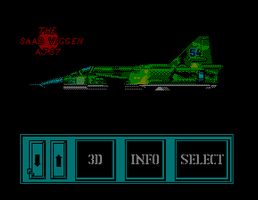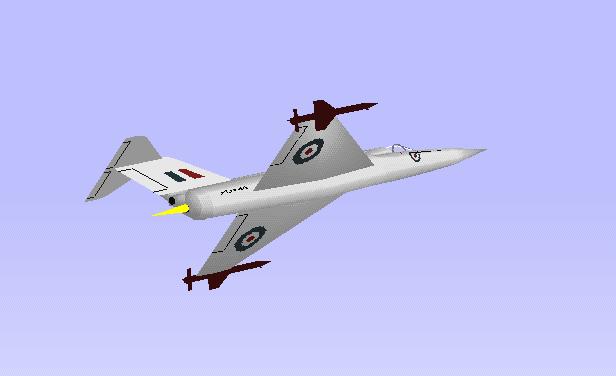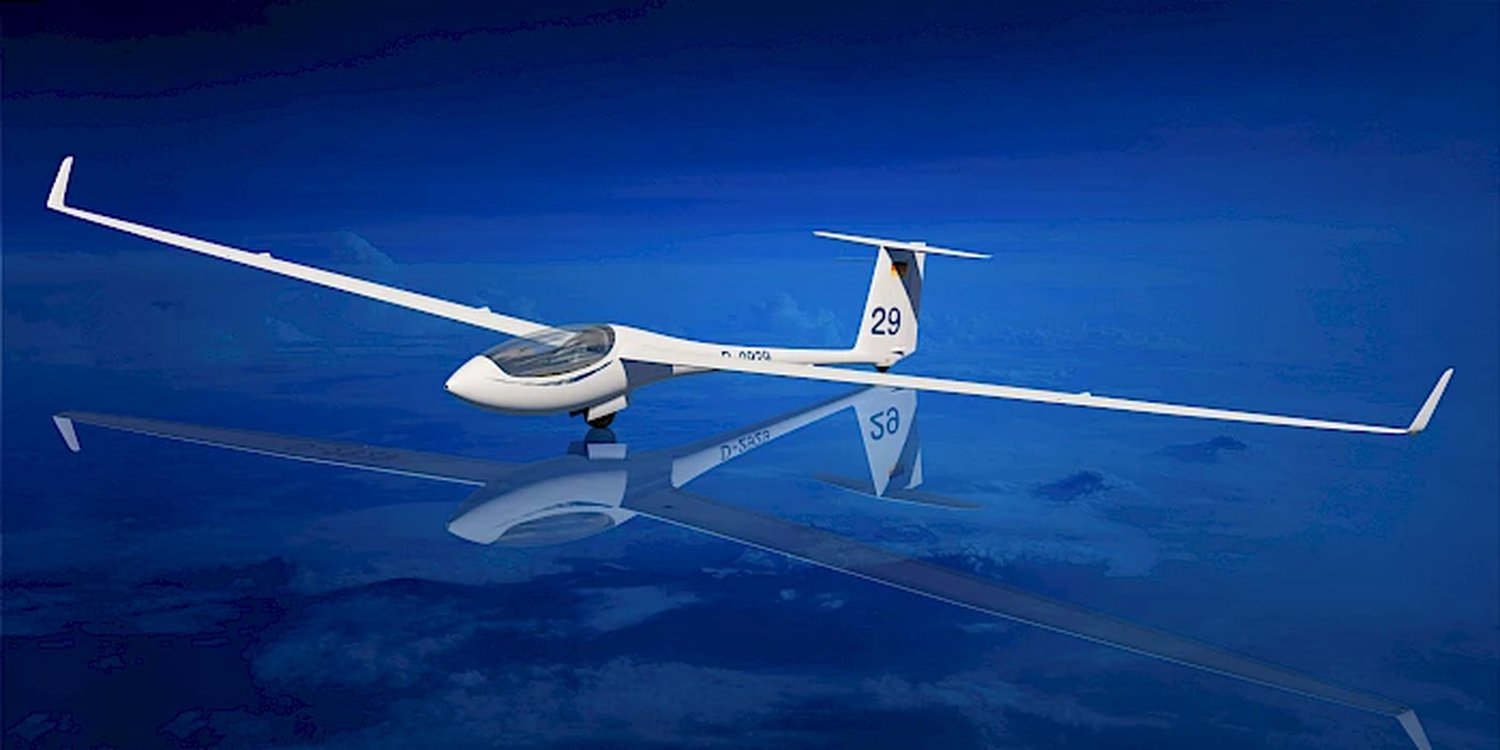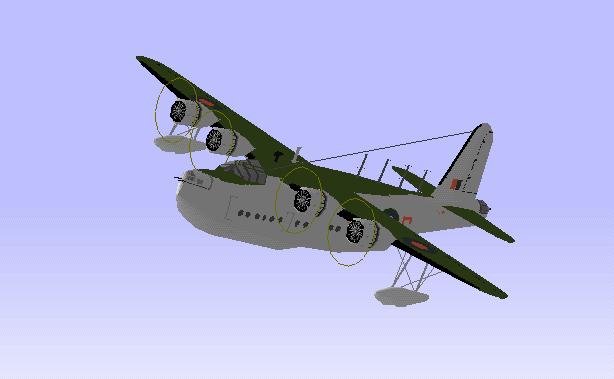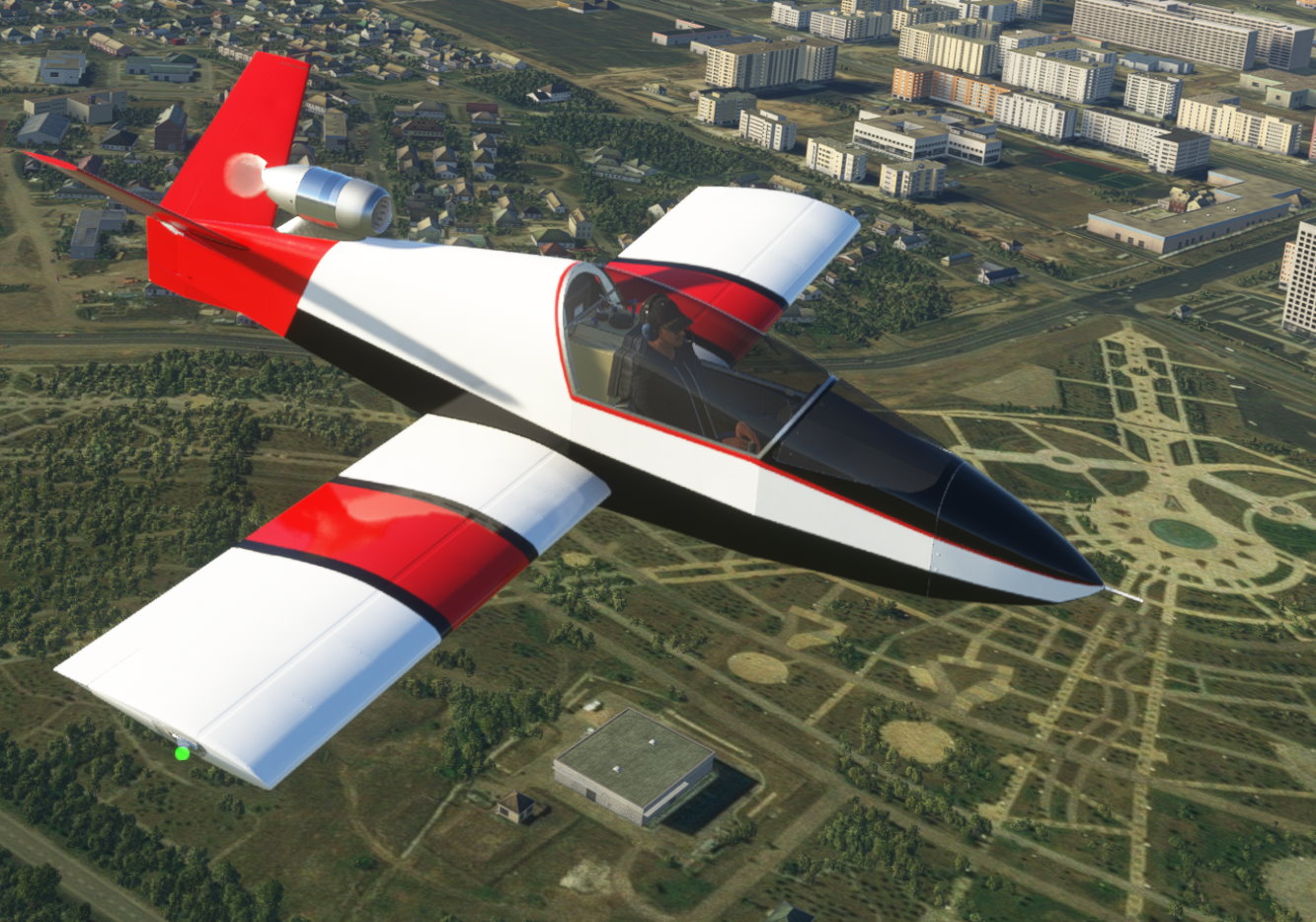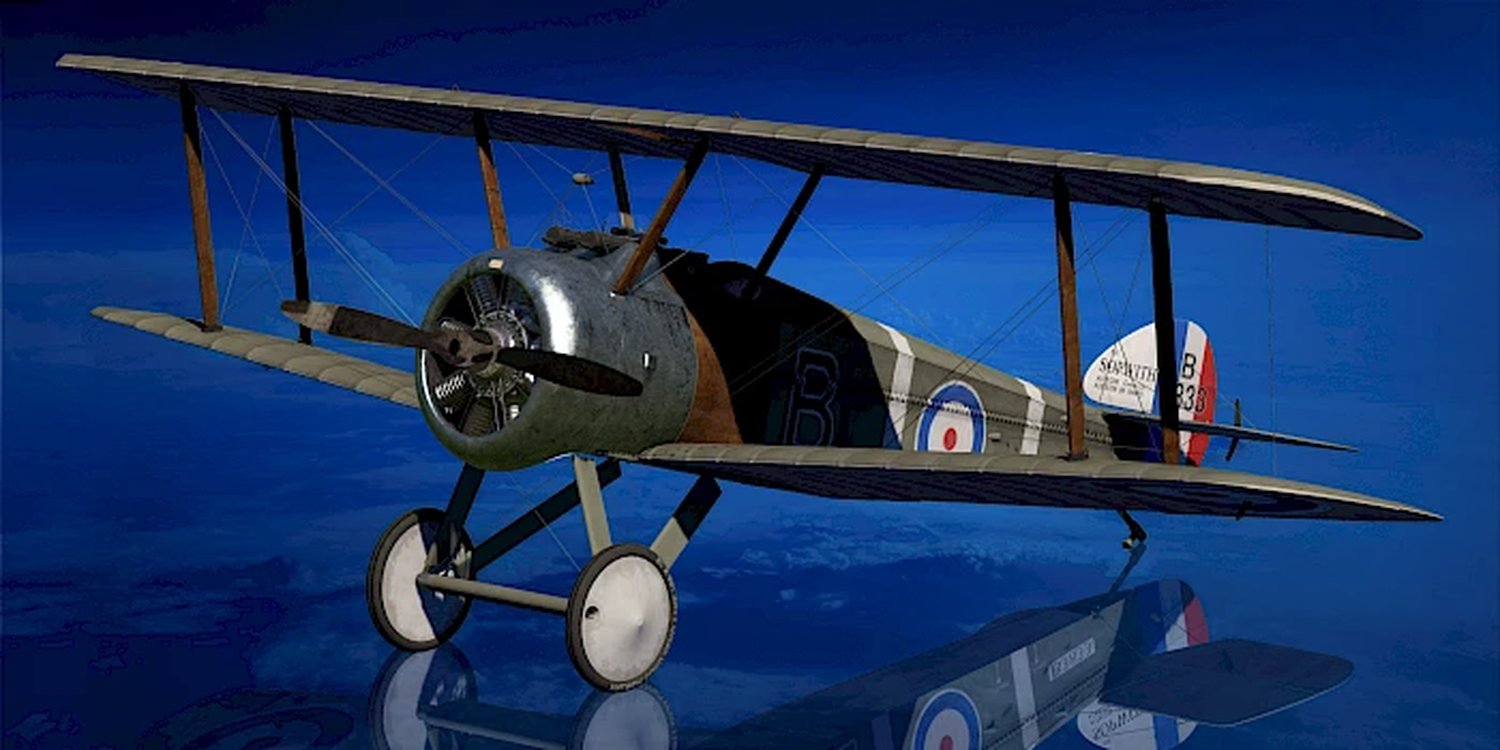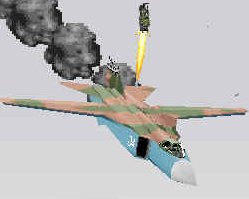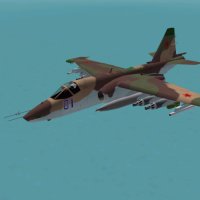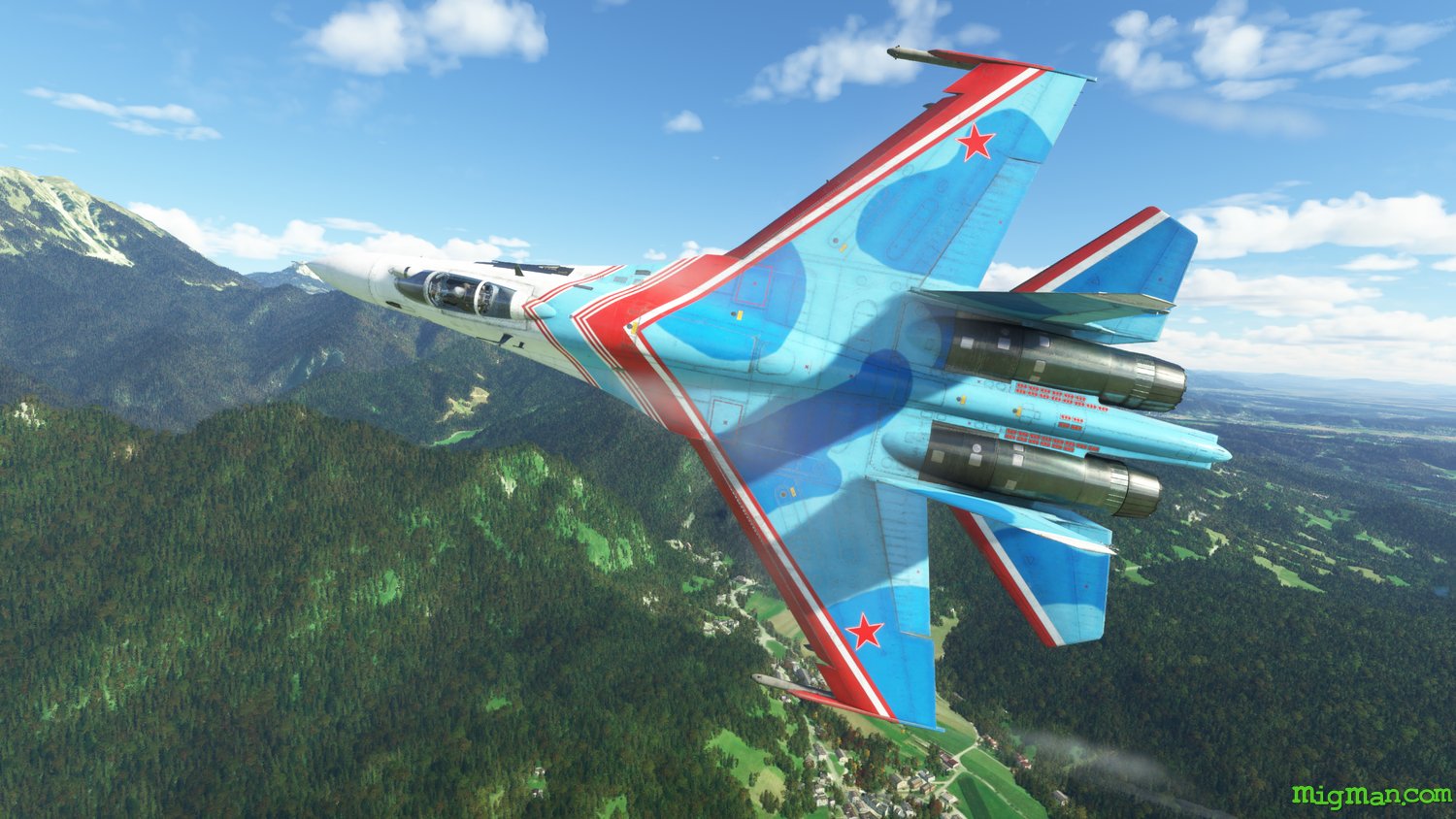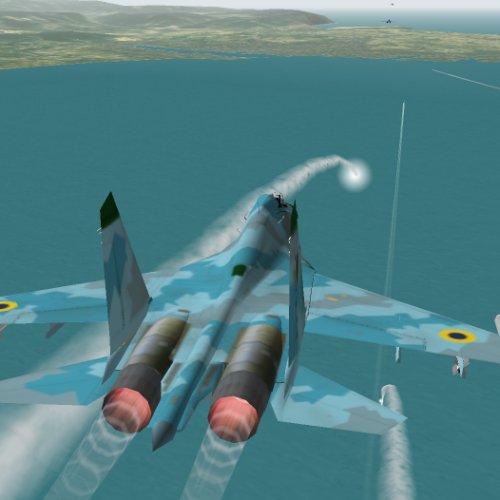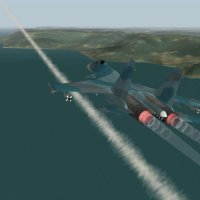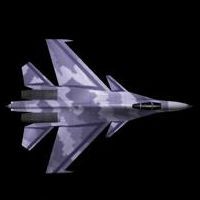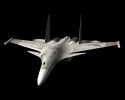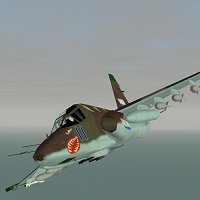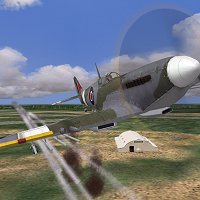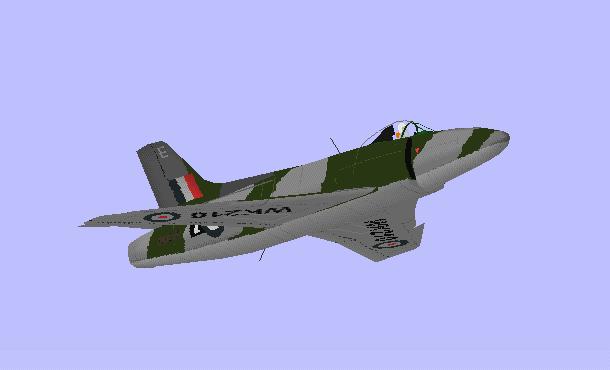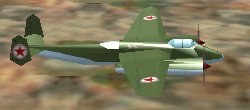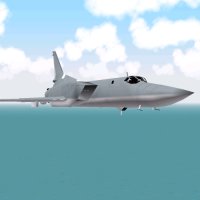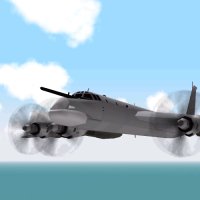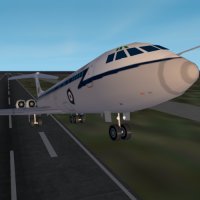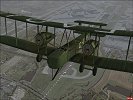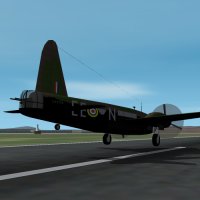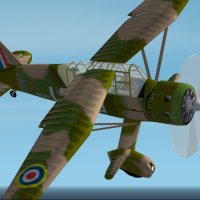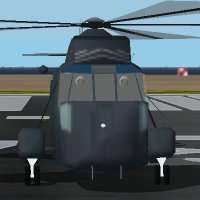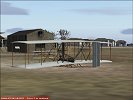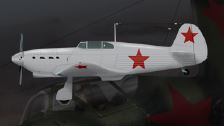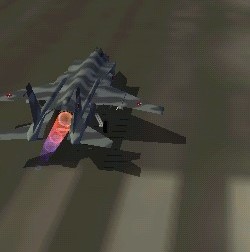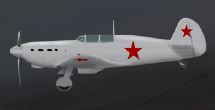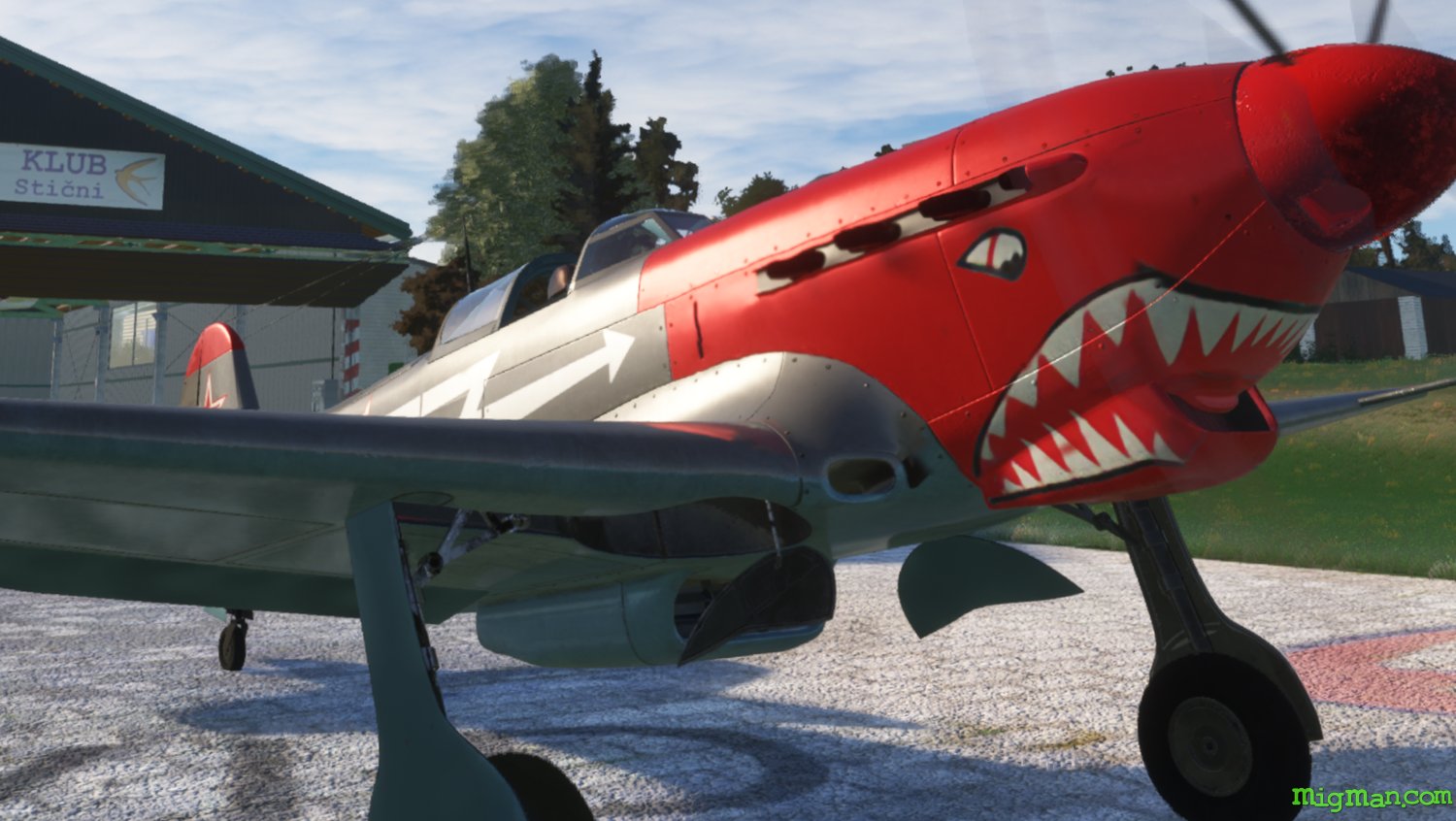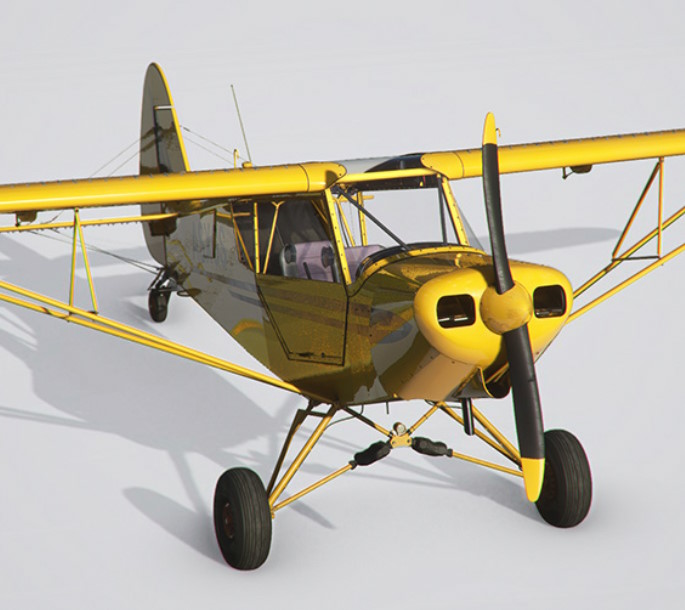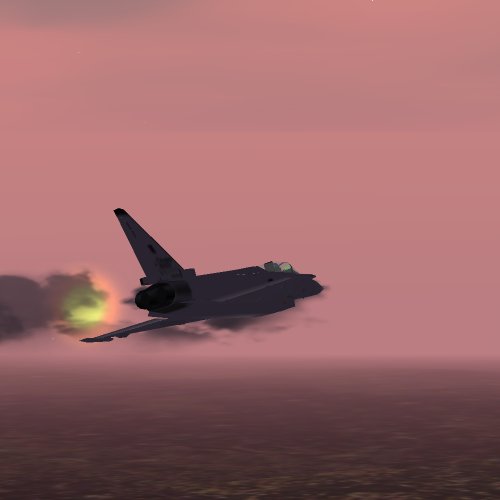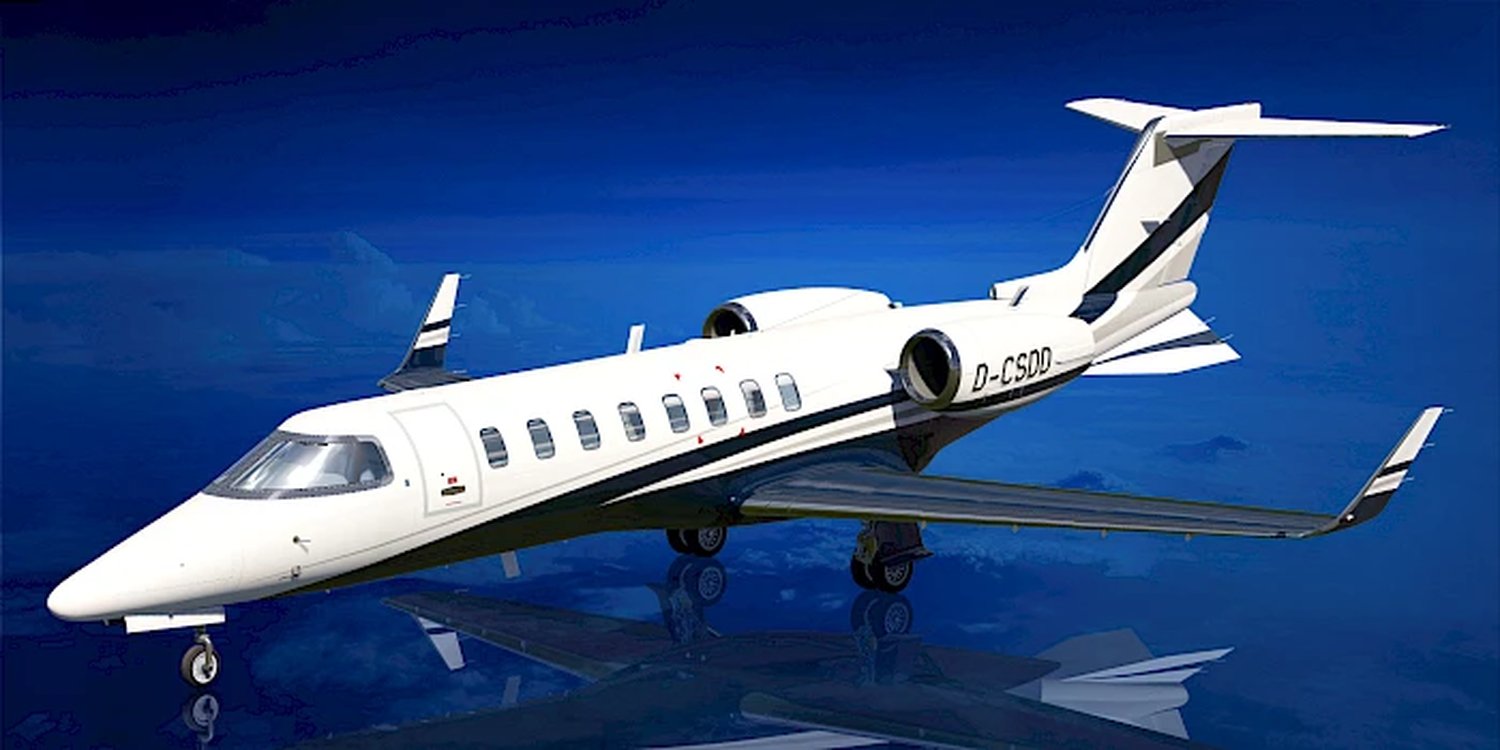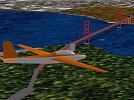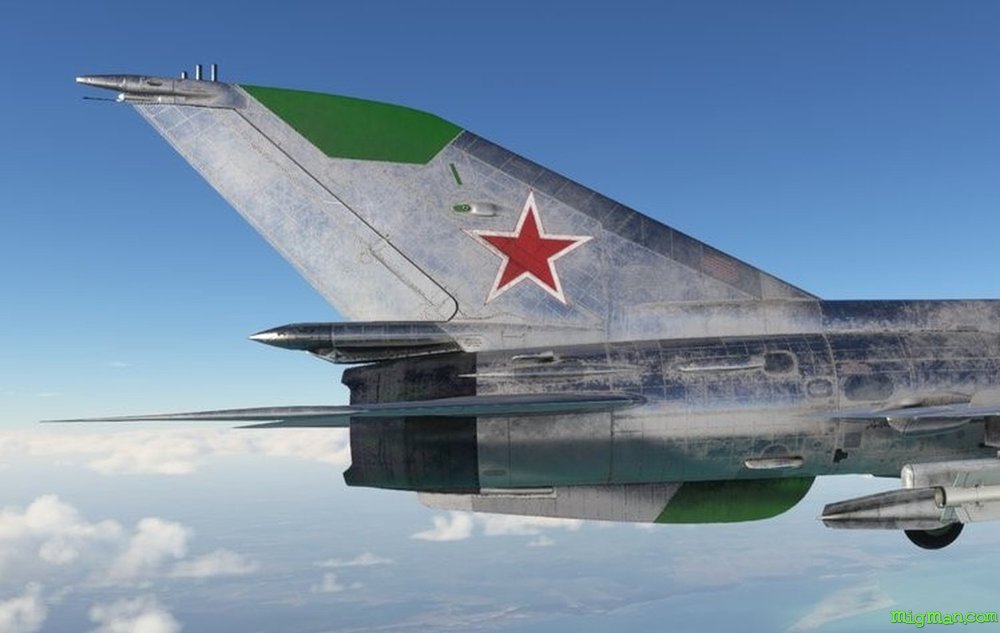
Aircraft
local_airportAeritalia G.91
"The Fiat G.91 is a jet fighter aircraft designed and built by the Italian aircraft manufacturer Fiat Aviazione, which later merged into Aeritalia. Wikipedia" | Manufacturers: Aeritalia, Fiat Aviazione, Alenia Aeronautica, Flugzeug-Union Sud
precision_manufacturingAeritalia
tagJet
tagMilitary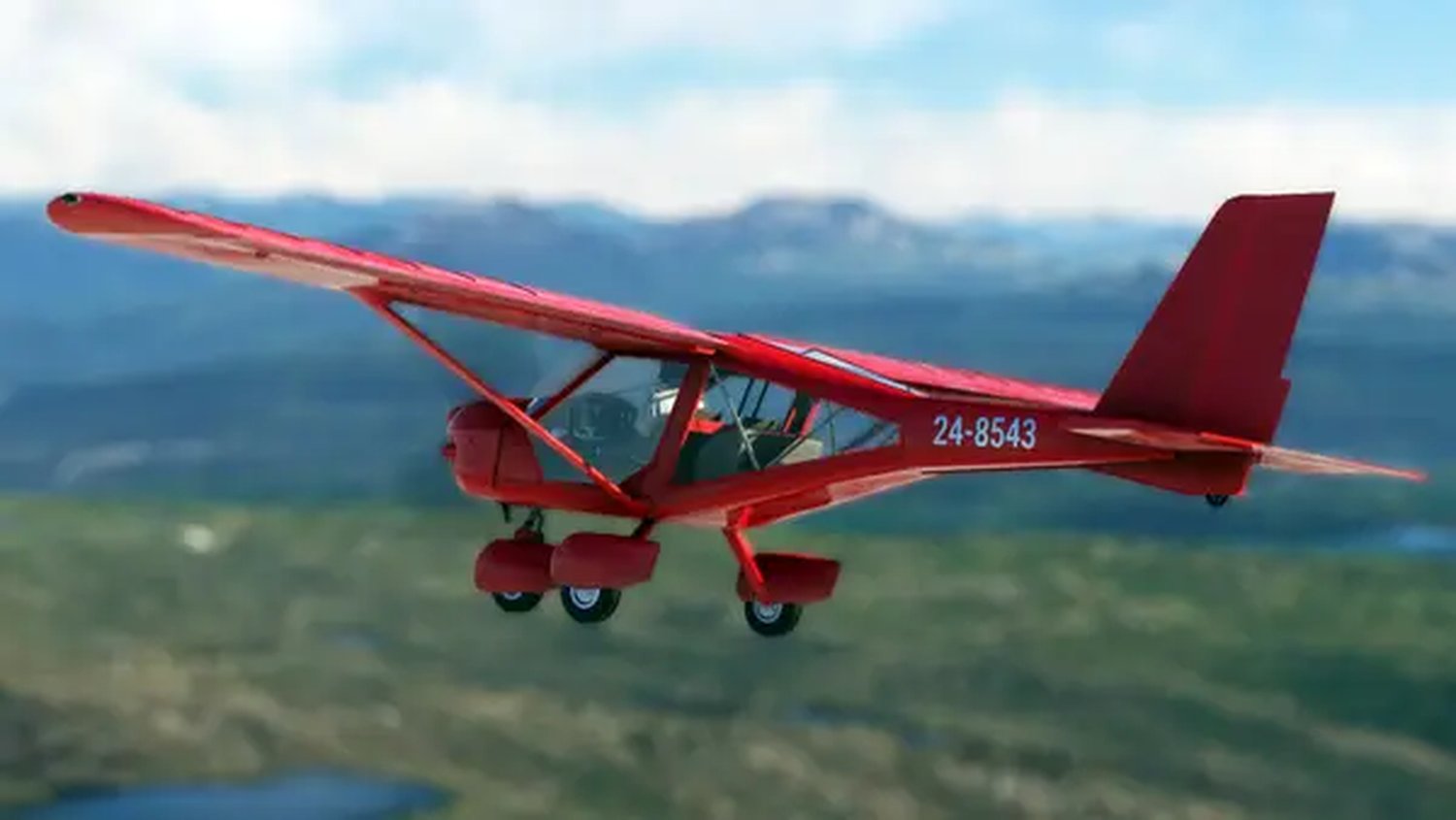 local_airportAeroprakt A-22 Foxbat
local_airportAeroprakt A-22 FoxbatUkrainian two-seat, high-wing, tricycle landing gear ultralight aircraft that was designed by Yuri Yakovlev and is manufactured by Aeroprakt. In the United States the A-22 is referred to as the Valor, while in the UK and Australia it is called the Foxbat. - Wikipedia
precision_manufacturingAeroprakt
tagProp
local_airportAerospatiale SA 321 Super Frelon
3 engined heavy transport... held the distinction of being the most powerful helicopter to be built in Europe at one point, as well as being the world's fastest helicopter. Wikipedia
precision_manufacturingAerospatiale
tagRotary Wing
tagUtility
local_airportAIDC F-CK-1 Ching-kuo
Indigenous Defense Fighter (IDF)... multirole combat aircraft named after Chiang Ching-kuo. - Wikipedia
precision_manufacturingAIDC
tagJet
tagMilitary
tagBomber
local_airportAirbus A310
Wide-body aircraft smaller than the A300, the first twin-jet wide-body. Wikipedia
precision_manufacturingAirbus
tagJet
tagCivil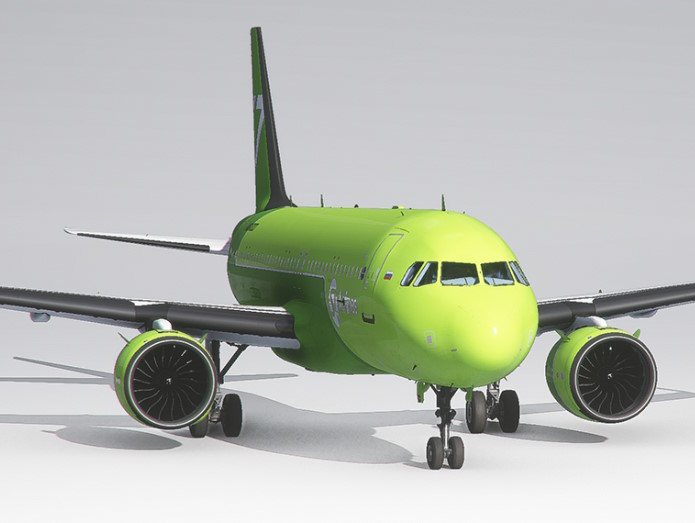 local_airportAirbus A320neo
local_airportAirbus A320neo"A320neo family is a development of the A320 family of narrow-body airliners" ca. 2010
precision_manufacturingAirbus
tagJet
tagCivil
local_airportAntonov An-10 Ukraina
Soviet 4 engined turboprop passenger transport. Wikipedia
precision_manufacturingAntonov
tagProp
tagCivil
local_airportAntonov An-12 Cub
4 engined turboprop transport. Military version of the Antonov An-10. For more than three decades the An-12 was the standard medium-range cargo and paratroop transport aircraft of the Soviet air forces. Wikipedia
precision_manufacturingAntonov
tagProp
tagMilitary
local_airportAntonov An-70
4 engine medium-range transport aircraft, and the first aircraft to take flight powered only by propfan engines.... replacement for the An-12 - Wikipedia
precision_manufacturingAntonov
tagProp
tagUtility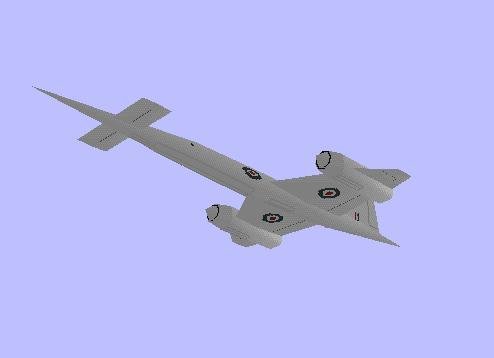 local_airportAvro 730
local_airportAvro 730Planned Mach 3 reconnaissance aircraft and strategic bomber that was being developed by Avro Aircraft for the Royal Air Force (in 1957). Wikipedia
precision_manufacturingAvro
tagJet
tagMilitary
local_airportAvro CF-105 Arrow
Mach 2 plus delta winged interceptor.
precision_manufacturingAvro
tagJet
tagMilitary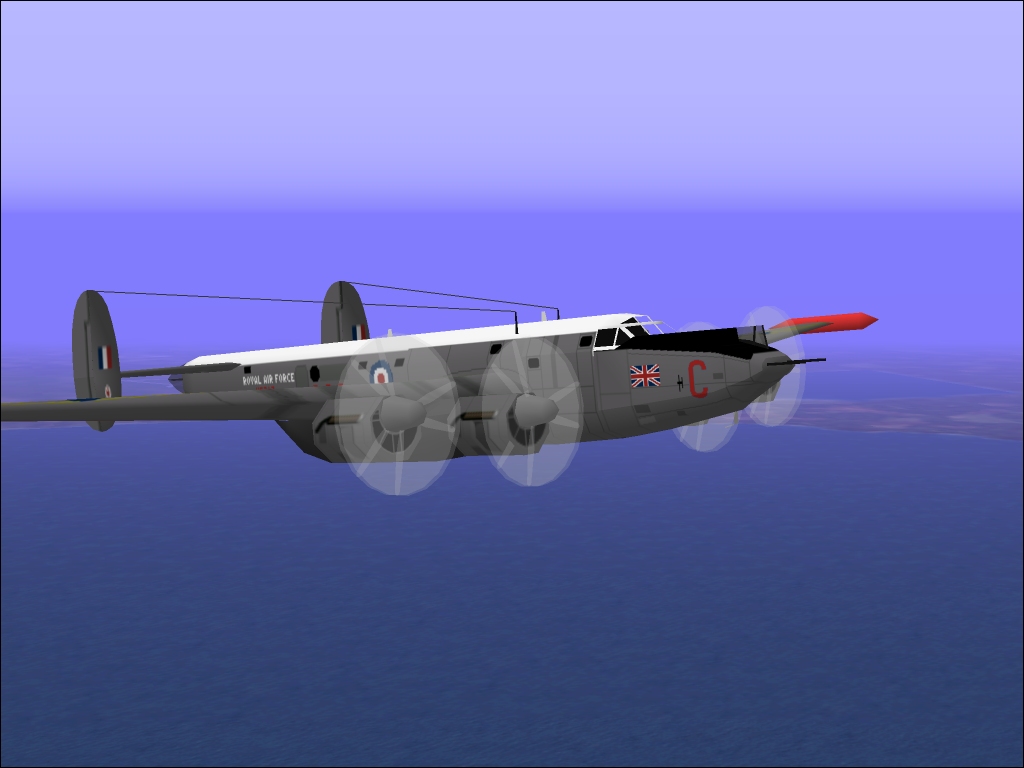 local_airportAvro Shackleton
local_airportAvro ShackletonA development of the Lincoln, the more powerful Shackleton served well beyond its intended lifespan in both the maritime recon and AEW roles.
precision_manufacturingAvro
tagProp
tagMilitary
tagBomber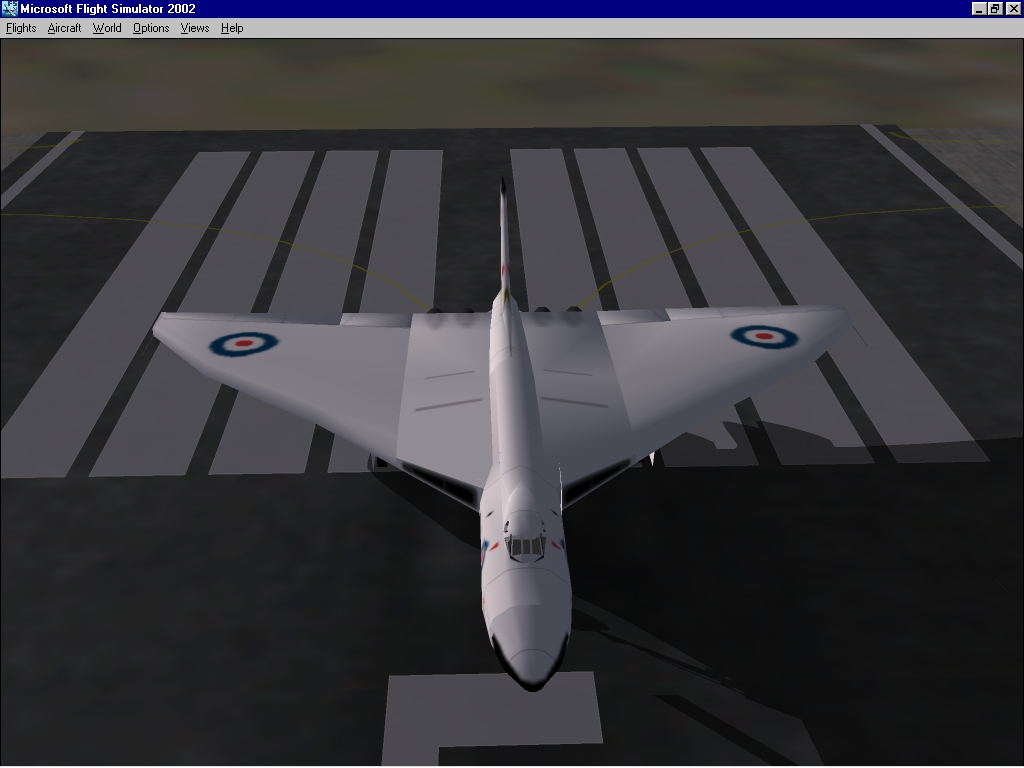 local_airportAvro Vulcan
local_airportAvro VulcanTo see the mighty Vulcan in action check out the James Bond movie Thunderball. What an utterly fantastic looking aircraft - a flying sculpture!
precision_manufacturingAvro
tagJet
tagMilitary
tagBomber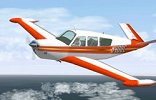 local_airportBeechcraft Bonanza
local_airportBeechcraft Bonanza"Beechcraft Bonanza is an American general aviation aircraft introduced in 1947 by Beech Aircraft Corporation of Wichita, Kansas. The six-seater, single-engined aircraft is still being produced by Beechcraft and has been in continuous production longer than any other aircraft in history.? - Wiki
precision_manufacturingBeechcraft
tagProp
tagCivil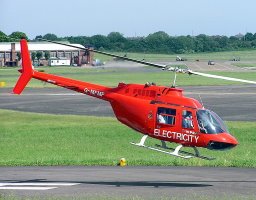 local_airportBell 206 JetRanger
local_airportBell 206 JetRanger" The Bell 206B JetRanger is one of the most popular general purpose helicopters ever built. It is a single pilot, five-place, single-engine light helicopter. The JetRanger has tubular steel landing skids and can be equipped with pop-out or fixed floats for water operations." - from Microsoft Flight Simulator 98.
precision_manufacturingBell
tagRotary Wing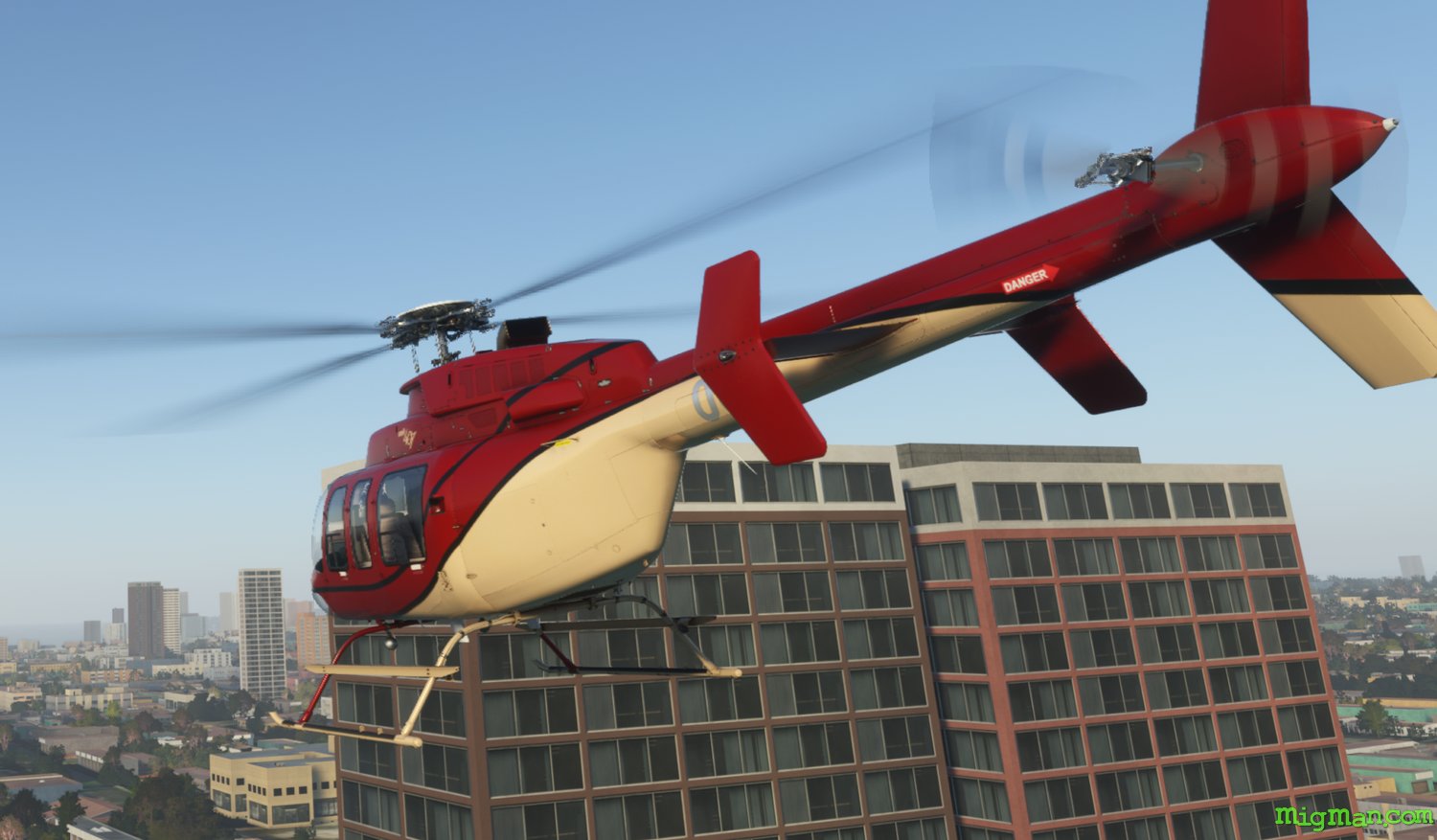 local_airportBell 407
local_airportBell 407"Four-blade, single-engine, civil utility helicopter. A derivative of the Bell 206L-4 LongRanger, the 407 uses the four-blade, soft-in-plane design rotor with composite hub developed for the United States Army's OH-58D Kiowa Warrior instead of the two-blade, semi-rigid, teetering rotor of the 206L-4. Wikipedia"
precision_manufacturingBell
tagRotary Wing
local_airportBell 47
"The 47 became the first helicopter certified for civilian use on 8 March 1946." - Wikipedia
precision_manufacturingBell
tagRotary Wing
local_airportBell H-13 Sioux
"The United States Army first ordered Bell 47s in 1948 under the designation H-13. These would later receive the name Sioux." - Wikipedia
precision_manufacturingBell
tagRotary Wing
local_airportBell Boeing V-22 Osprey
precision_manufacturingBell
precision_manufacturingBoeing
tagProp
local_airportBlackburn Buccaneer
British carrier-capable attack aircraft designed in the 1950s - Wikipedia
precision_manufacturingBlackburn
tagJet
tagMilitary
tagBomber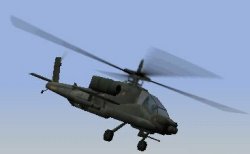 local_airportBoeing AH-64 Apache
local_airportBoeing AH-64 ApachePremiere US helicopter gunship.
precision_manufacturingBoeing
tagRotary Wing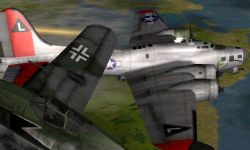 local_airportBoeing B-17 Flying Fortress
local_airportBoeing B-17 Flying FortressStaple of the Allied effort in WWII.
precision_manufacturingBoeing
tagProp
tagMilitary
tagBomber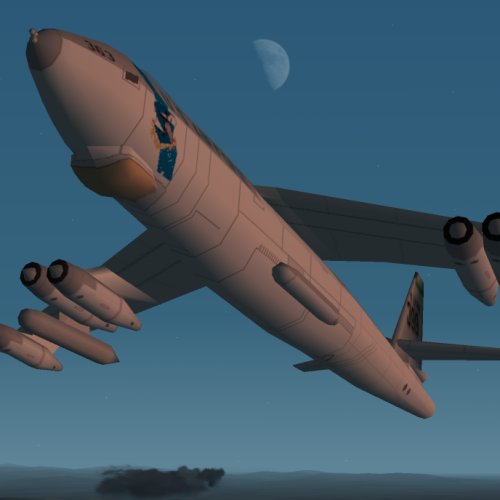 local_airportBoeing B-47 Stratojet
local_airportBoeing B-47 Stratojet"The first jet-powered strategic bomber to serve with USAF, over 2100 were produced. "
precision_manufacturingBoeing
tagJet
tagMilitary
tagBomber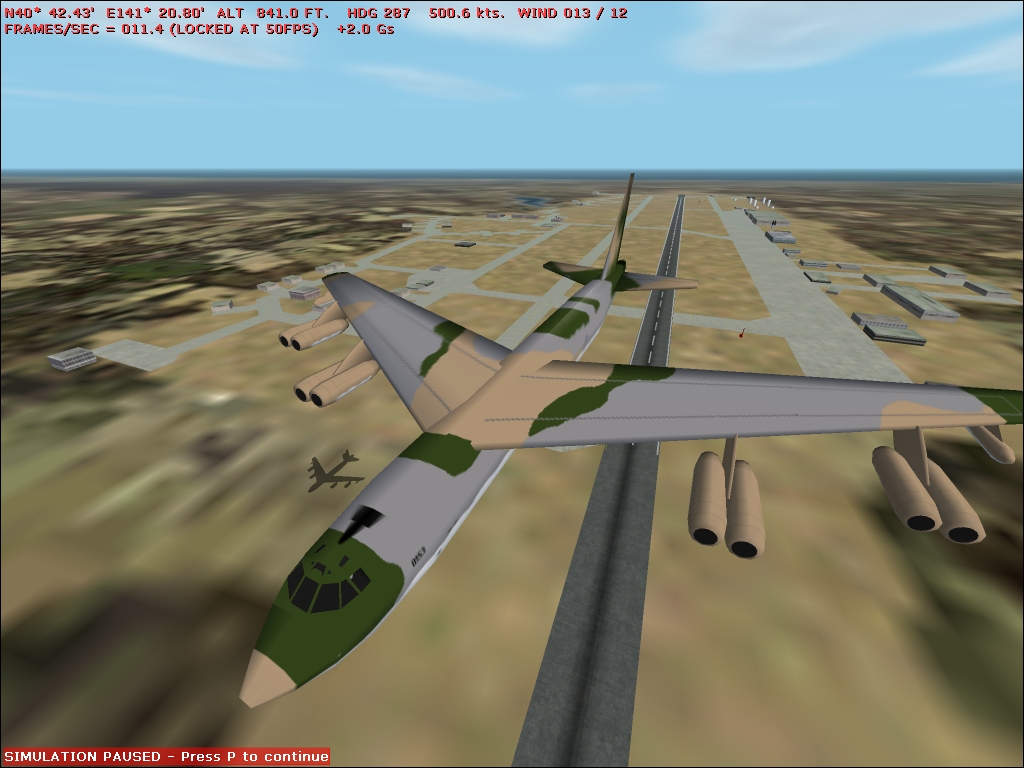 local_airportBoeing B-52 Stratofortress
local_airportBoeing B-52 StratofortressStarting this beast up and watching the Engine indicators - count them! - come to life is fun. Landing it is even more fun!
precision_manufacturingBoeing
tagJet
tagMilitary
tagBomber
local_airportBoeing C-40 Clipper
Military version of the Boeing 737-700C.
precision_manufacturingBoeing
tagProp
local_airportBoeing CH-67 Huron
"A twin-engine, tandem rotor heavy-lift helicopter. It is a modernized version of the CH-47 Chinook and its primary role is the transportation of troops, vehicles and cargo. The Huron exists in two variants: the armed variant with two side gunners manning 6.5 mm gatling guns, and the transport version which replaces the gunners with two additional passenger positions."
precision_manufacturingBoeing
tagRotary Wing
tagFictional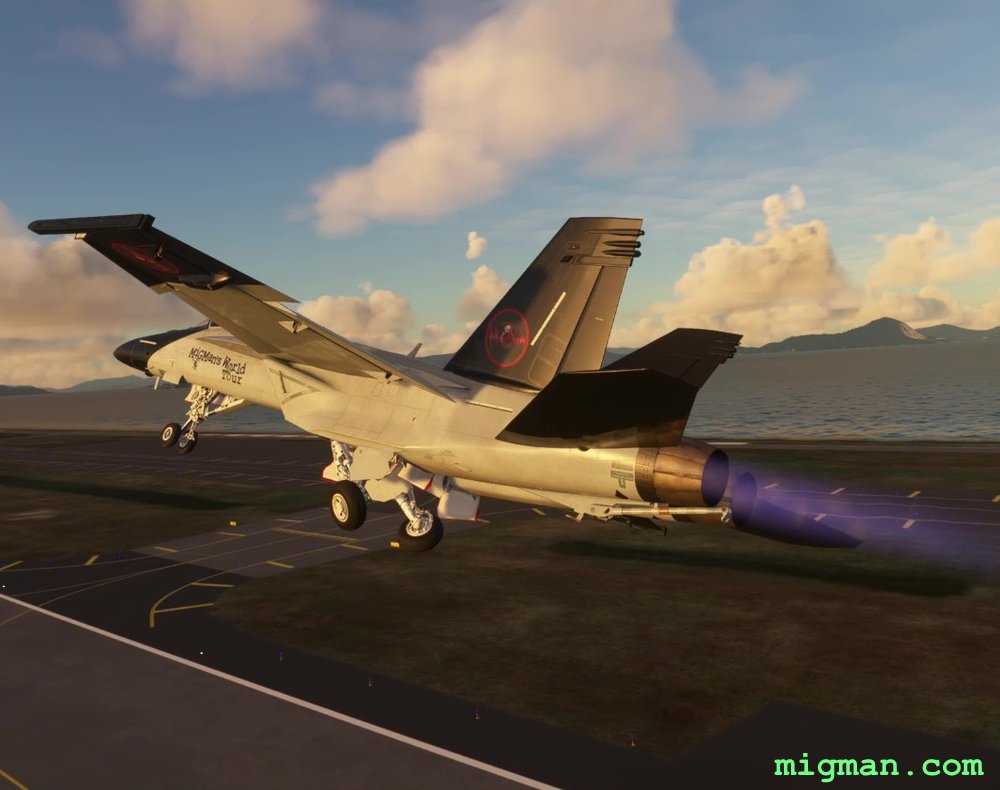 local_airportBoeing F/A-18E Super Hornet
local_airportBoeing F/A-18E Super HornetAbout 1/3 larger than the F/A-18, the Superhornet brings increased range and payload to the series. The aircraft received wide exposure in the 2023 movie " Top Gun Maverick".
precision_manufacturingBoeing
tagJet
tagMilitary
tagCarrier
local_airportBoeing–Sikorsky RAH-66 Comanche
precision_manufacturingBoeing–Sikorsky
tagRotary Wing
tagMilitary
local_airportBombardier CRJ
Family of regional jets introduced in 1991 by Bombardier Aerospace. Acquired by Mitsubishi in 2020. Wikipedia
precision_manufacturingBombardier
tagCivil
tagJet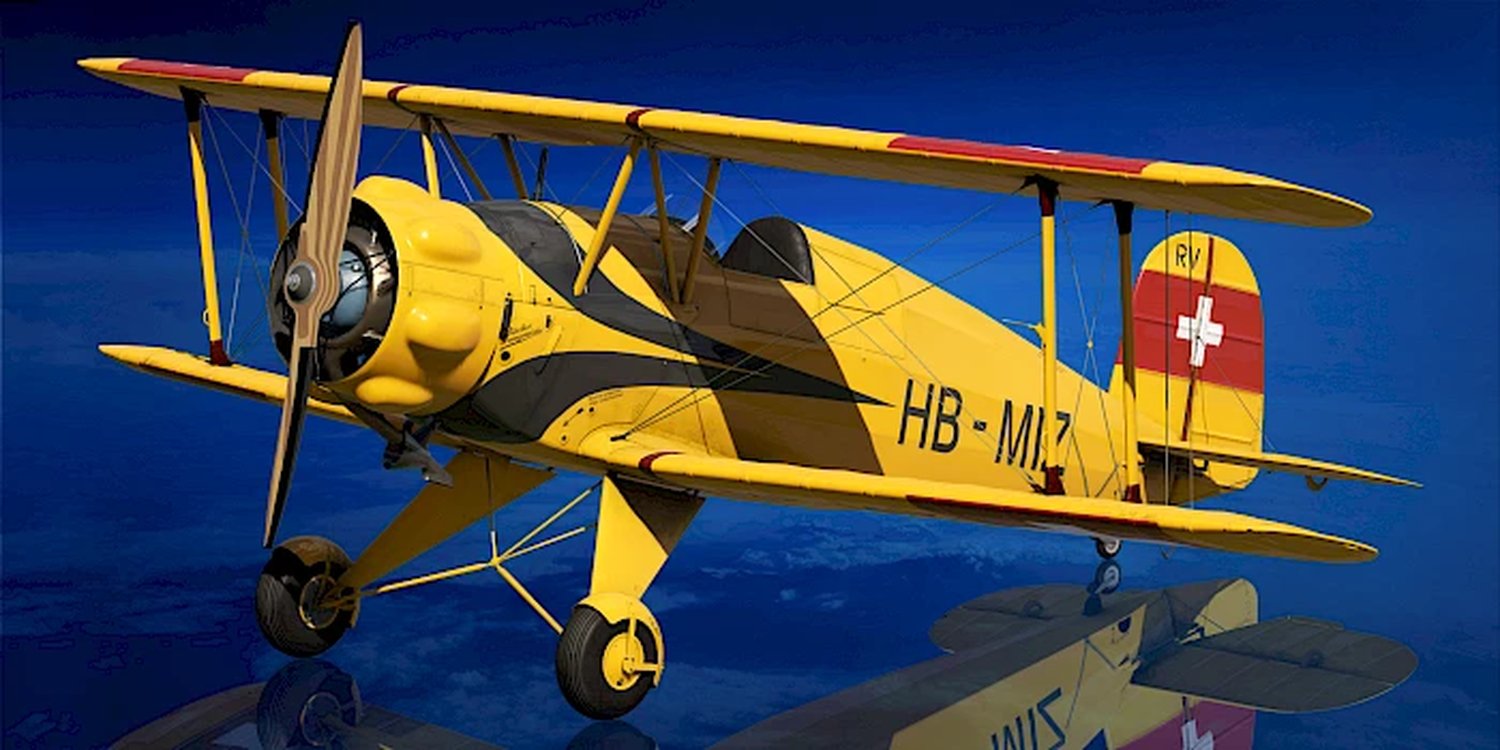 local_airportBucker Bu-133 Jungmeister
local_airportBucker Bu-133 JungmeisterAerobatic biplane and trainer
precision_manufacturingBucker
tagProp
tagMilitary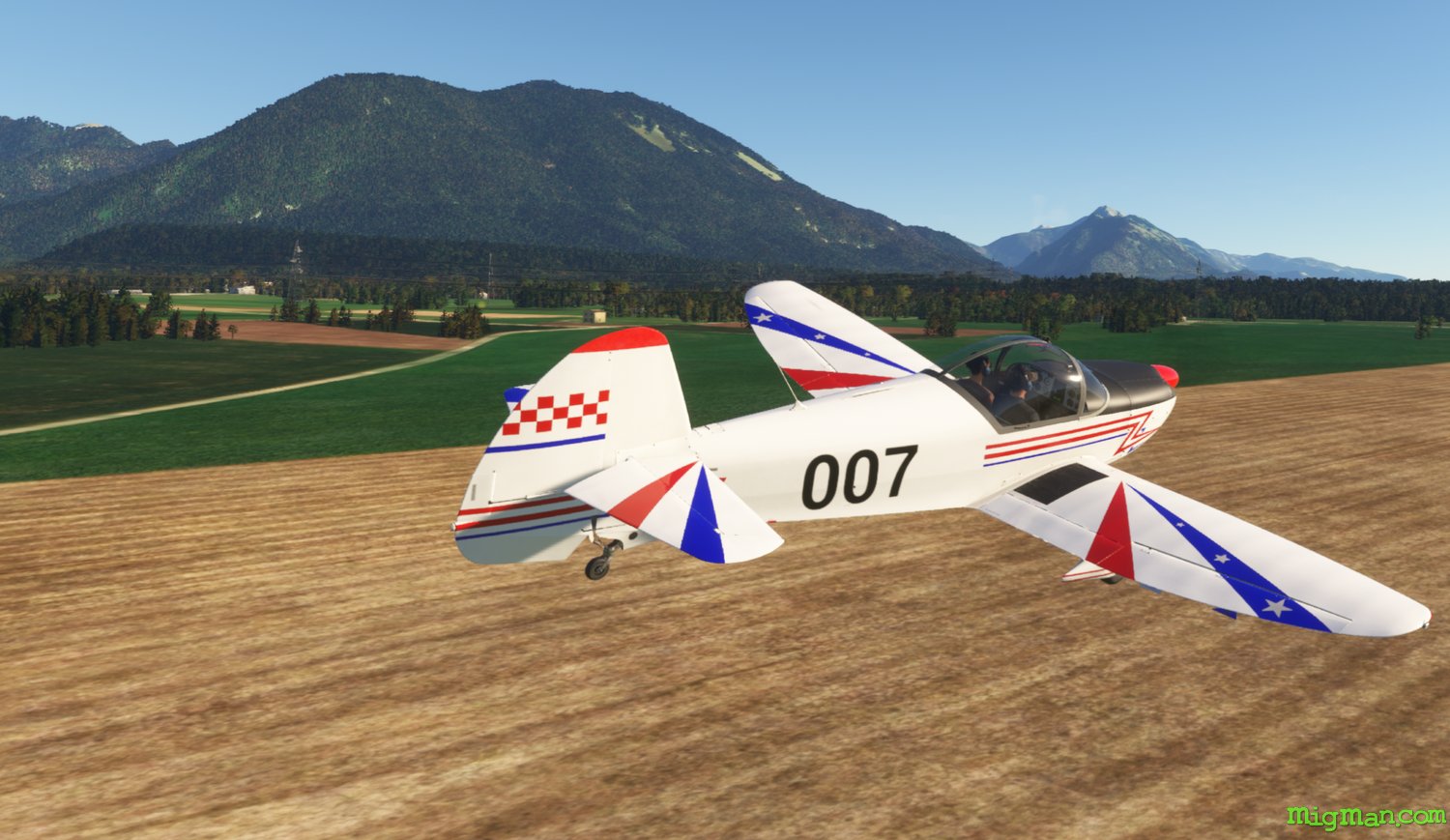 local_airportCAP Industries CAP 10
local_airportCAP Industries CAP 10"two-seat training aerobatic aircraft first built in 1970 and still in production in 2007. The plane was developed from the Piel Super Emeraude." - Wiki
precision_manufacturingCAP Industries
tagProp
tagCivil
local_airportCessna 150
Two-seat tricycle gear general aviation airplane that was designed for flight training, touring and personal use. In 1977, it was succeeded in production by the Cessna 152, a minor modification to the original design. The Cessna 150 is the fifth most produced aircraft ever, with 23,839 produced. Wikipedia
precision_manufacturingCessna
tagProp
tagCivil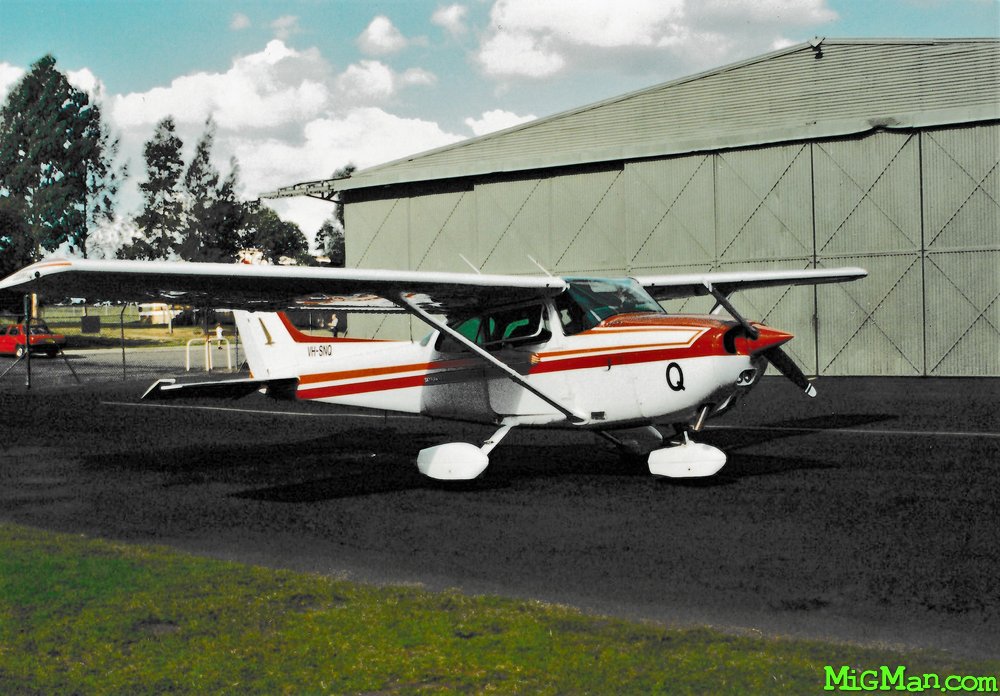 local_airportCessna 172
local_airportCessna 172The Cessna 172 is the most popular training aircraft ever produced at over 44,000 units since 1955.
precision_manufacturingCessna
tagProp
tagCivil
local_airportCessna A-37 Dragonfly
Developed during the Vietnam War in response to military interest in new counter-insurgency aircraft to replace aging types such as the Douglas A-1 Skyraider. Wikipedia
precision_manufacturingCessna
tagJet
tagMilitary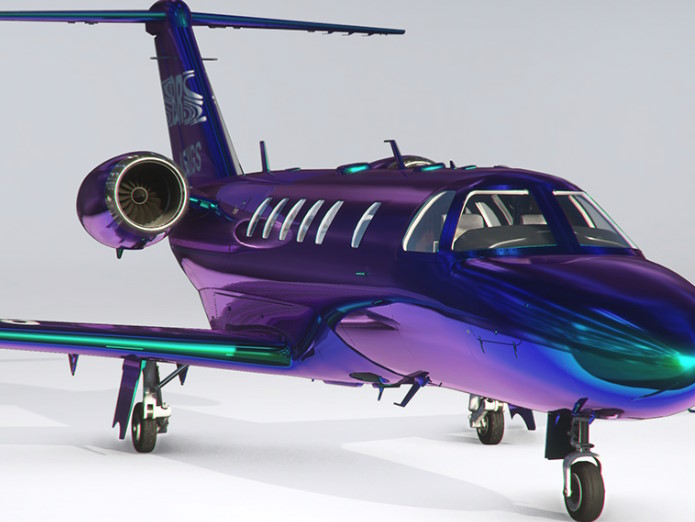 local_airportCessna Citation
local_airportCessna CitationFamily of business jets by Cessna that started in 1972 with the entry into service of the first model. In the fifty years following the 1969 first flight, more than 7,500 Citations were delivered, forming the largest business jet fleet. Wikipedia
precision_manufacturingCessna
tagCivil
tagJet
local_airportCessna O-1 Bird Dog
Liaison and observation aircraft that first flew on December 14, 1949, and entered service in 1950 as the L-19 in the Korean War. It went to serve in many branches of the U.S. Armed Forces, was not retired until the 1970s in a number of variants, and also served in the Vietnam War. Wikipedia
precision_manufacturingCessna
tagProp
tagMilitary
local_airportCessna O-2 Skymaster
Military version of the Cessna 337 Super Skymaster, used for forward air control and psychological operations by the US military between 1967 and 2010. Wikipedia
precision_manufacturingCessna
tagProp
tagMilitary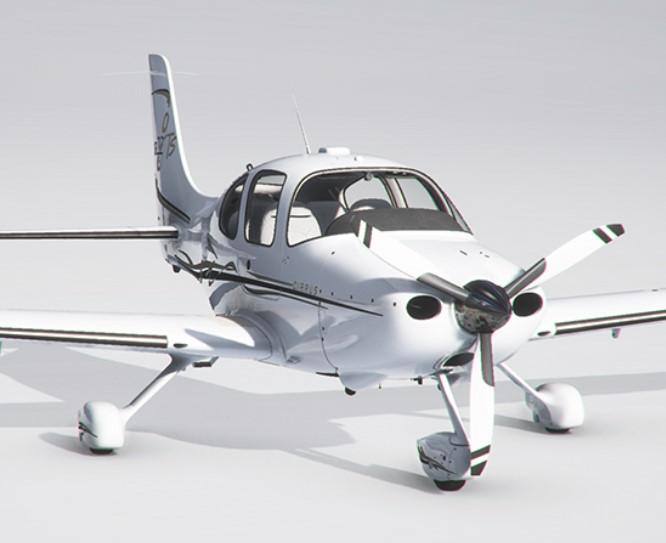 local_airportCirrus SR22
local_airportCirrus SR22" development of the Cirrus SR20, with a larger wing, higher fuel capacity, and a more powerful, 310-horsepower (231 kW) engine"
precision_manufacturingCirrus
tagProp
tagCivil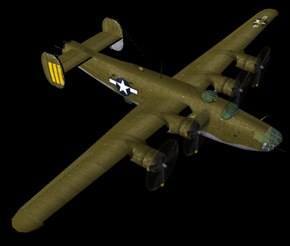 local_airportConsolidated B-24 Liberator
precision_manufacturingConsolidated
tagProp
tagMilitary
tagBomber
local_airportConsolidated B-24 Liberator
precision_manufacturingConsolidated
tagProp
tagMilitary
tagBomber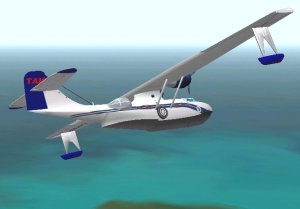 local_airportConsolidated PBY Catalina
precision_manufacturingConsolidated
tagProp
tagMilitary
tagAmphibious
local_airportConsolidated PBY Catalina
precision_manufacturingConsolidated
tagProp
tagMilitary
tagAmphibious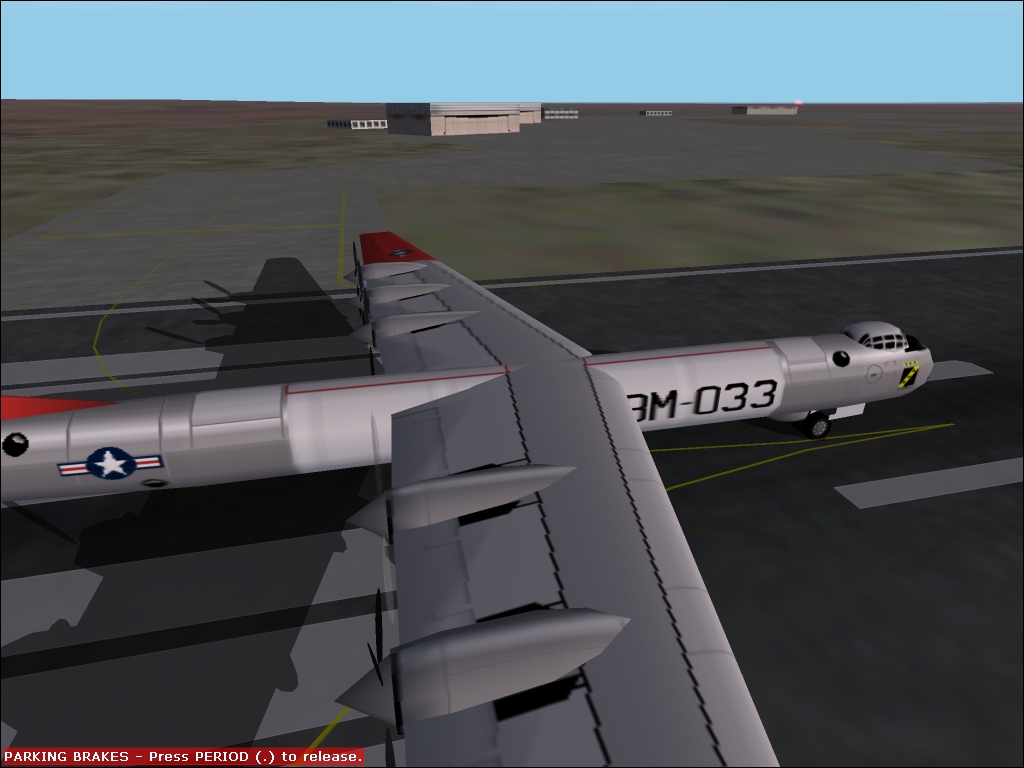 local_airportConvair B-36 Peacemaker
local_airportConvair B-36 PeacemakerPowered by 6 28-cyl radials (and later 4 turbojets as well), the B-36 flew high and slow. It was not uncommon to stay aloft for 2 days without refuelling.
precision_manufacturingConvair
tagProp
tagMilitary
tagBomber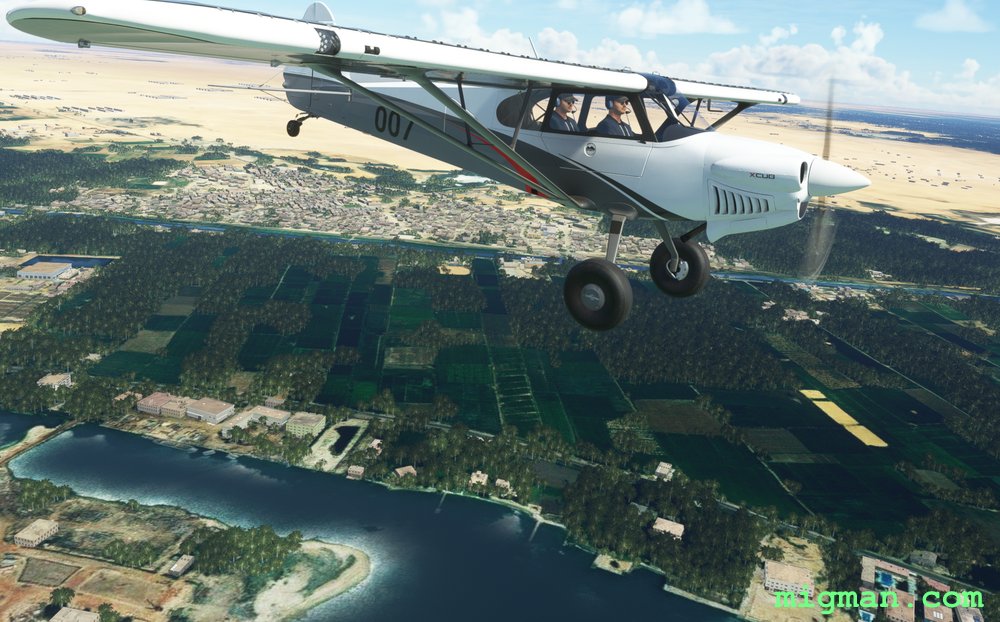 local_airportCubCrafters XCub
local_airportCubCrafters XCubA thoroughly modern evolution of the venerable Piper Cub, the X Cubs are optimised for off-road adventuring! The NX has a moving map and higher performance.
precision_manufacturingCubCrafters
tagProp
tagCivil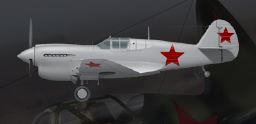 local_airportCurtiss P-40 P-40 Warhawk |
Tomahawk | Kittyhawk
precision_manufacturingCurtiss
tagProp
tagMilitary
local_airportCurtiss P-40 P-40 Warhawk |
Tomahawk | Kittyhawk
precision_manufacturingCurtiss
tagProp
tagMilitary
local_airportDassault SEPECAT Jaguar
Anglo-French supersonic jet attack aircraft.. close air support and nuclear strike role. - Wikipedia
precision_manufacturingDassault
tagJet
tagBomber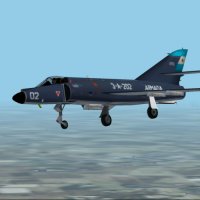 local_airportDassault-Breguet Super Etendard
precision_manufacturingDassault-Breguet
tagJet
tagMilitary
local_airportDassault-Breguet Super Etendard
precision_manufacturingDassault-Breguet
tagJet
tagMilitary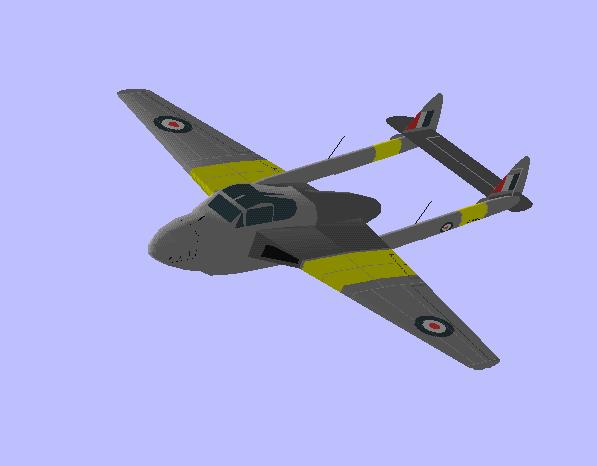 local_airportde Havilland Vampire
local_airportde Havilland VampireI spoke to an Australian former Vampire pilot some years back. He told me that the Vampire had several throttle settings which were not used because of vibration. Naturally enough, in accordance with 'Murphy's Law', when flying the circuit the throttle settings you wanted to use corresponded exactly with those vibration zones!
precision_manufacturingde Havilland
tagJet
tagMilitary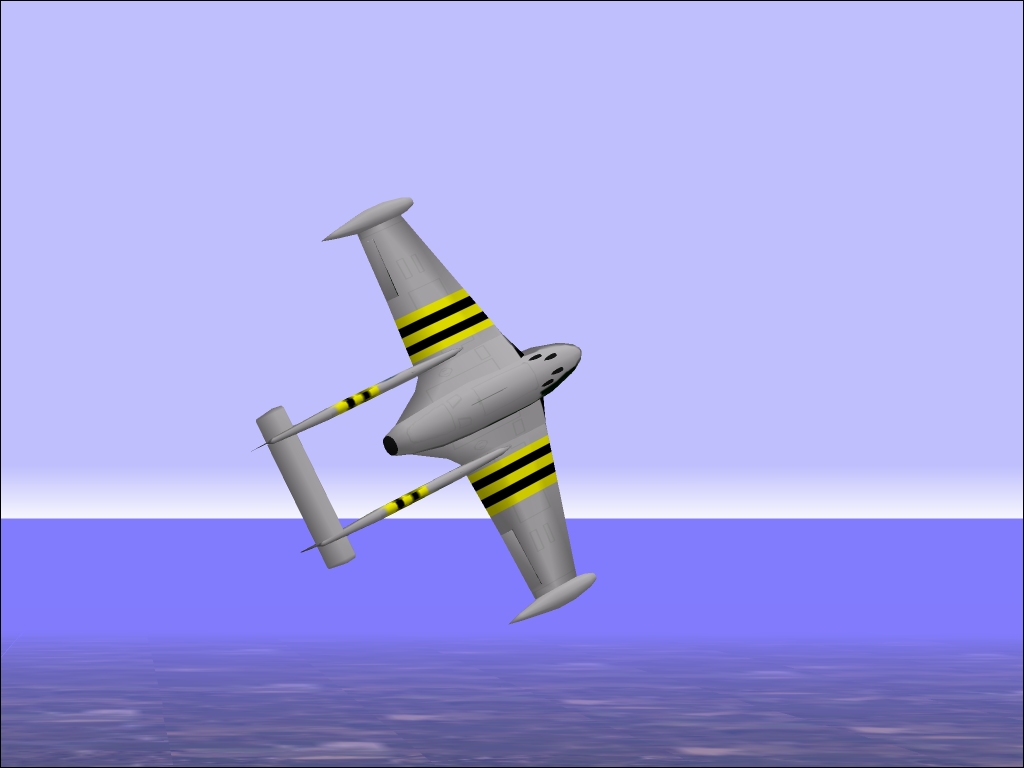 local_airportde Havilland Venom
local_airportde Havilland VenomDesigned in 1949 as the successor to the Vampire, the Venom's more powerful Ghost engine and its stronger airframe made for a much more effective aircraft.
precision_manufacturingde Havilland
tagJet
tagMilitary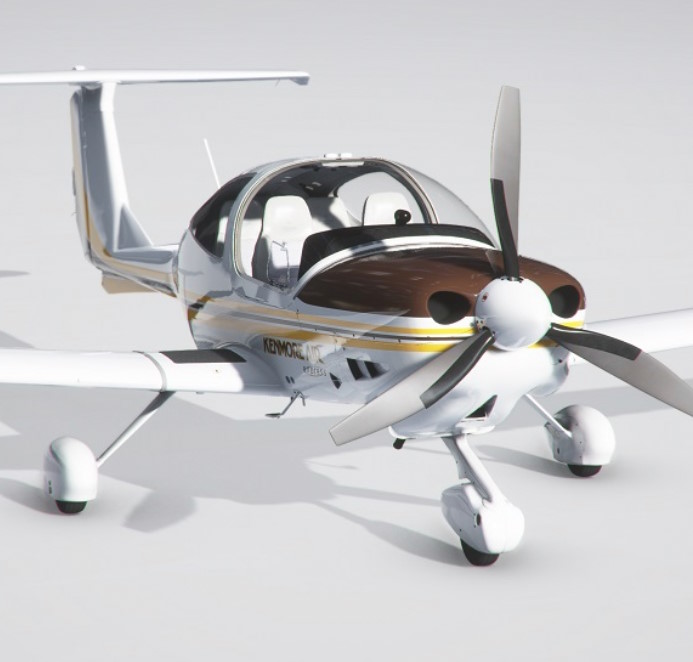 local_airportDiamond DA40
local_airportDiamond DA40"Austrian four-seat, single-engine, light aircraft constructed from composite materials." - Wiki
precision_manufacturingDiamond
tagProp
tagCivil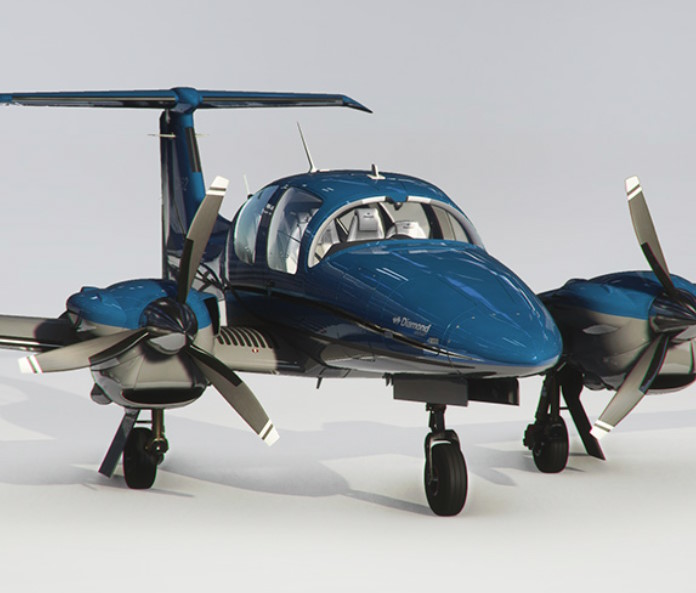 local_airportDiamond DA62
local_airportDiamond DA62"5-7 seat, twin-engine light aircraft | first flight March 2012" - Wiki
precision_manufacturingDiamond
tagProp
tagCivil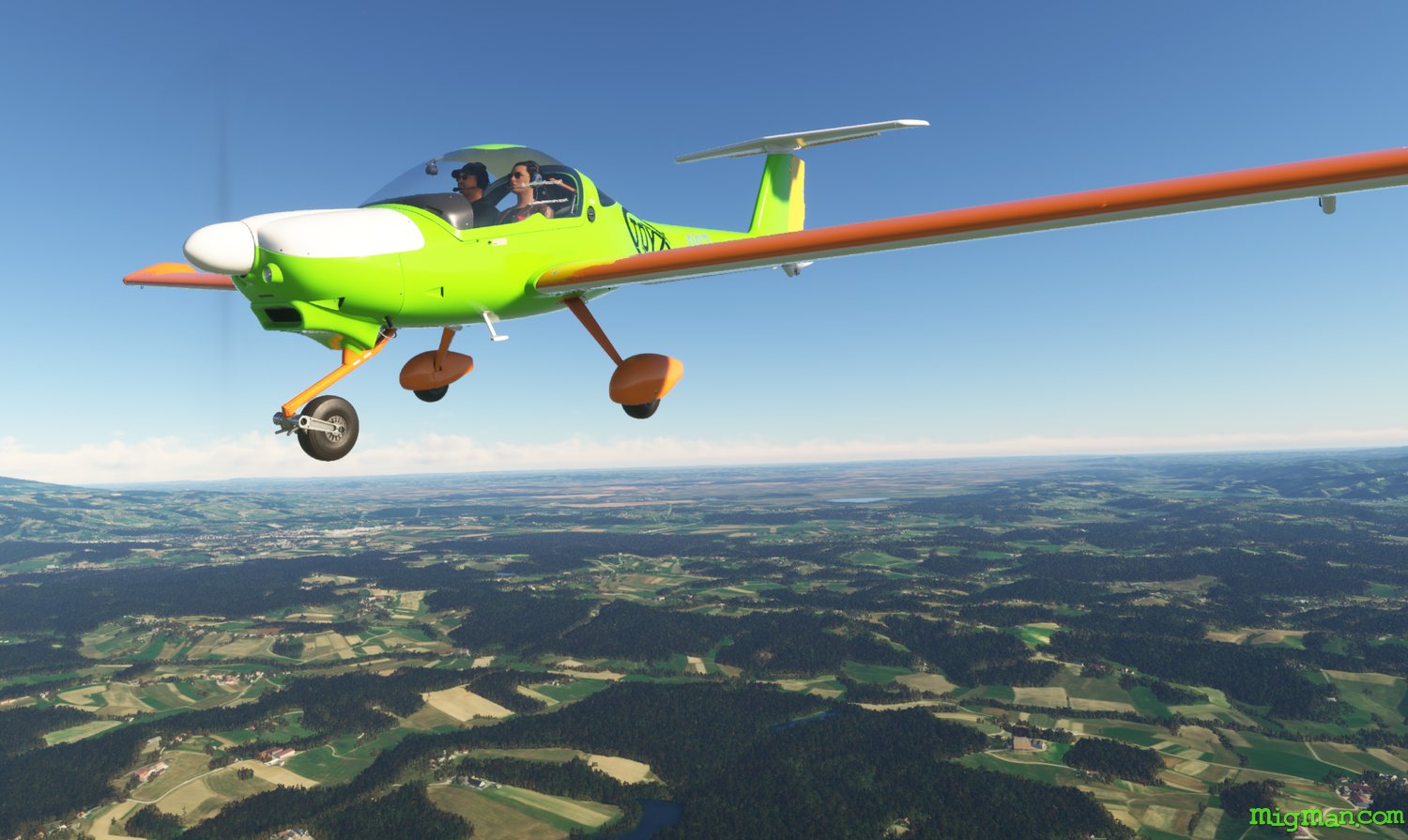 local_airportDiamond DV20 Katana
local_airportDiamond DV20 Katana"Austrian-designed two-seat tricycle gear general aviation light aircraft." - Wiki
precision_manufacturingDiamond
tagProp
tagCivil
local_airportDouglas C-47 Dakota/Skytrain
precision_manufacturingDouglas
tagProp
tagMilitary
tagTransport
local_airportDouglas C-74 Globemaster
precision_manufacturingDouglas
tagMilitary
tagBomber
tagTransport
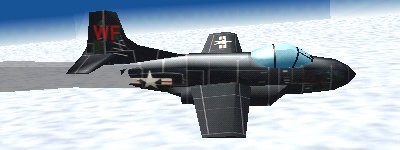 local_airportDouglas F3D Skyknight
local_airportDouglas F3D SkyknightTwin-engined, mid-wing jet fighter aircraft designed and manufactured by the Douglas Aircraft Company. It was designed in response to a 1945 United States Navy requirement for a jet-powered, radar-equipped, carrier-based night fighter. Wikipedia
precision_manufacturingDouglas
tagProp
tagMilitary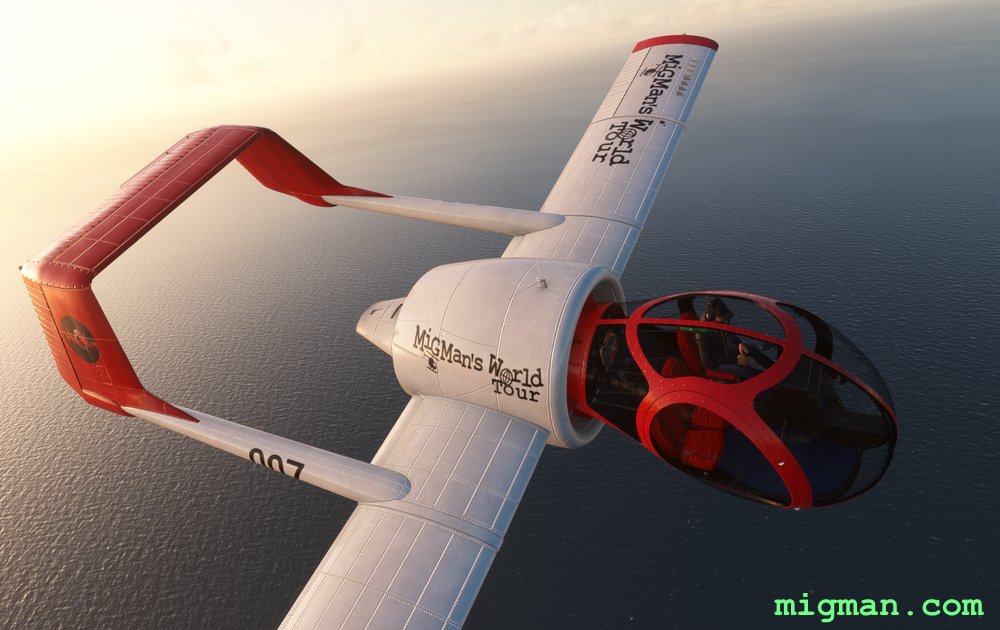 local_airportEdgley EA-7 Optica
local_airportEdgley EA-7 OpticaCruise ~ 80-100 kts | Livery by Donka. | Has to he hands down the best view out of the cockpit short of flying a gyrocopter, which has no protection from the elements. Plus, this plane is a veritable head-turner!
precision_manufacturingEdgley
tagProp
tagCivil
tagMiGForce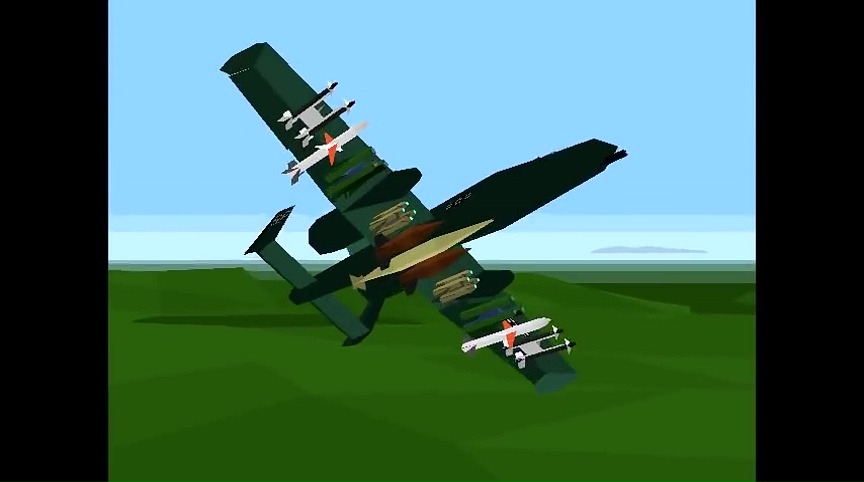 local_airportFairchild Republic A-10 Thunderbolt/Warthog
local_airportFairchild Republic A-10 Thunderbolt/WarthogA-10-C Thunderbolt II
precision_manufacturingFairchild Republic
tagJet
tagMilitary
local_airportFairey Delta 2
Fairey Delta 2 or FD2 is a British supersonic research aircraft that was produced by the Fairey Aviation Company in response to a specification from the Ministry of Supply for a specialised aircraft for conducting investigations into flight and control at transonic and supersonic speeds. Wikipedia
precision_manufacturingFairey
 local_airportFictional F-19 Stealth Fighter
precision_manufacturingFictional
tagJet
tagMilitary
tagBomber
local_airportFictional F-19 Stealth Fighter
precision_manufacturingFictional
tagJet
tagMilitary
tagBomber
local_airportFieseler Fi 103R Reichenburg
Manned version of the V-1 flying bomb. Wikipedia
precision_manufacturingFieseler
tagJet
tagMilitary
local_airportFlettner Fl 282 Kolibri
Single-seat intermeshing rotor helicopter, or synchropter | world's first series production helicopter. Wikipedia
precision_manufacturingFlettner
tagRotary Wing
tagMilitary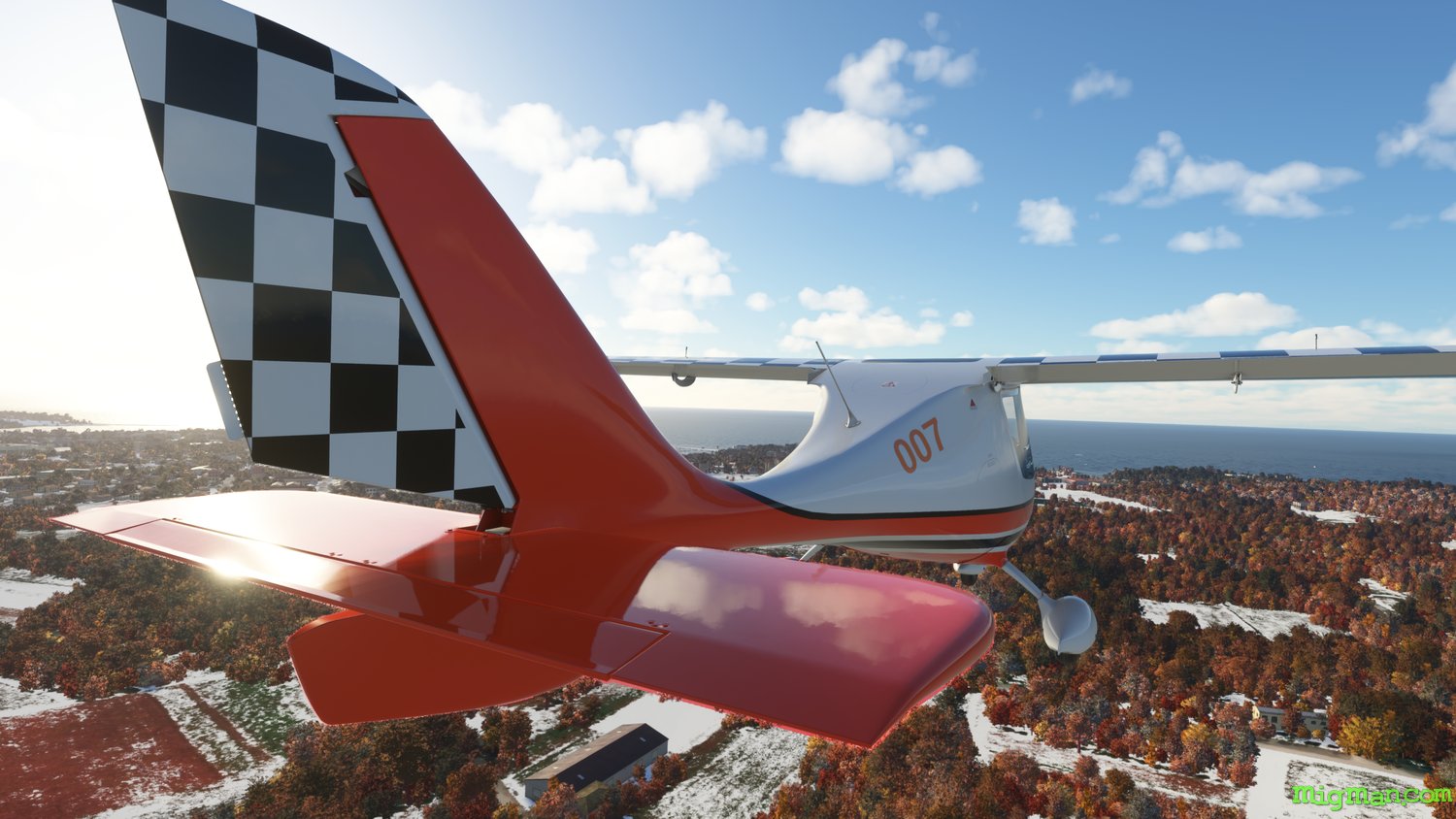 local_airportFlight Design CT
local_airportFlight Design CT"Family of high-wing, tricycle undercarriage, two seat, ultralight and light-sport aircraft" - Wikipedia
precision_manufacturingFlight Design
tagProp
tagCivil
local_airportFocke-Wulf Ta 152
High-altitude fighter-interceptor designed by Kurt Tank. Development of the Fw 190 aircraft. Wikipedia
precision_manufacturingFocke-Wulf
tagProp
tagMilitary
local_airportFokker E Eindecker
Eindecker ("one wing") | World War I.
precision_manufacturingFokker
tagProp
tagMilitary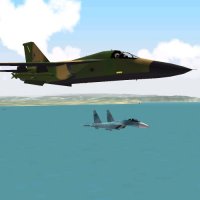 local_airportGeneral Dynamics F-111 Aardvark
precision_manufacturingGeneral Dynamics
tagJet
tagMilitary
tagBomber
local_airportGeneral Dynamics F-111 Aardvark
precision_manufacturingGeneral Dynamics
tagJet
tagMilitary
tagBomber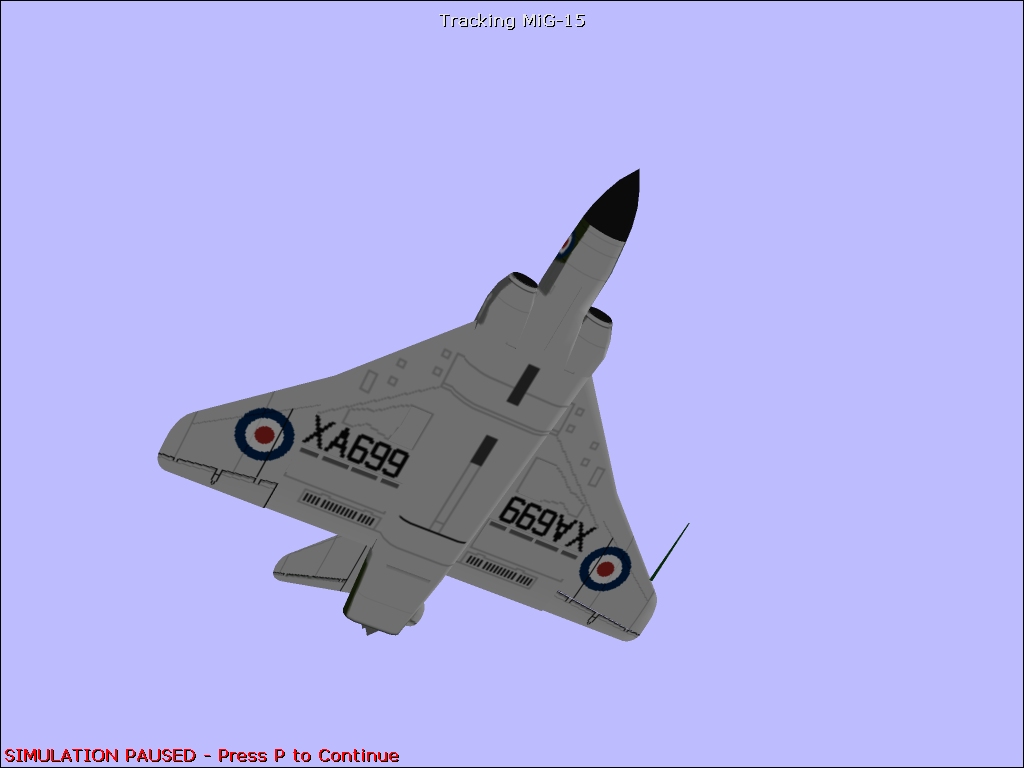 local_airportGloster Javelin
local_airportGloster JavelinAs the RAF's first purpose-built night and all-weather interceptor, the Javelin was a large aircraft who's thick delta wing prohibited supersonic flight. First flown in 1951, many variants were produced, the latter ones with afterburning engines.
precision_manufacturingGloster
tagProp
tagMilitary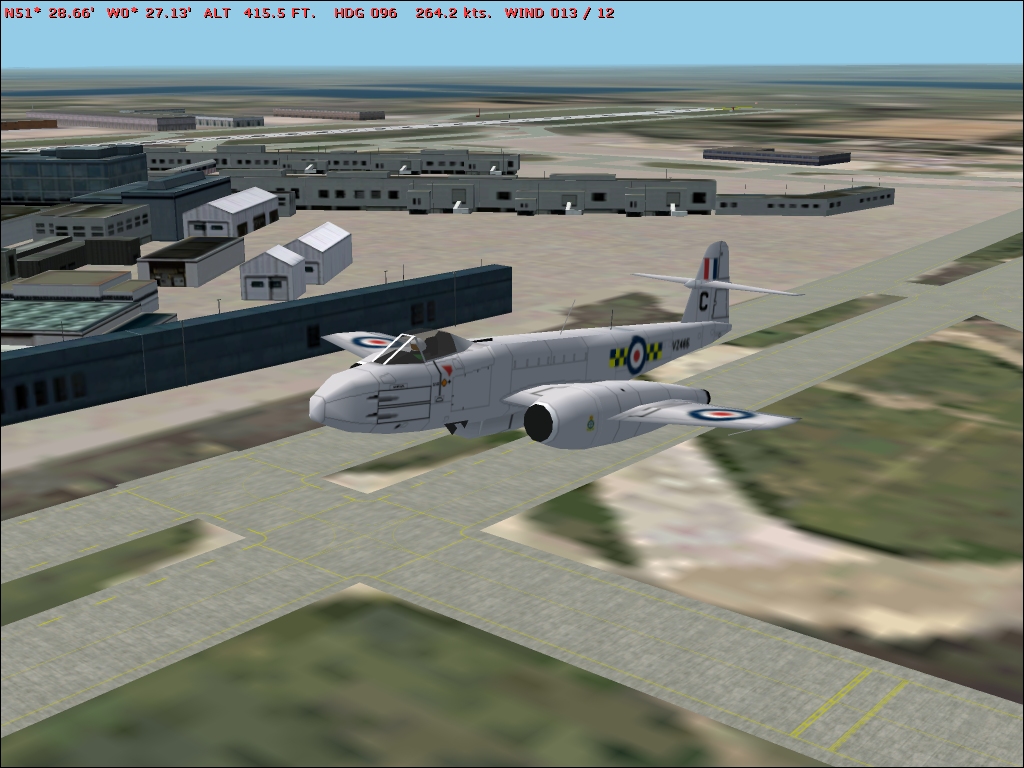 local_airportGloster Meteor
local_airportGloster MeteorAs the Allies' first operational jet fighter, the Meteor underwent rapid development, especially of its engines. The underpowered 1943 prototype was transformed by a sequence of more powerful engines into an outstanding multi-role aircraft.
precision_manufacturingGloster
tagJet
tagMilitary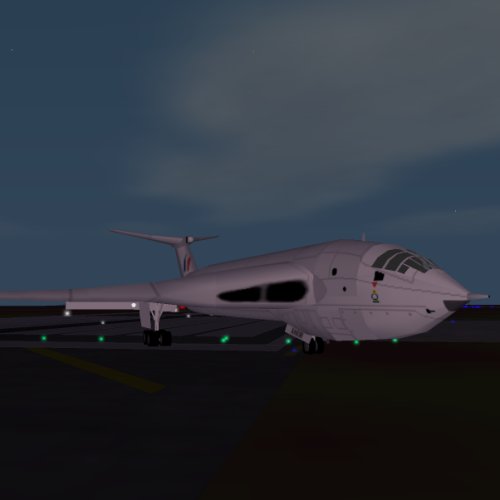 local_airportHandley-Page Victor
local_airportHandley-Page VictorFirst flown in 1952, the 'crescent' wing was a tremendous technical achievement. However, Soviet missile advances soon rendered the Victor's mission obsolete and despite being upgraded to B2 standard in 1959 with its much more powerful engines, the Victor had to be consigned to the low-level role.
precision_manufacturingHandley-Page
tagJet
tagMilitary
local_airportHawker 800
Mid-size twinjet corporate aircraft. ... development of the British Aerospace 125. Wikipedia
precision_manufacturingHawker
tagJet
tagCivil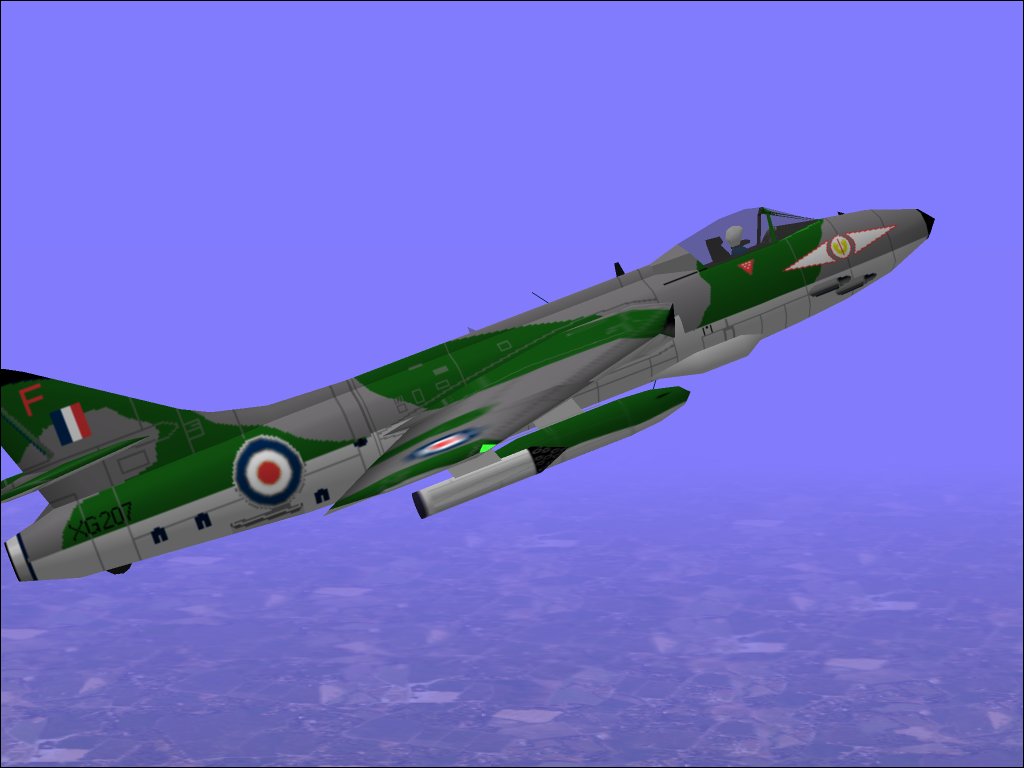 local_airportHawker Hunter
local_airportHawker Hunter"... all the various marques of Hunter were a delight to fly and much admired by their pilots. Many still fly today in the hands of private owners. Total production was 1,985, 79 types flew with 17 air forces."
precision_manufacturingHawker
tagJet
tagMilitary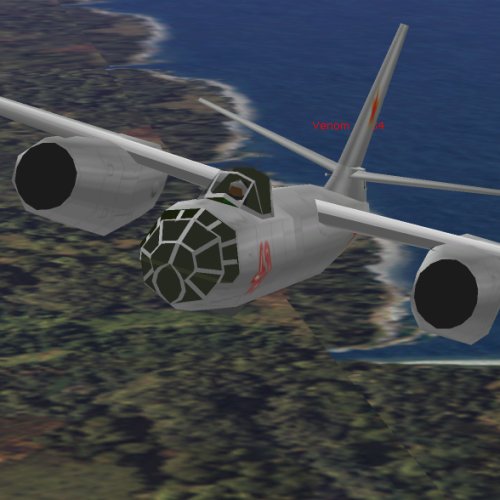 local_airportIlyushin Il-28 Beagle
local_airportIlyushin Il-28 Beagle"The Il-28 was the mainstay of the medium bomber fleets of the Soviet bloc countries for most of the '50s."
precision_manufacturingIlyushin
tagProp
tagMilitary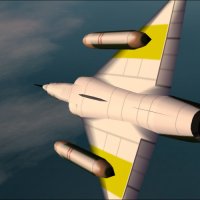 local_airportIsrael Aircraft Industries IAI Dagger
precision_manufacturingIsrael Aircraft Industries
tagJet
tagMilitary
local_airportIsrael Aircraft Industries IAI Dagger
precision_manufacturingIsrael Aircraft Industries
tagJet
tagMilitary
local_airportIsrael Aircraft Industries IAI Kfir
precision_manufacturingIsrael Aircraft Industries
tagJet
tagMilitary
local_airportIsrael Aircraft Industries IAI Lavi
Single-engined fourth-generation multirole jet fighter developed in Israel during the 1980s. Wikipedia
precision_manufacturingIsrael Aircraft Industries
tagJet
tagMilitary
local_airportIsrael Aircraft Industries IAI Nesher
precision_manufacturingIsrael Aircraft Industries
tagJet
tagMilitary
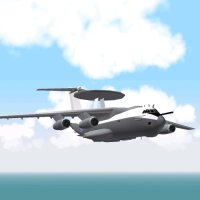 local_airportKamov Ka-50 Hokum A
local_airportKamov Ka-50 Hokum A"Black Shark" Soviet single-seat attack helicopter... coaxial rotor system- Wikipedia
precision_manufacturingKamov
tagRotary Wing
tagMilitary
local_airportLockheed AC-130U Spectre | Spooky | Stinger II | Ghostrider
precision_manufacturingLockheed
tagProp
tagMilitary
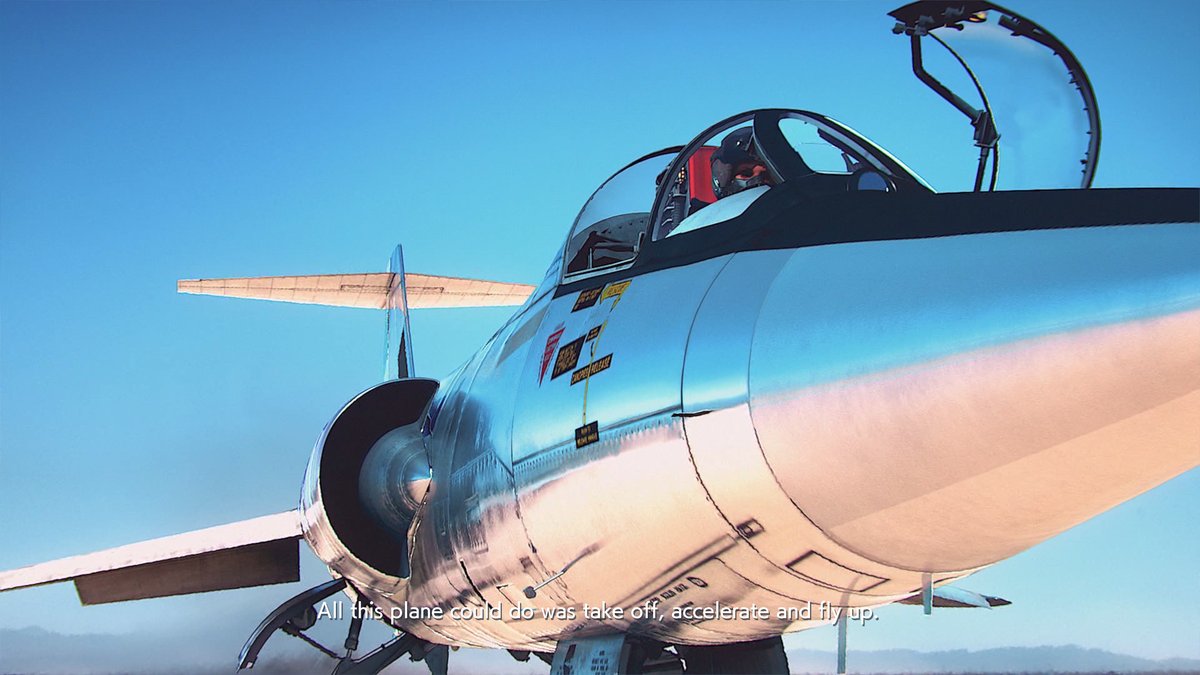 local_airportLockheed F-104 Starfighter
local_airportLockheed F-104 StarfighterS models feature upgraded engines and avionics making them truly all weather fighters and the last production models. The leading edges of the F-104 wings were so sharp the ground crew had to exercise special care not to be cut when working near them!
precision_manufacturingLockheed
tagJet
tagMilitary
tagBomber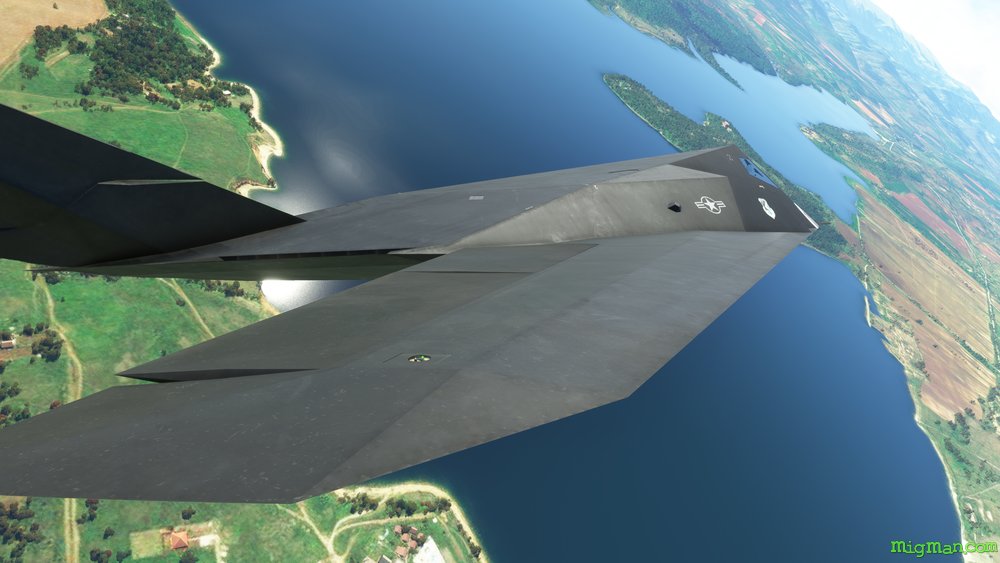 local_airportLockheed F-117 Nighthawk Stealth
local_airportLockheed F-117 Nighthawk StealthLike many flight sim fans, my love affair with the Wobbly Goblin began in 1988 with F-19 Stealth Fighter on my Atari ST.
precision_manufacturingLockheed
tagJet
tagMilitary
local_airportLockheed ASTOVL Advanced Short Takeoff and Vertical
Landing
Advanced Short Takeoff and Vertical
Landing
precision_manufacturingLockheed
local_airportLockheed Martin RQ-3 Darkstar
RQ-3 DarkStar is an unmanned aerial vehicle. Its first flight was on March 29, 1996. The Department of Defense terminated DarkStar in January 1999, after determining the UAV was not aerodynamically stable and was not meeting cost and performance objectives. Wikipedia
precision_manufacturingLockheed
precision_manufacturingMartin
tagJet
tagMilitary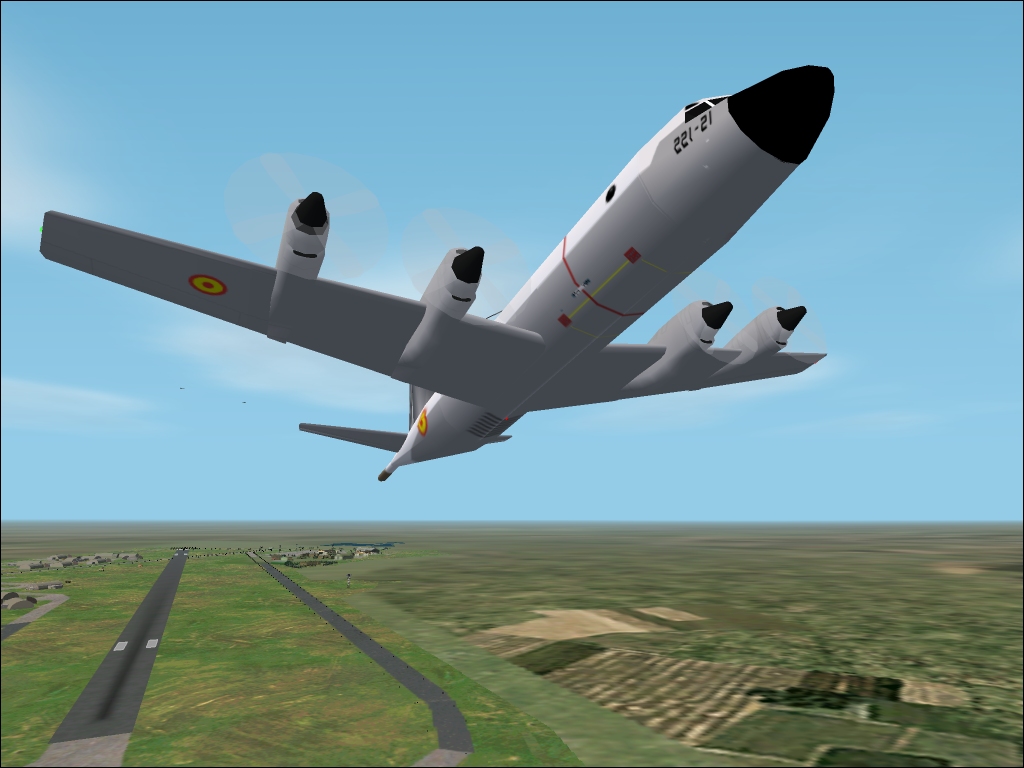 local_airportLockheed P-3 Orion
local_airportLockheed P-3 Orion"Its extreme range and ability to carry offensive weapons on up to 8 hard points make it a potent anti-submarine platform."
precision_manufacturingLockheed
tagProp
tagMilitary
local_airportLockheed U-2
TR-1A: Tactical recon variant of the US Lockheed U-2 - Wikipedia
precision_manufacturingLockheed
tagJet
tagMilitary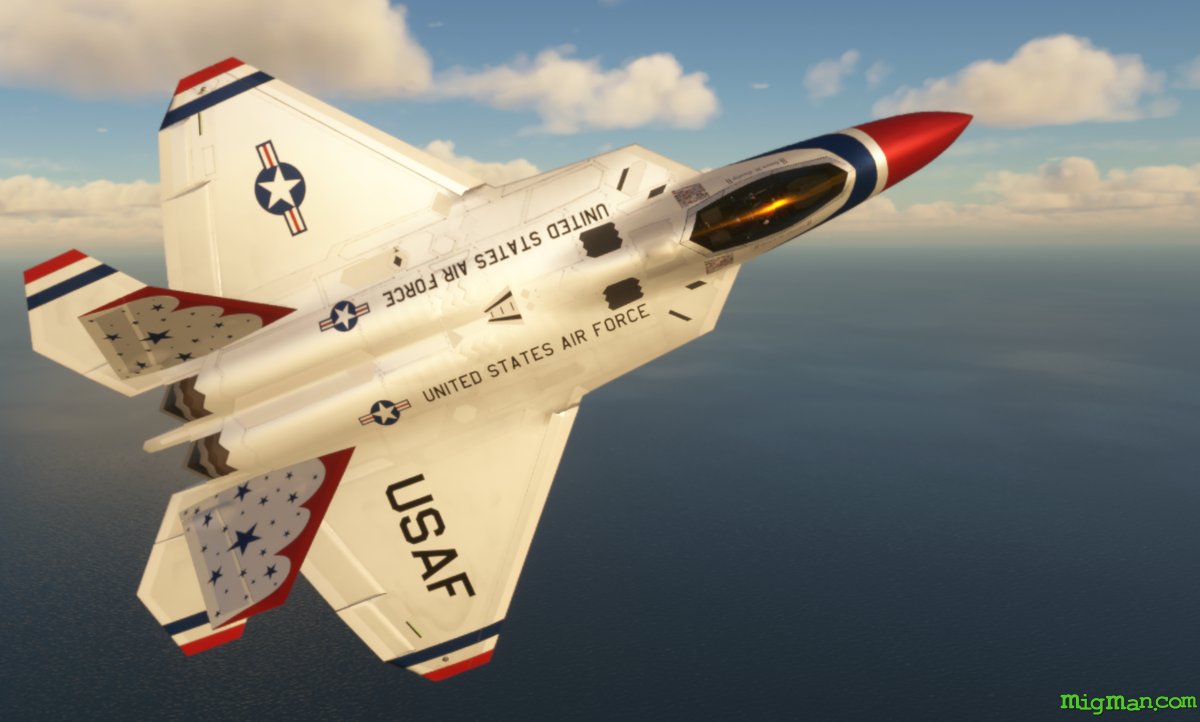 local_airportLockheed Martin F-22 Raptor
precision_manufacturingLockheed Martin
tagJet
tagMilitary
tagFighter
local_airportLockheed Martin F-22 Raptor
precision_manufacturingLockheed Martin
tagJet
tagMilitary
tagFighter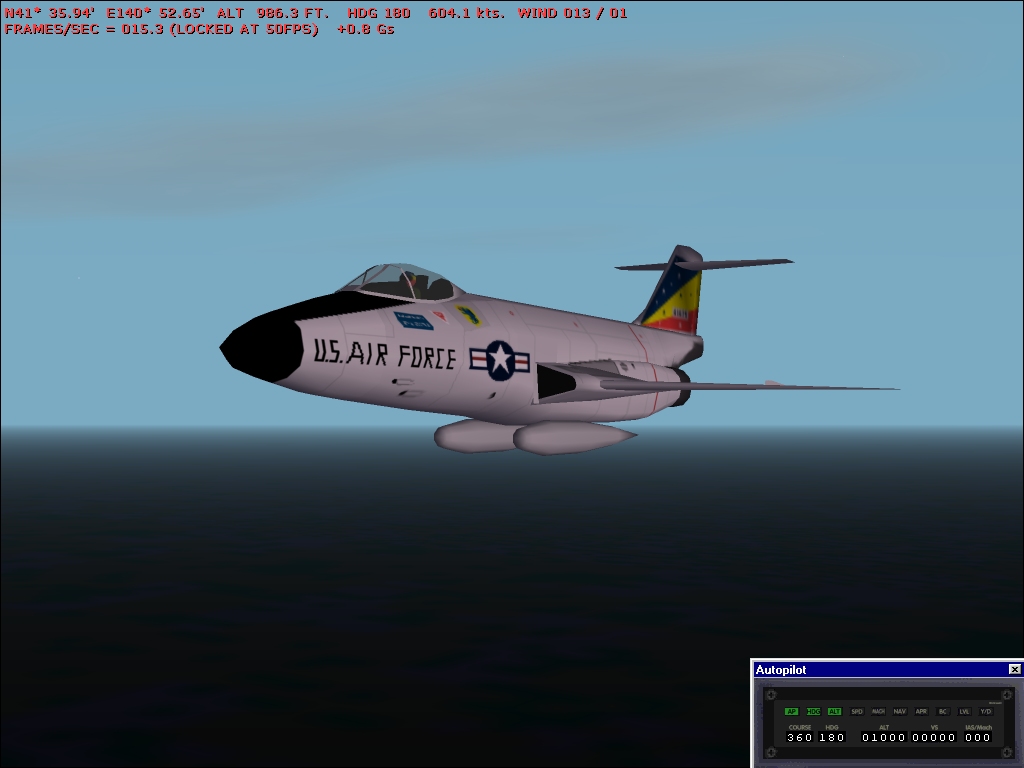 local_airportMcDonnell Douglas F-101 Voodoo
precision_manufacturingMcDonnell Douglas
tagJet
tagMilitary
local_airportMcDonnell Douglas F-101 Voodoo
precision_manufacturingMcDonnell Douglas
tagJet
tagMilitary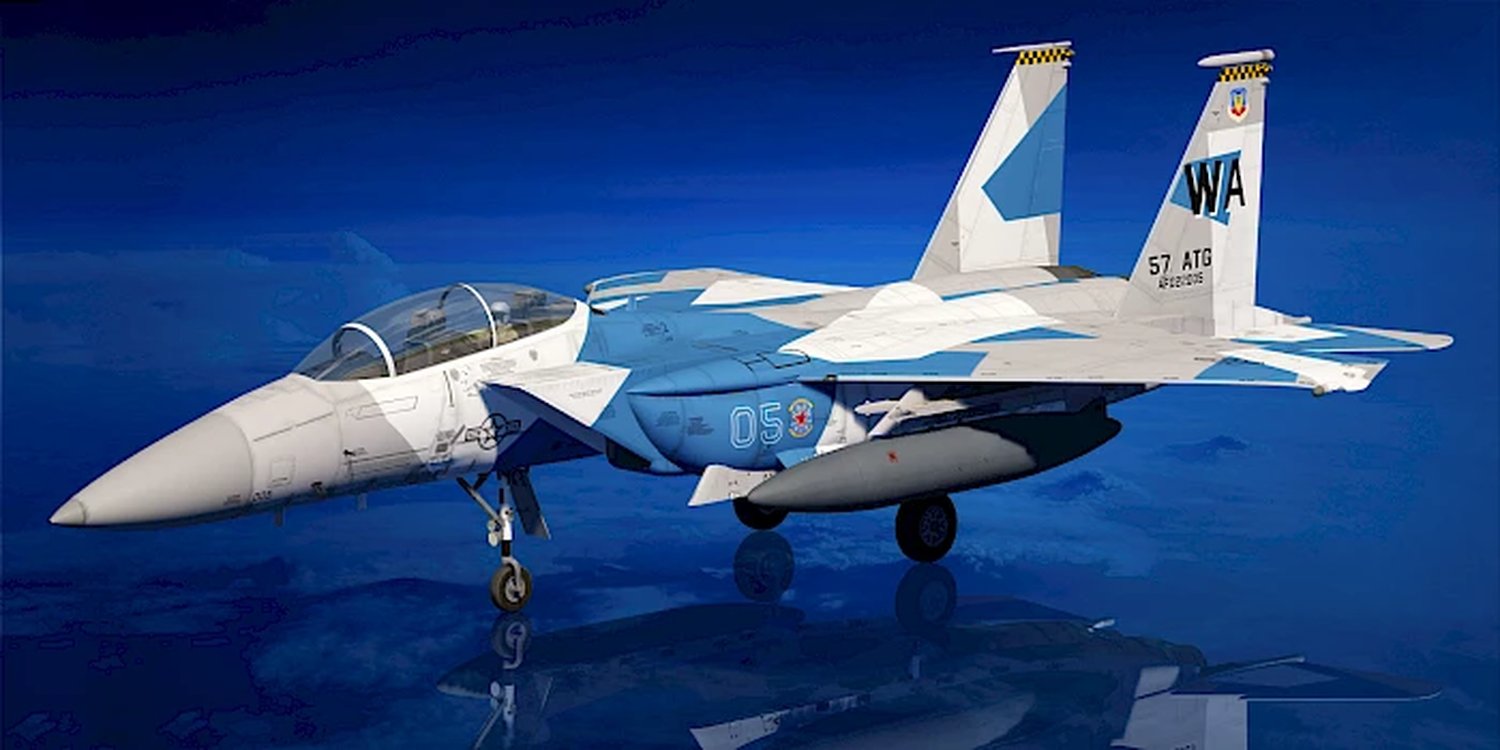 local_airportMcDonnell Douglas F-15 Eagle
precision_manufacturingMcDonnell Douglas
tagJet
tagMilitary
tagBomber
local_airportMcDonnell Douglas F-15 Eagle
precision_manufacturingMcDonnell Douglas
tagJet
tagMilitary
tagBomber
local_airportMcDonnell Douglas F-4 Phantom II
precision_manufacturingMcDonnell Douglas
tagJet
tagMilitary
tagBomber
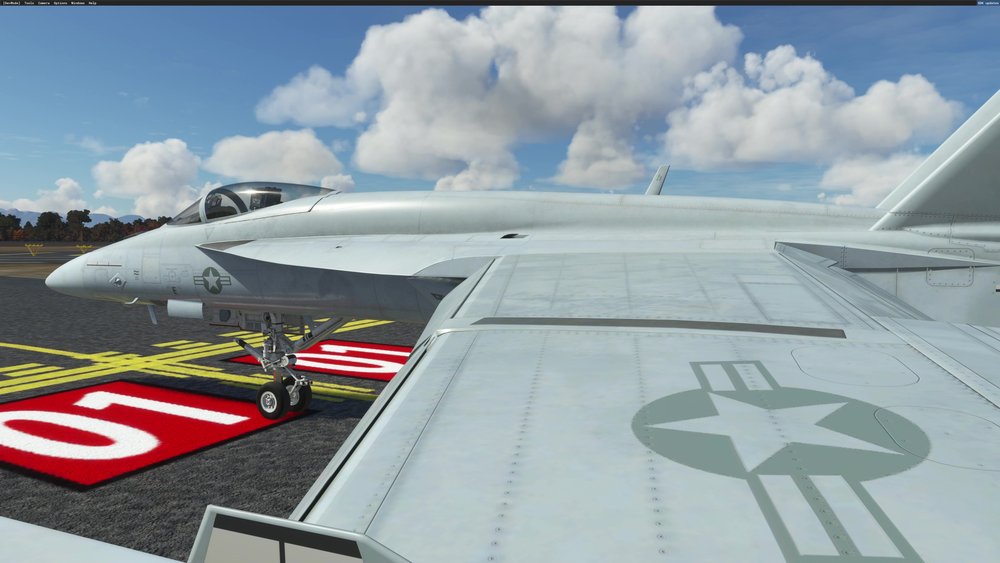 local_airportMcDonnell Douglas F/A-18 Hornet
local_airportMcDonnell Douglas F/A-18 HornetThe Hornet was conceived from the word go as a dual-role aircraft, hence the designation F/A-18, which means Fighter-Attack. It was meant to supplement the role of the F-14 Tomcat, providing shorter range Air defense and to totally replace the A-7 Corsair and A-6 Intruder.
precision_manufacturingMcDonnell Douglas
tagJet
tagMilitary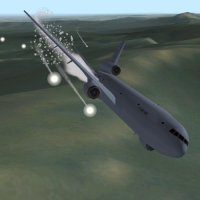 local_airportMcDonnell Douglas KC-10 Extender
precision_manufacturingMcDonnell Douglas
tagJet
tagMilitary
local_airportMcDonnell Douglas KC-10 Extender
precision_manufacturingMcDonnell Douglas
tagJet
tagMilitary
local_airportMcDonnell Douglas T-45 Goshawk
precision_manufacturingMcDonnell Douglas
tagJet
tagMilitary
tagCarrier
local_airportMesserschmidt Me-163 Komet
precision_manufacturingMesserschmidt
tagJet
tagMilitary
tagBomber
local_airportMesserschmidt Me-209
precision_manufacturingMesserschmidt
tagProp
tagMilitary
tagBomber
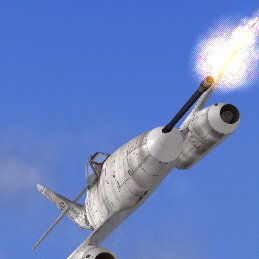 local_airportMesserschmidt Me-262 Schwalbe
precision_manufacturingMesserschmidt
tagJet
tagMilitary
tagBomber
local_airportMesserschmidt Me-262 Schwalbe
precision_manufacturingMesserschmidt
tagJet
tagMilitary
tagBomber
local_airportMesserschmidt Me-263
Rocket-powered fighter aircraft developed from the Me 163 Komet towards the end of World War II. Three prototypes were built but never flown under their own power as the rapidly deteriorating military situation in Germany prevented the completion of the test program. Wikipedia
precision_manufacturingMesserschmidt
tagJet
tagMilitary
tagFighter
local_airportMesserschmidt Me-323 Gigant
The Messerschmitt Me 323 Gigant was a German military transport aircraft of World War II. It was a powered variant of the Me 321 military glider and was the largest land-based transport aircraft to fly during the war. In total, 213 were made, with 15 being converted from the Me 321. Wikipedia
precision_manufacturingMesserschmidt
tagProp
tagMilitary
tagUtility local_airportMiGMan’s Flight Sim Museum Drone
local_airportMiGMan’s Flight Sim Museum DroneThe MiG-Drone is powered by a Stark Industries Arc Reactor, enabling high speeds and long loiter time. It can also be programmed to follow my aircraft and take "Chase Plane" footage.
precision_manufacturingMiGMan’s Flight Sim Museum
tagJet
tagMiGForce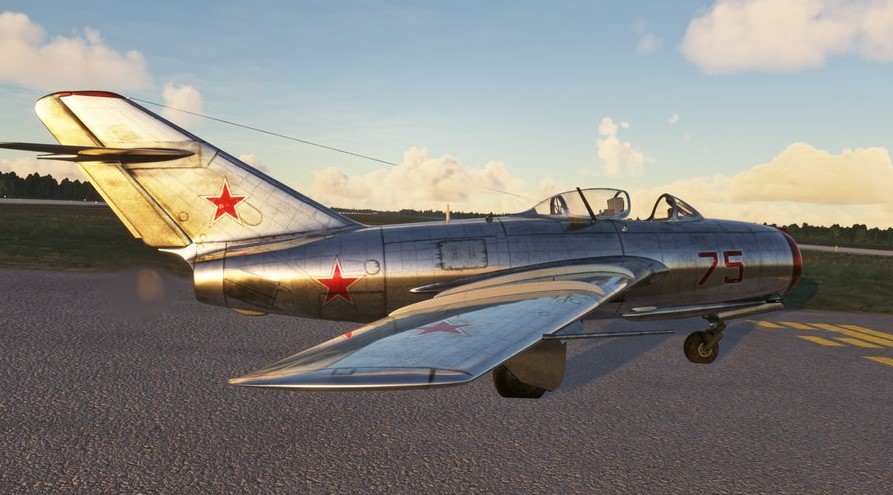 local_airportMikoyan Gurevich MiG-15 Fagot
local_airportMikoyan Gurevich MiG-15 FagotThe MiG-15 out-turned, out-climbed and had a higher service ceiling than the North American F-86K Sabre. Also - the original NATO reporting name was "Falcon" - it would be interesting to get the story behind changing the name from that of a 'Bird of Prey' to a 'block of wood'!
precision_manufacturingMikoyan Gurevich
tagJet
tagMilitary
local_airportMikoyan Gurevich MiG-17 Fresco
precision_manufacturingMikoyan Gurevich
tagJet
tagMilitary
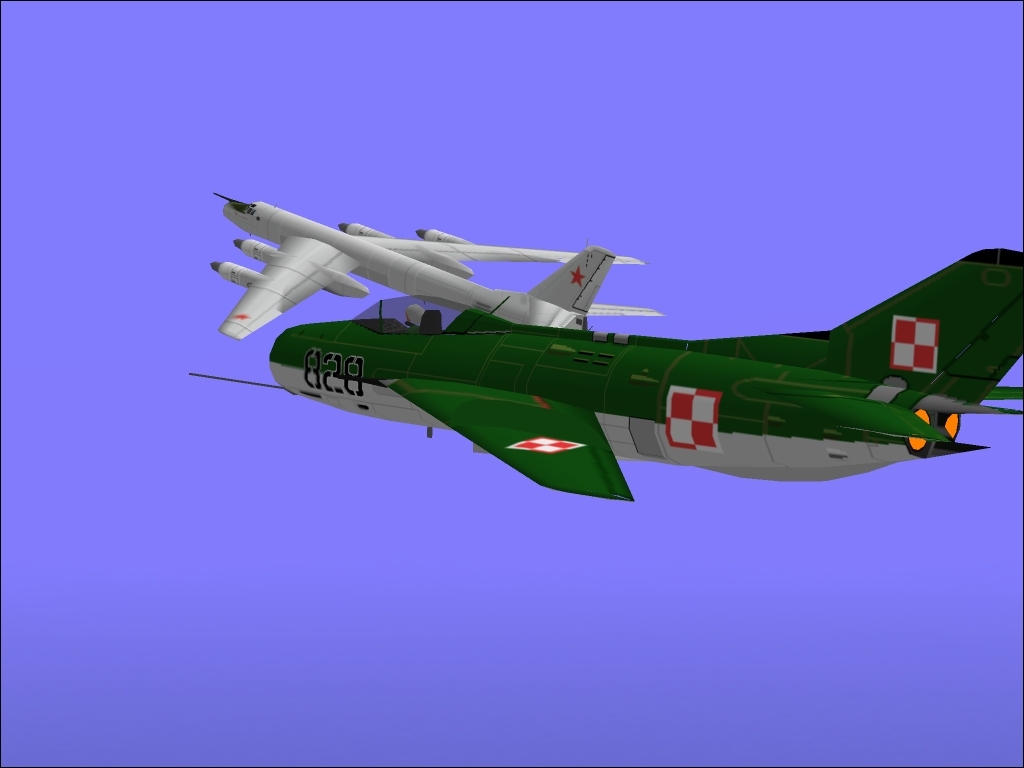 local_airportMikoyan Gurevich MiG-19 Farmer
local_airportMikoyan Gurevich MiG-19 FarmerAs Russia's first supersonic fighter, the twin-engined MiG-19 was a truly formidable aircraft for its day.
precision_manufacturingMikoyan Gurevich
tagJet
tagMilitary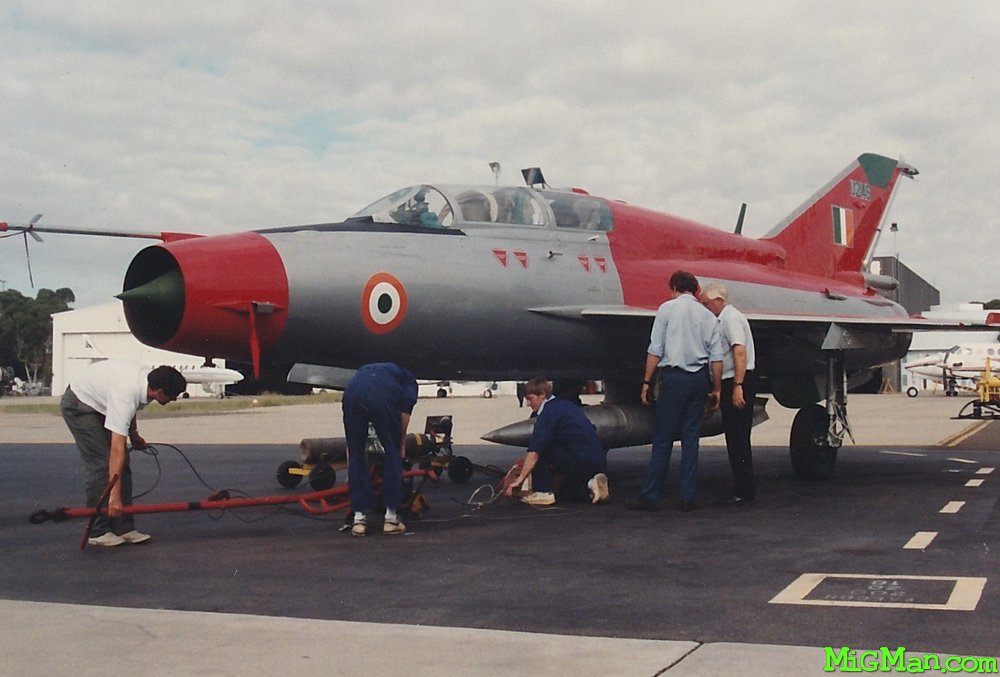 local_airportMikoyan Gurevich MiG-21 Fishbed
precision_manufacturingMikoyan Gurevich
tagJet
tagMilitary
local_airportMikoyan Gurevich MiG-21 Fishbed
precision_manufacturingMikoyan Gurevich
tagJet
tagMilitary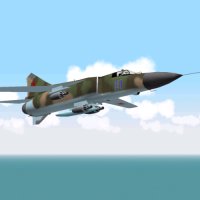 local_airportMikoyan Gurevich MiG-23 Flogger
precision_manufacturingMikoyan Gurevich
tagJet
tagMilitary
local_airportMikoyan Gurevich MiG-23 Flogger
precision_manufacturingMikoyan Gurevich
tagJet
tagMilitary
local_airportMikoyan Gurevich MiG-25 Foxbat
precision_manufacturingMikoyan Gurevich
tagJet
tagMilitary
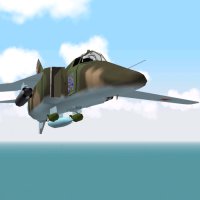 local_airportMikoyan Gurevich MiG-27 Flogger-D
precision_manufacturingMikoyan Gurevich
tagJet
tagMilitary
local_airportMikoyan Gurevich MiG-27 Flogger-D
precision_manufacturingMikoyan Gurevich
tagJet
tagMilitary
local_airportMikoyan Gurevich MiG-28 (From the Top Gun movie)
precision_manufacturingMikoyan Gurevich
tagJet
tagMilitary
tagBomber
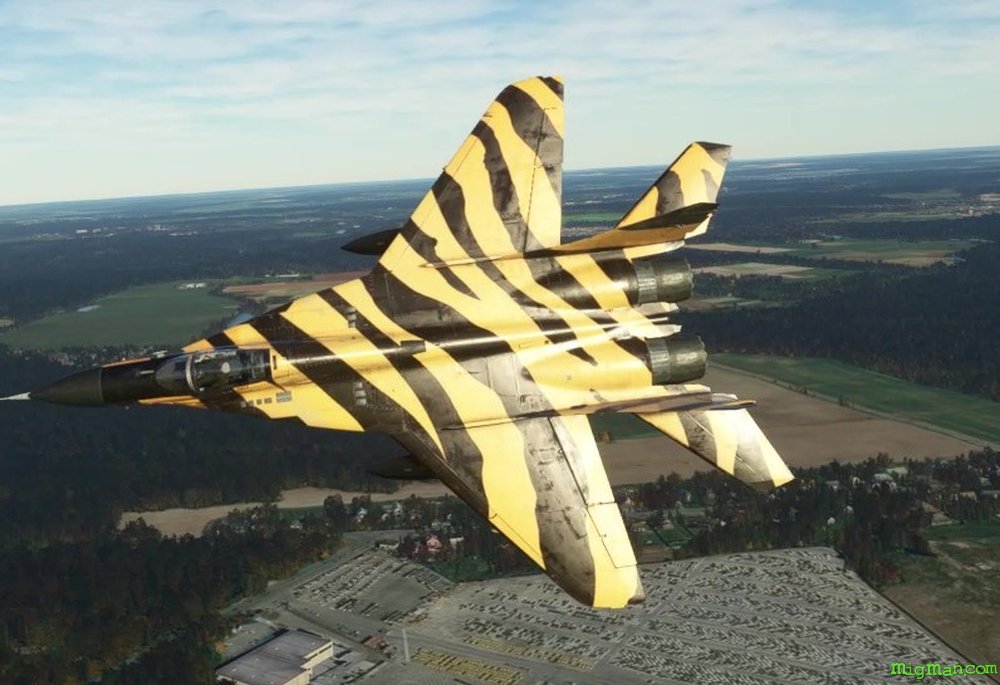 local_airportMikoyan Gurevich MiG-29 Fulcrum
local_airportMikoyan Gurevich MiG-29 FulcrumThe "Soviet Super Fighter" is what we called it in the 1980's.
precision_manufacturingMikoyan Gurevich
tagJet
tagMilitary
tagMiGForce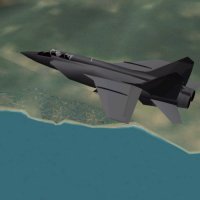 local_airportMikoyan Gurevich MiG-31 Foxhound
precision_manufacturingMikoyan Gurevich
tagJet
tagMilitary
local_airportMikoyan Gurevich MiG-31 Foxhound
precision_manufacturingMikoyan Gurevich
tagJet
tagMilitary
local_airportMil Mi-26 Izdeliye 90
Largest helicopter to have gone into serial production. Wikipedia
precision_manufacturingMil
tagRotary Wing
tagMilitary
tagCivil
local_airportMitsubishi F-1
Japanese swept-wing, single-seat, twin-engine supersonic strike aircraft that was in service with the Japan Air Self-Defense Force from 1978 to 2006. It was Japan's first domestically designed and built supersonic combat aircraft, jointly developed by Mitsubishi Heavy Industries. Wikipedia
precision_manufacturingMitsubishi
tagJet
tagMilitary
tagBomber
local_airportMitsubishi FS-X
Japan's FS-X (Fighter Support-Experimental) program
precision_manufacturingMitsubishi
 local_airportMitsubishi G4M Betty
local_airportMitsubishi G4M BettyJapanese Navy's primary land-based bomber. Wikipedia
precision_manufacturingMitsubishi
tagProp
tagMilitary
local_airportMitsubishi J2M Raiden
Lightning Bolt, Jack
precision_manufacturingMitsubishi
tagProp
tagMilitary
local_airportMitsubishi Ki-30 Ann
Japanese light bomber of World War II. It was a single-engine, mid-wing, cantilever monoplane of stressed-skin construction with a fixed tailwheel undercarriage and a long transparent cockpit canopy. Wikipedia
precision_manufacturingMitsubishi
tagProp
tagMilitary
local_airportMyasishev M-17
High altitude interceptor designed to counter the U-2.
precision_manufacturingMyasishev
tagJet
tagMilitary
local_airportNakajima Ki-43 Oscar
Hayabusa / Peregrine falcon | Single-engine land-based tactical fighter used by the Imperial Japanese Army Air Service in World War II. Often called the "Army Zero" by American pilots. Wikipedia
precision_manufacturingNakajima
tagProp
tagMilitary
local_airportNanchang AMC Q-5 Fantan
A-5 in its export versions, is a 1960s-design Chinese-built single-seat, twin jet engine... CAS... aircraft based on the Shenyang J-6. Wikipedia
precision_manufacturingNanchang AMC
tagJet
tagMilitary
tagBomber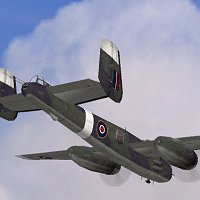 local_airportNorth American B-25 Mitchell
precision_manufacturingNorth American
tagProp
tagMilitary
tagBomber
local_airportNorth American B-25 Mitchell
precision_manufacturingNorth American
tagProp
tagMilitary
tagBomber
local_airportNorth American B-45 Tornado
The virtual cockpit is good and combined with the pop-up Altimeter - Airspeed and Rate of Climb panel makes it a good choice for visual flights.
precision_manufacturingNorth American
tagJet
tagMilitary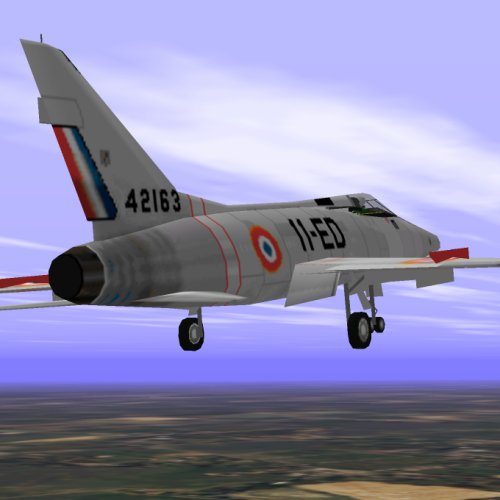 local_airportNorth American F-100 Super Sabre
local_airportNorth American F-100 Super SabreThe successor to the F-86 Sabre, the F-100 was the first combat aircraft to break the sound barrier in level flight.
precision_manufacturingNorth American
tagJet
tagMilitary
tagBomber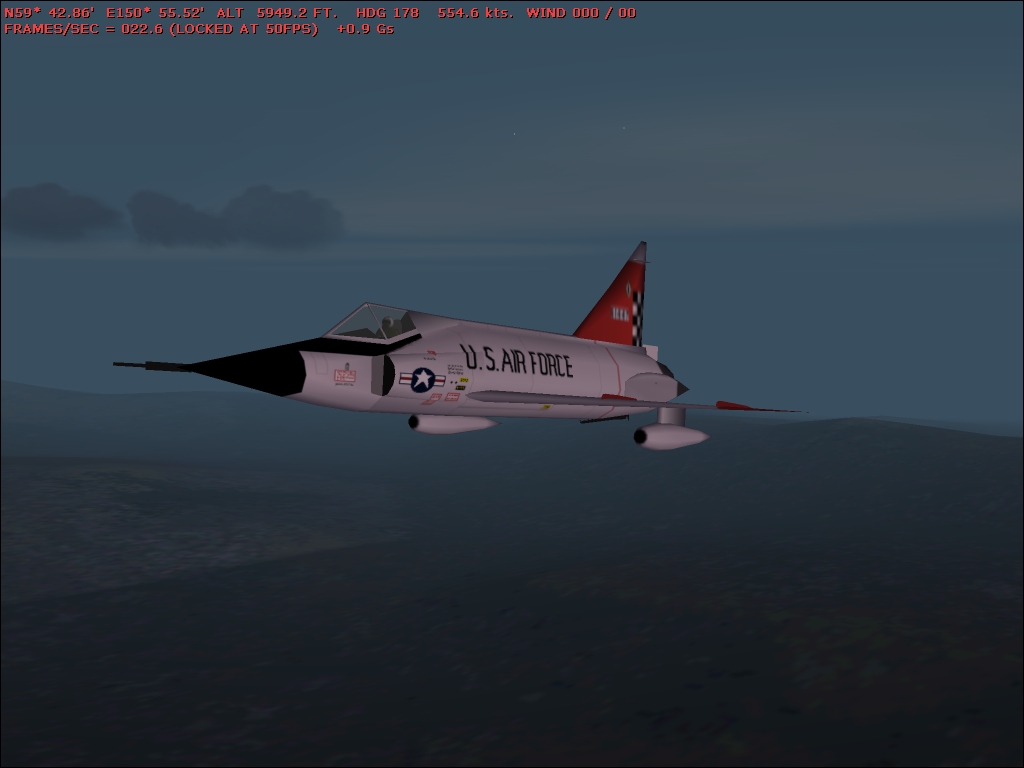 local_airportNorth American F-102 Delta Dagger
local_airportNorth American F-102 Delta DaggerThe '102 had a dual-stick control system where the pilot controled the radar with one hand and flew with the other. The Dagger was also unique for a fighter in that it carried missiles internally.
precision_manufacturingNorth American
tagJet
tagMilitary
tagBomber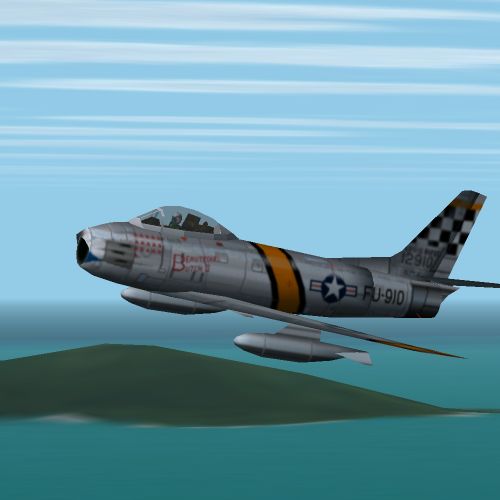 local_airportNorth American F-86 Sabre
local_airportNorth American F-86 SabreTotal production of the F-86 exceeded that of any fixed-wing fighter at a staggering 9,502.
precision_manufacturingNorth American
tagJet
tagMilitary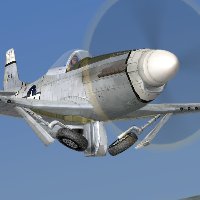 local_airportNorth American P-51 Mustang
local_airportNorth American P-51 MustangOne of the Allied fighters which helped turn the tide over Europe.
precision_manufacturingNorth American
tagProp
tagMilitary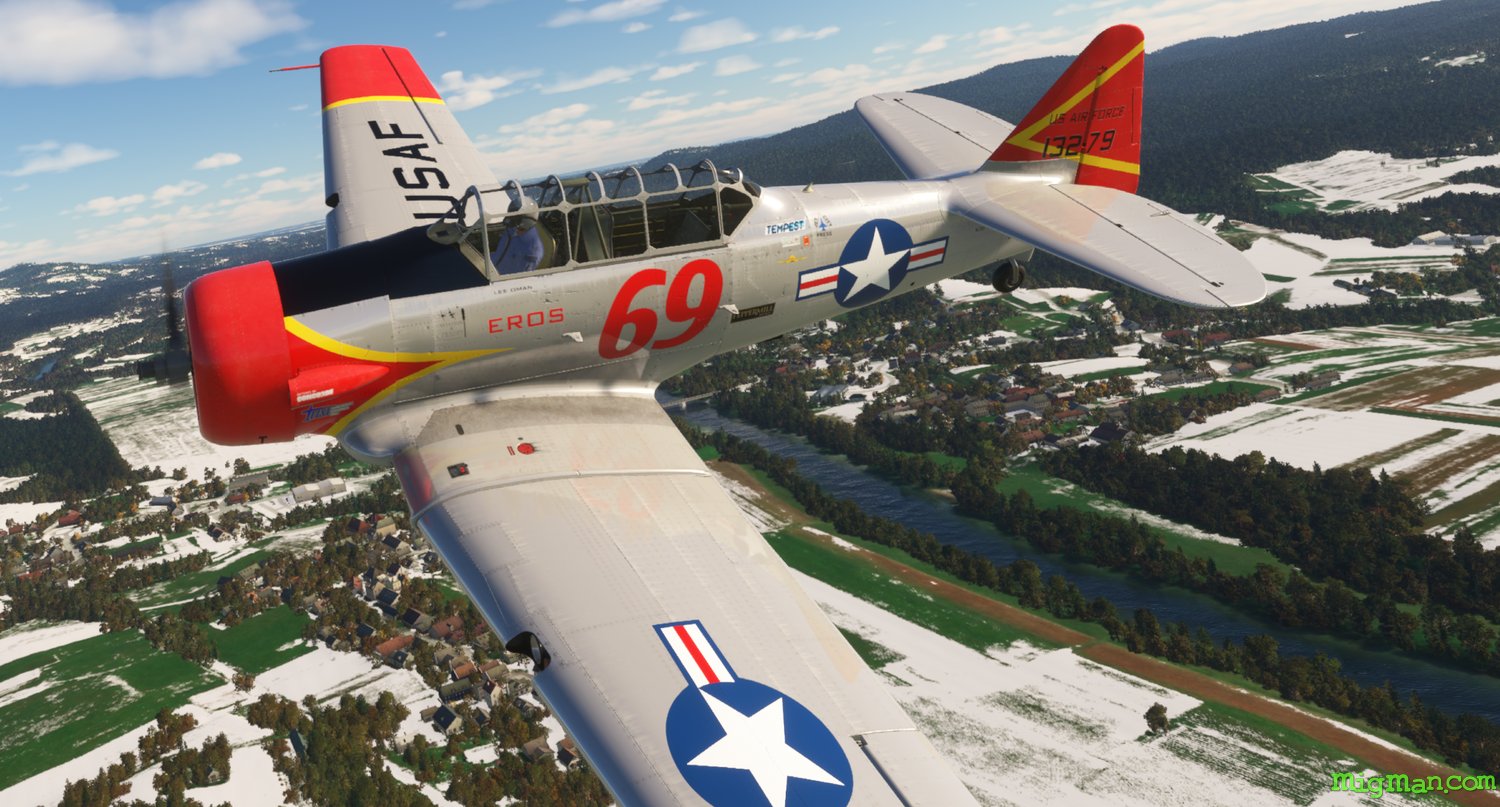 local_airportNorth American T-6 Texan
local_airportNorth American T-6 Texan"The North American Aviation T-6 Texan is an American single-engined advanced trainer aircraft used to train pilots of the United States Army Air Forces, United States Navy, Royal Air Force, Royal Canadian Air Force and other air forces of the British Commonwealth during World War II and into the 1970s. Wikipedia"
precision_manufacturingNorth American
tagProp
tagMilitary
tagMiGForce
local_airportNorthrop B-2 Spirit
Stealth bomber with a flying wing design.
precision_manufacturingNorthrop
tagJet
tagMilitary
local_airportNorthrop Grumman E-8 Joint STARS
precision_manufacturingNorthrop
precision_manufacturingGrumman
tagJet
tagMilitary
local_airportNorthrop RQ-4 Global Hawk
Northrop Grumman RQ-4 Global Hawk
precision_manufacturingNorthrop
local_airportNorthrop YF-23
"The Northrop/McDonnell Douglas YF-23 is an American single-seat, twin-engine, supersonic stealth fighter aircraft technology demonstrator designed for the United States Air Force. The design was a finalist in the USAF's Advanced Tactical Fighter competition, battling the Lockheed YF-22 for a production contract." - Wikipedia
precision_manufacturingNorthrop
tagJet
tagMilitary
local_airportPilatus PC-12
High-performance utility aircraft that incorporates a large aft cargo door in addition to the main passenger door. Wikipedia
precision_manufacturingPilatus
tagCivil
tagProp
tagUtility
local_airportPiper PA-28-161 Warrior / Cherokee / Dakota
precision_manufacturingPiper
tagProp
tagCivil
local_airportPiper PA-31 Navajo / Chieftain / Cheyenne
Twin-engined utility aircraft... for small cargo and feeder airlines and as a corporate aircraft. ...1967 to 1984. It was license-built in a number of Latin American countries. Wikipedia
precision_manufacturingPiper
tagProp
tagCivil
local_airportPiper PA-32R Saratoga
6 seat, high-performance, single engine, all-metal, fixed-wing aircraft produced by Piper Aircraft of Vero Beach, Florida. The design began life as the Piper Lance, a retractable-gear version of the Piper Cherokee Six. Later models became known by the designation Piper Saratoga. Wikipedia
precision_manufacturingPiper
tagProp
tagCivil
local_airportPiper PA-34 Seneca
6 seat, high-performance, single engine, all-metal, fixed-wing aircraft produced by Piper Aircraft of Vero Beach, Florida. The design began life as the Piper Lance, a retractable-gear version of the Piper Cherokee Six. Later models became known by the designation Piper Saratoga. Wikipedia
precision_manufacturingPiper
tagProp
tagCivil
local_airportPiper PA-44 Seminole
6 seat, high-performance, single engine, all-metal, fixed-wing aircraft produced by Piper Aircraft of Vero Beach, Florida. The design began life as the Piper Lance, a retractable-gear version of the Piper Cherokee Six. Later models became known by the designation Piper Saratoga. Wikipedia
precision_manufacturingPiper
tagProp
tagCivil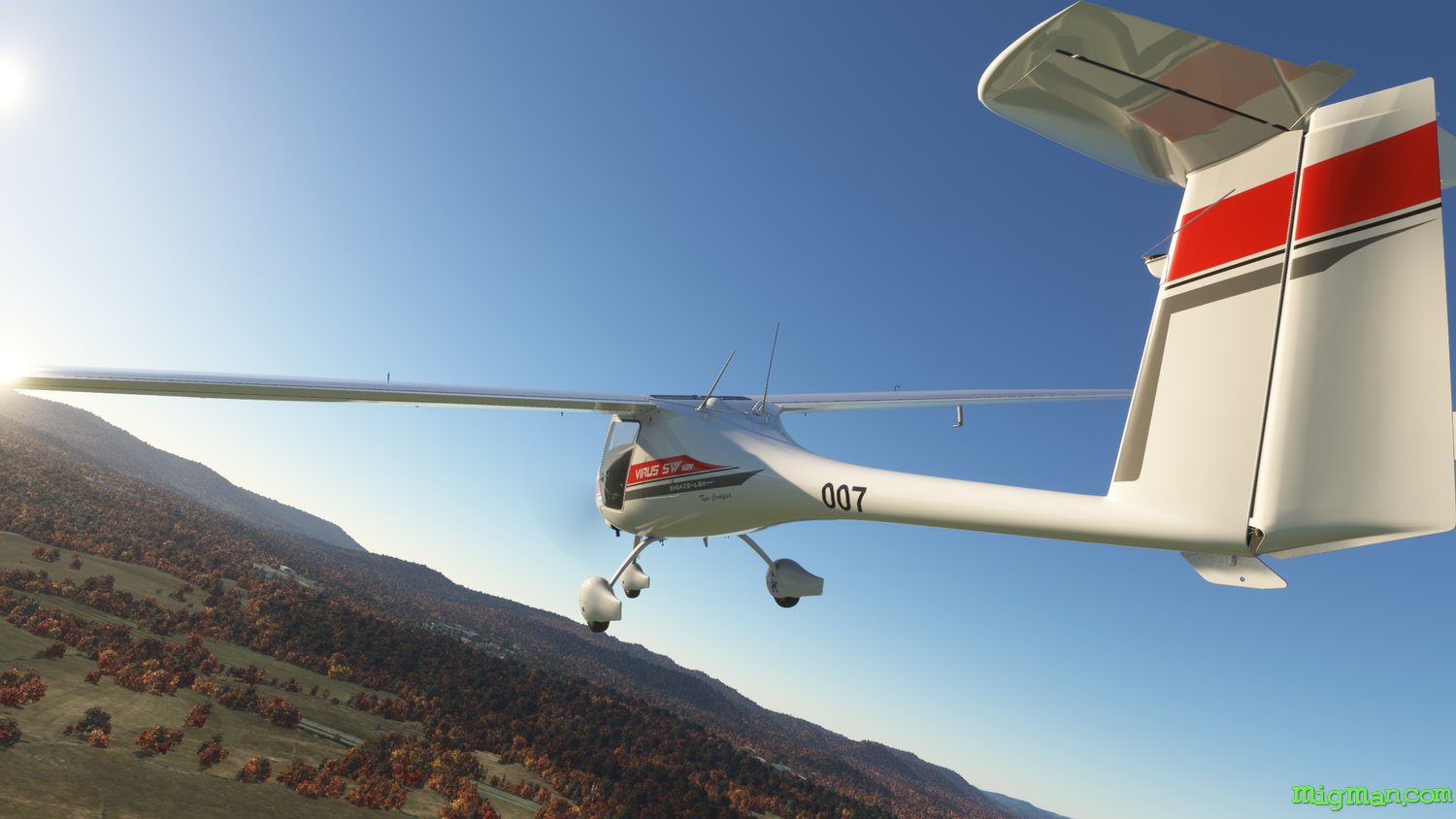 local_airportPipistrel Virus
local_airportPipistrel Virus"two-seat, single engine light aircraft, manufactured by Pipistrel in Slovenia and Italy, and sold as an ultralight, homebuilt kit, or light-sport aircraft." - Wiki
precision_manufacturingPipistrel
tagProp
tagCivil
local_airportRobin CAP 10
CAP for 'Constructions Aéronautiques Parisiennes' - Wiki
precision_manufacturingRobin
tagProp
tagCivil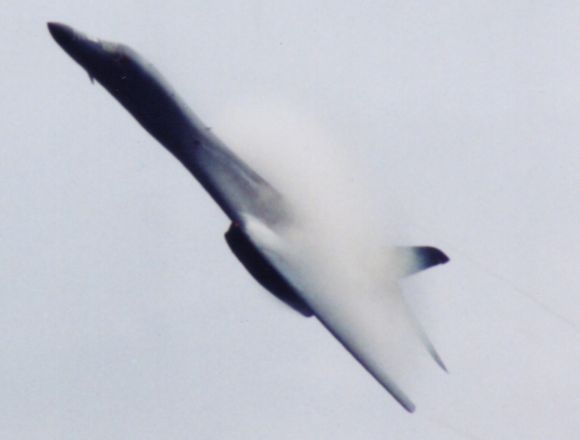 local_airportRockwell B-1 Lancer
local_airportRockwell B-1 LancerStealthy long range bomber.
precision_manufacturingRockwell
tagJet
tagMilitary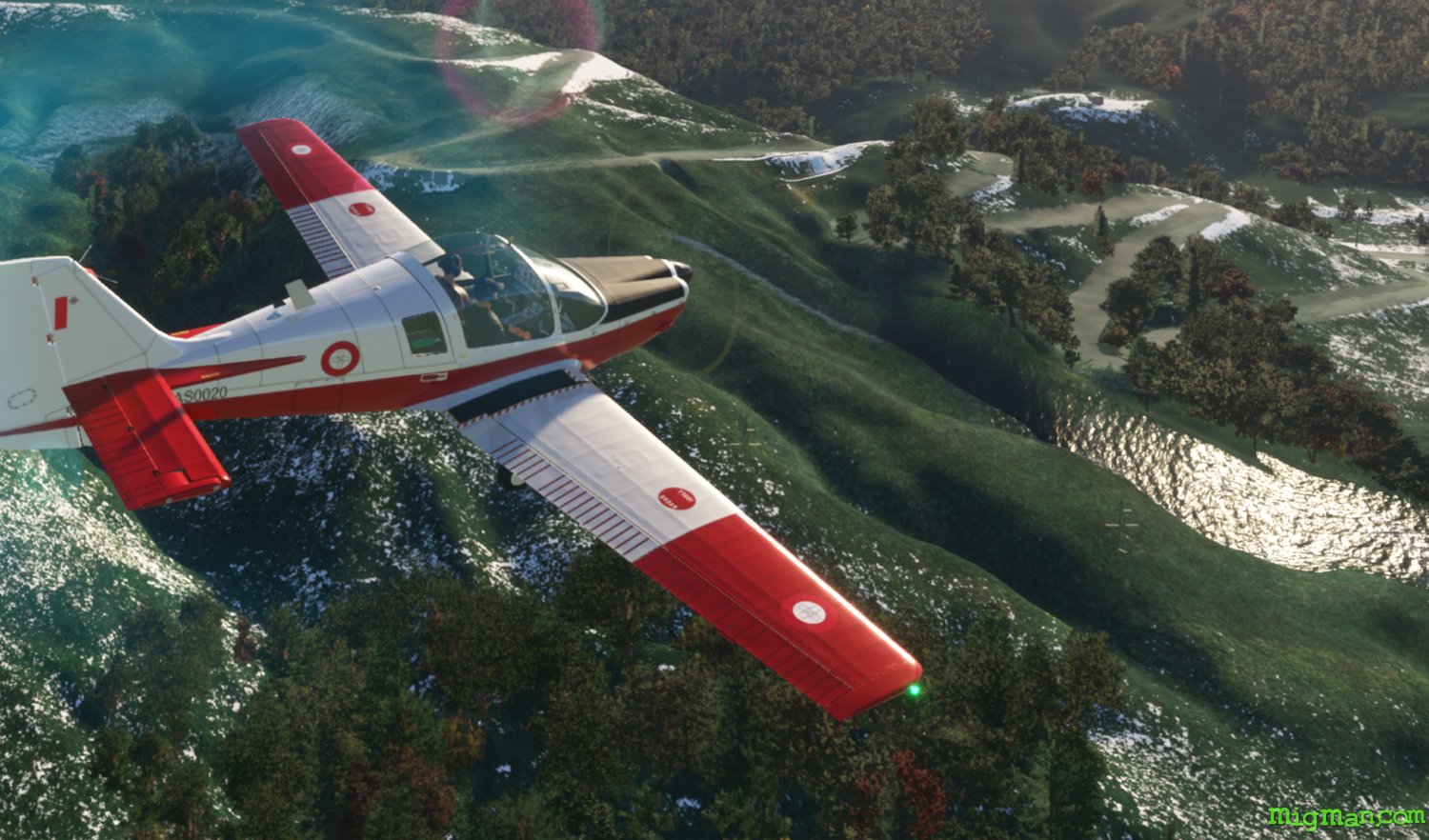 local_airportScottish Aviation B.125 Bulldog
precision_manufacturingScottish Aviation
tagProp
tagMilitary
tagMiGForce
local_airportScottish Aviation B.125 Bulldog
precision_manufacturingScottish Aviation
tagProp
tagMilitary
tagMiGForce
local_airportSikorsky CH-53 Super Stallion
precision_manufacturingSikorsky
tagRotary Wing
tagMilitary
local_airportStoddard-Hamilton Glasair
2 seat, high performance homebuilt aircraft designed and built by Stoddard-Hamilton Aircraft of Arlington, Washington as an addition to the Glasair range of aircraft for amateur construction. Wikipedia | Now manufactured by Glasair Aviation
precision_manufacturingStoddard-Hamilton
tagProp
tagCivil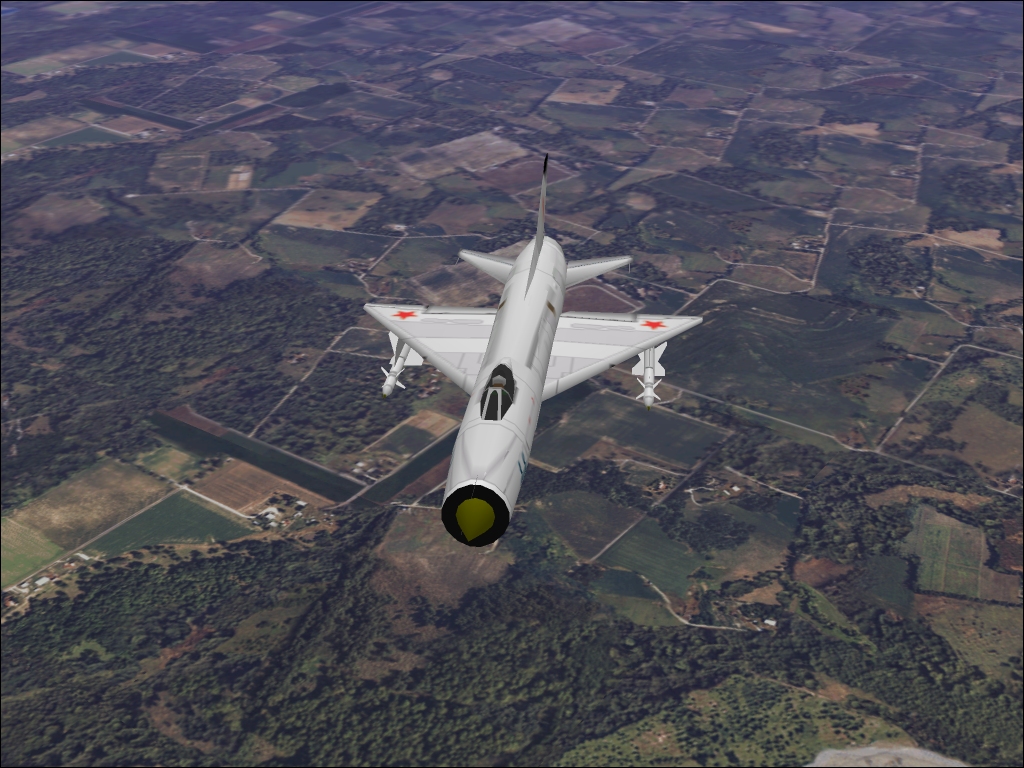 local_airportSukhoi Su-11 Fishpot
local_airportSukhoi Su-11 Fishpot"The Su-11 first went into service in 1968 as a replacement for the ageing Su-7 and Su-9 and benefited from its predecessors' extensive combat history in other Warsaw Pact countries. It was designed as an all-weather interceptor and had a phenomenal climb rate, with a service ceiling of 55,000 ft."
precision_manufacturingSukhoi
tagJet
tagMilitary
local_airportSukhoi Su-21 Flagon
Long range interceptor based on the Su-15 with a larger airframe and improved avionics.
precision_manufacturingSukhoi
tagJet
tagMilitary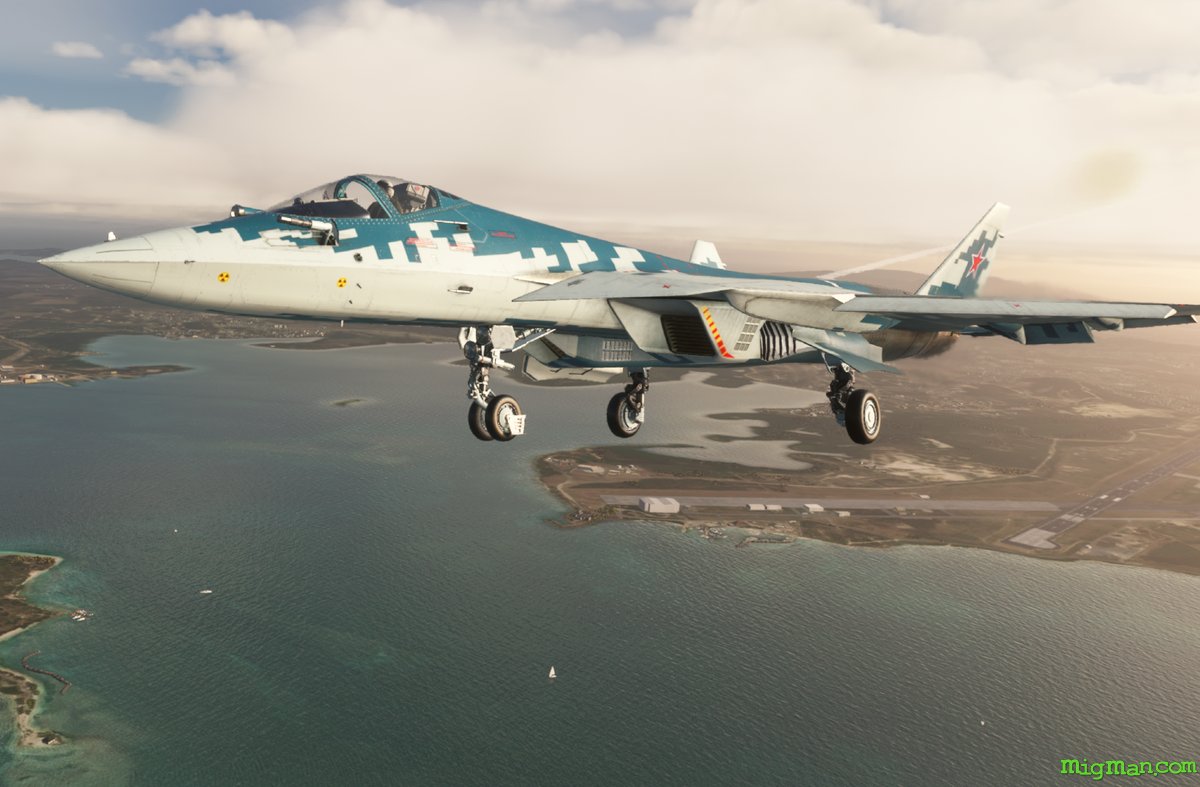 local_airportSukhoi Su-57 Felon
local_airportSukhoi Su-57 FelonEnjoying this and need to get more hours up. Probably the fastest in the fleet.
precision_manufacturingSukhoi
tagJet
tagMilitary
tagMiGForce
local_airportTransall C-160
Joint venture between France and Germany.
precision_manufacturingTransall
tagProp
tagMilitary
tagTransport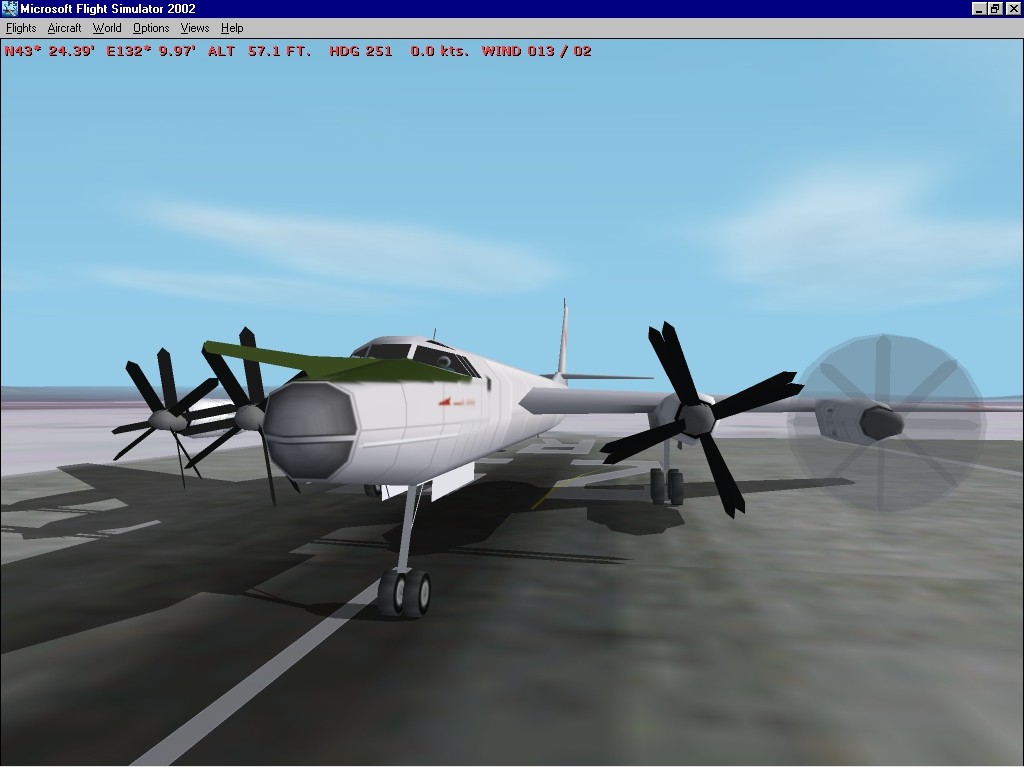 local_airportTupolev Tu-142 Bear
local_airportTupolev Tu-142 BearBeing the fastest prop aircraft in the world and having an extraordinarily long range makes the Tu-142 the ideal choice for a weekend away!
precision_manufacturingTupolev
tagJet
tagMilitary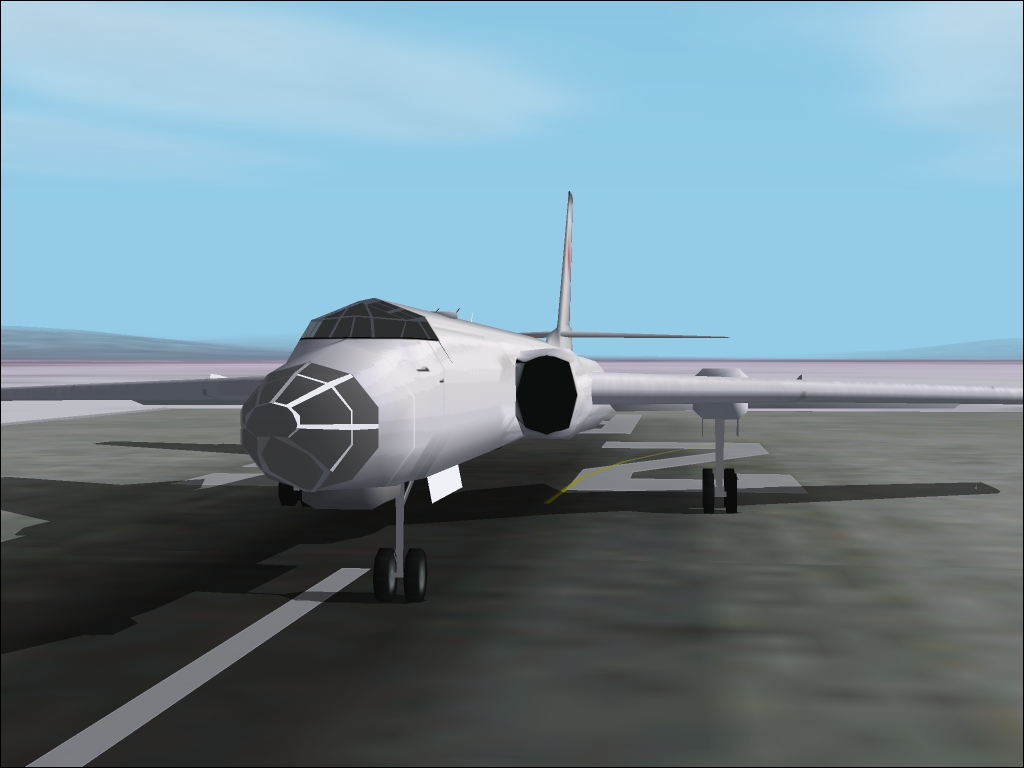 local_airportTupolev Tu-16 Badger
local_airportTupolev Tu-16 Badger"In 1952 the first Tu-16 ( NATO Reporting name 'Badger' ) flew and represented the new generation of Soviet bombers to be produced during the 1950s. Built in large numbers, some 2000 were made before production ended in 1960."
precision_manufacturingTupolev
tagJet
tagMilitary
local_airportTupolev Tu-26 Backfire
Development of the Tupolev Tu-22.
precision_manufacturingTupolev
tagJet
tagMilitary
tagBomber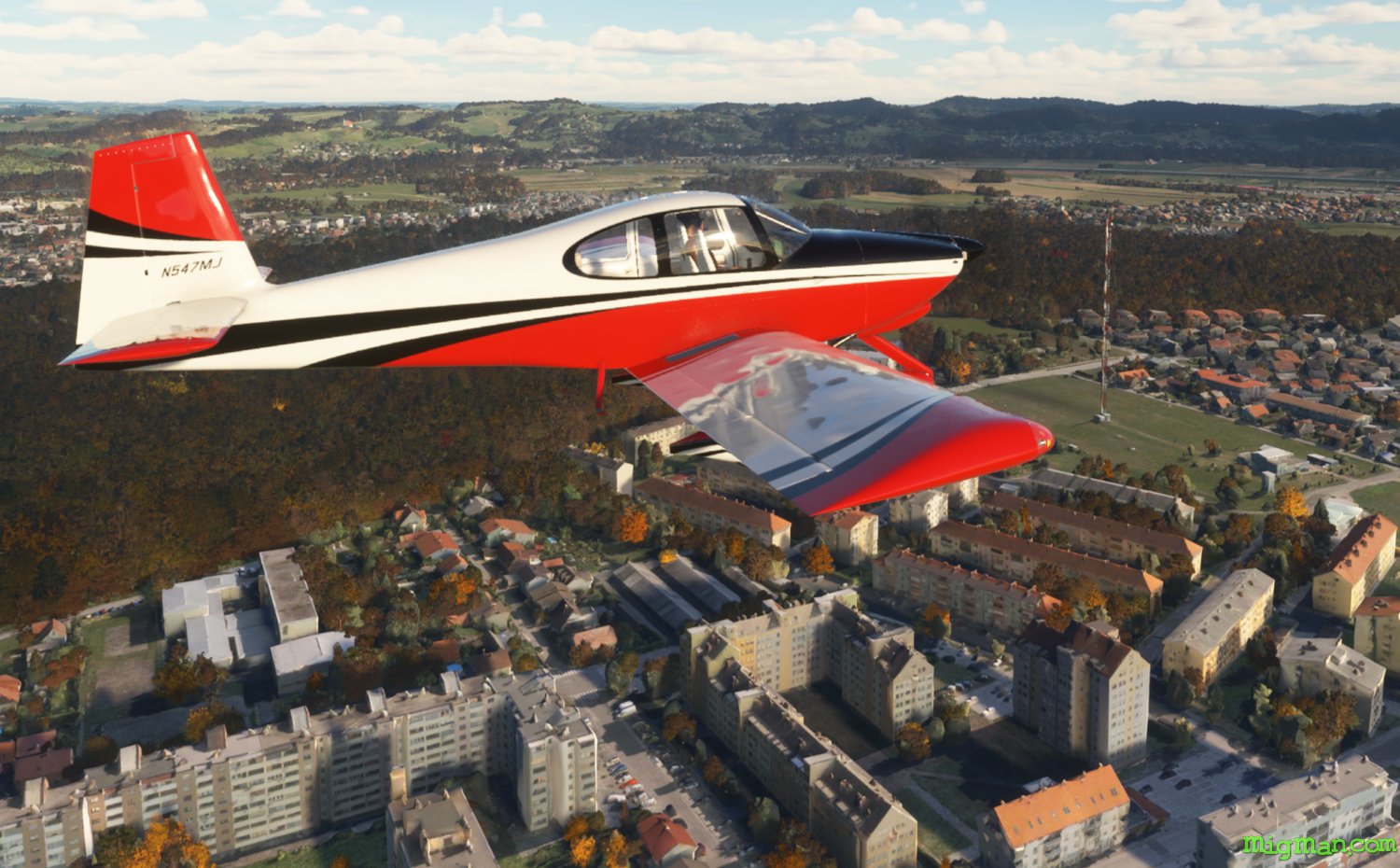 local_airportVan’s Aircraft RV-10
local_airportVan’s Aircraft RV-10"The RV-10 is a single-engine, low-wing, homebuilt kit monoplane by Van’s Aircraft of the United States. A four-seat version of their successful RV line, it took its maiden flight on May 29, 2003, and kit deliveries began in September of 2003. The design is popular as a touring aircraft, and over 1,000 have been built to date."
precision_manufacturingVan’s Aircraft
tagProp
tagCivil
tagMiGForce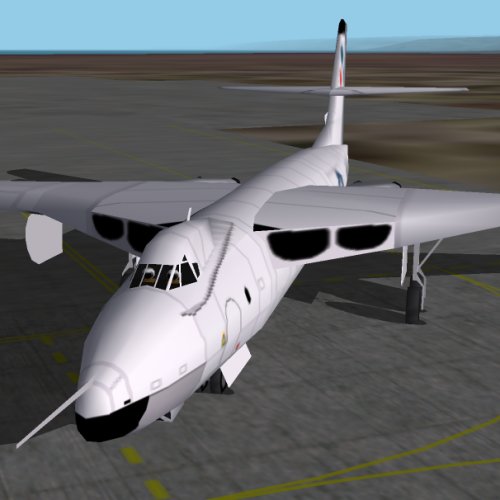 local_airportVickers Valiant
local_airportVickers ValiantThe Valiant dropped the atomic bomb over Maralinga, South Australia in 1956.
precision_manufacturingVickers
tagJet
tagMilitary
local_airportVolocopter Volocity
Electric commuter plane with VTOL capability.
precision_manufacturingVolocopter
tagRotary Wing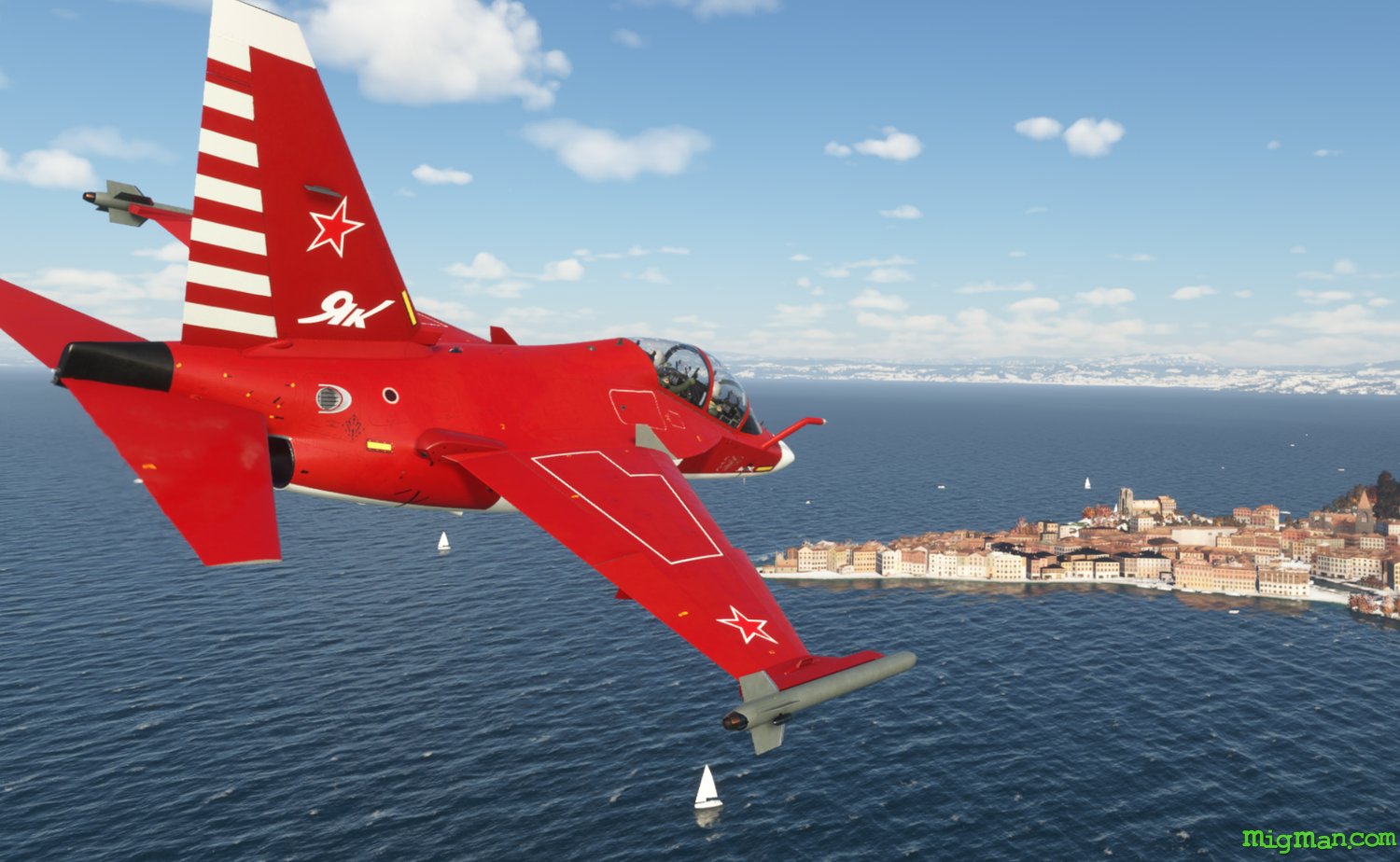 local_airportYaklovlev Yak-130
local_airportYaklovlev Yak-130M-346 in Yak-130 livery. The M-346 was a joint Russo-Euro project until about 2010. The delivered versions of both look very similar, so this is as close as we will get to flying the Yak for the moment.
precision_manufacturingYaklovlev
tagJet
tagMilitary
tagMiGForce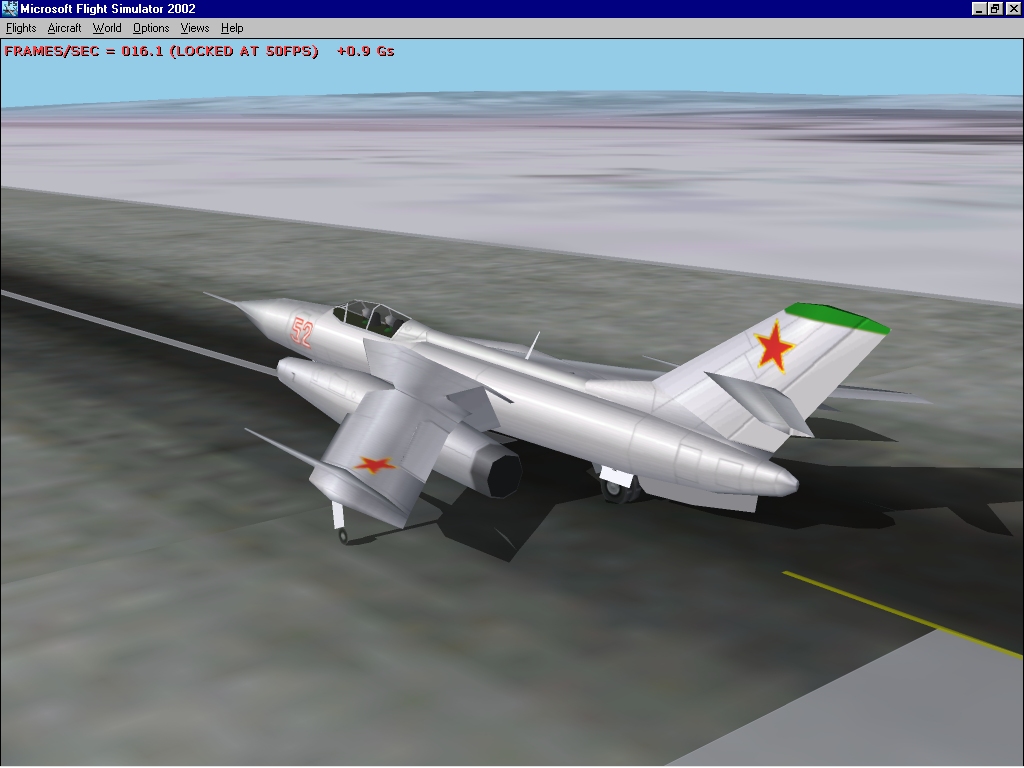 local_airportYaklovlev Yak-28 Firebar
local_airportYaklovlev Yak-28 FirebarQuite a handful around the circuit this one but heaps of power. The low- slung design reminds me of 1950's American autos.
precision_manufacturingYaklovlev
tagJet
tagMilitary
local_airportZenith Aircraft Company CH750 STOL
precision_manufacturingZenith Aircraft Company
tagProp
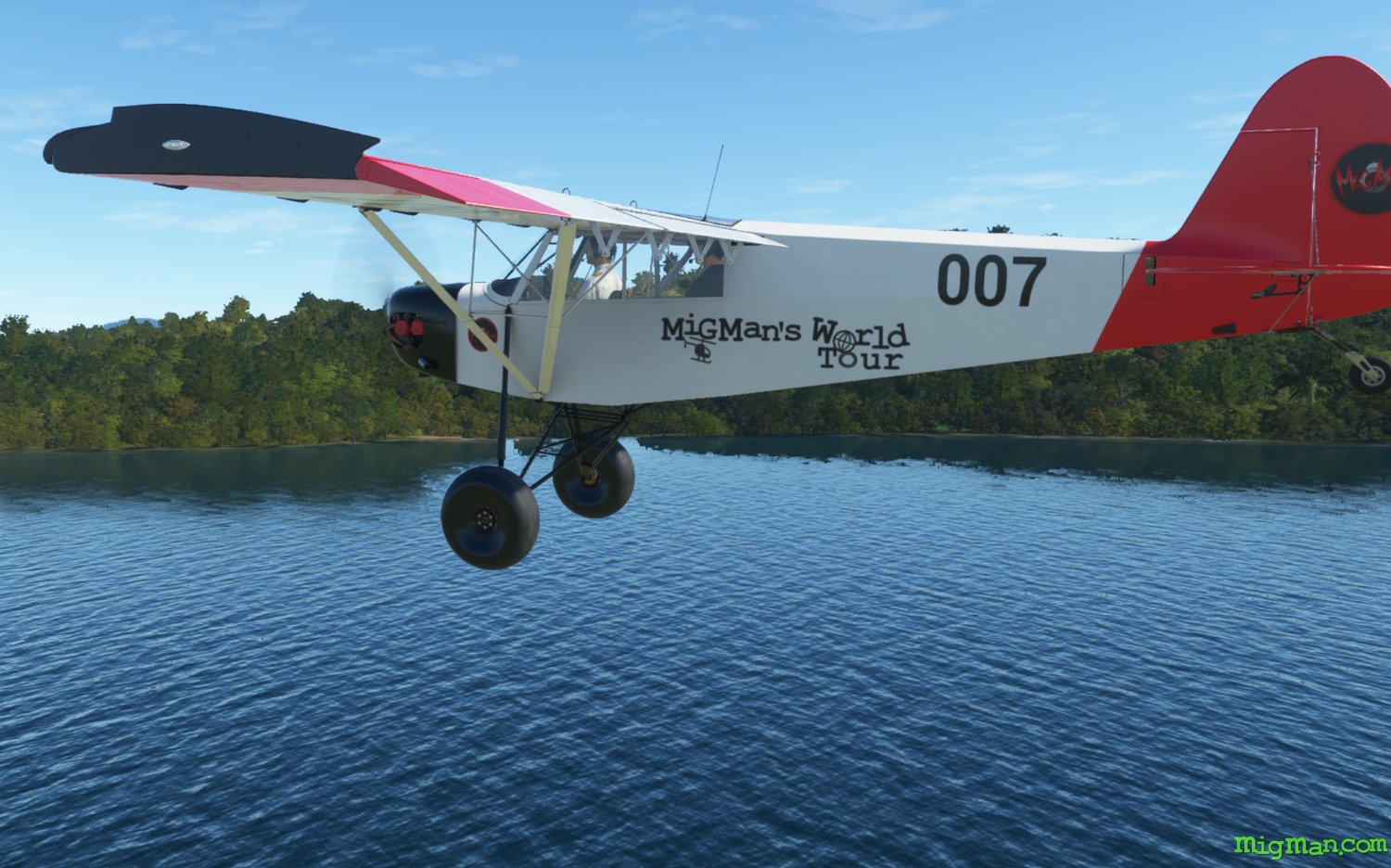 local_airportZlin Shock Ultra
local_airportZlin Shock UltraCruise ~ 80kts | Sightseeing. Excellent visibility. | VERY short take off and landing. Can operate on most terrain. | Evolution: Piper Cub > Zlin Shock Cub > Zlin Shock Ultra (ultralight) | Ac modelled phenomenonally well by Asobo. Livery by Donka.
precision_manufacturingZlin
tagProp
tagCivil
